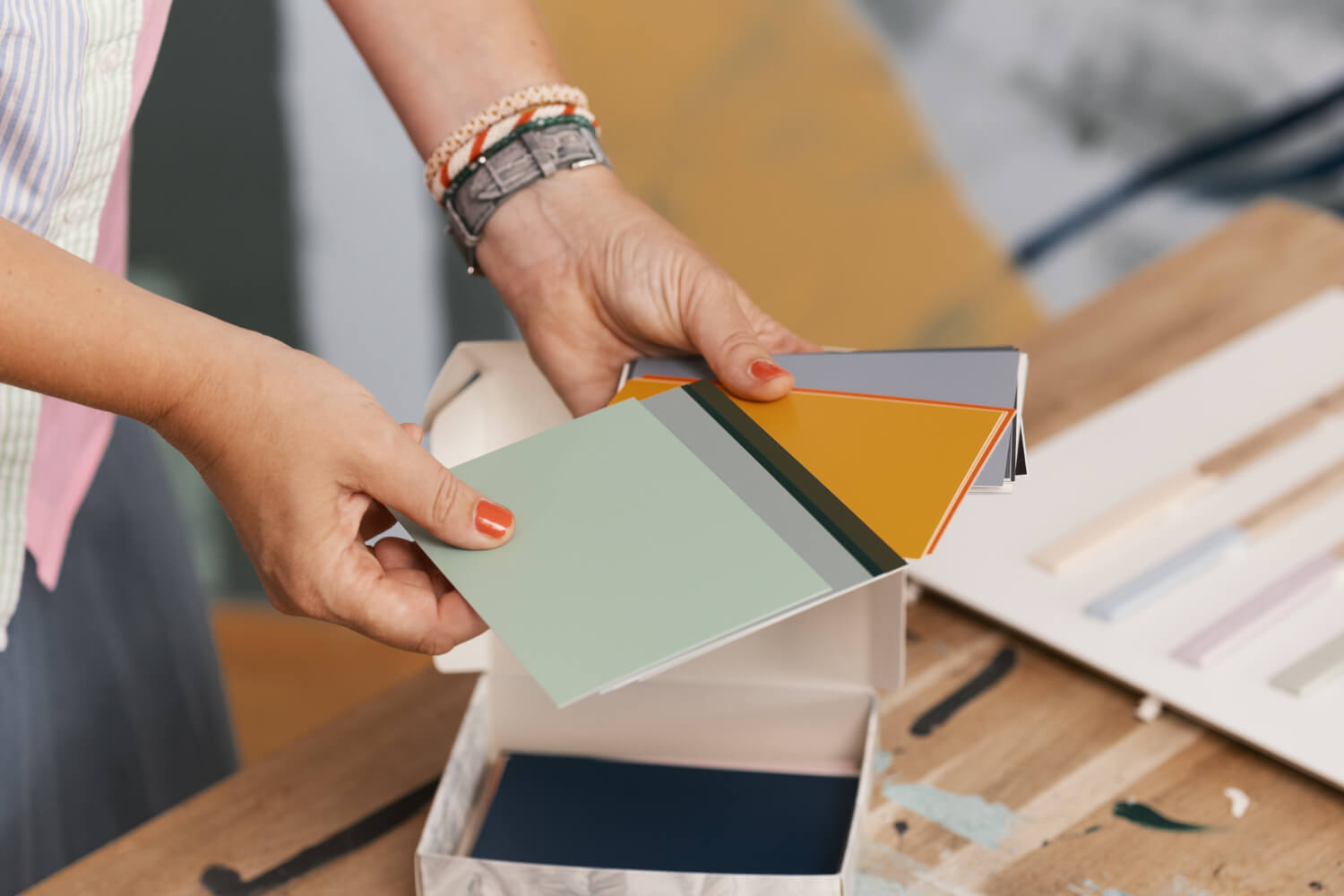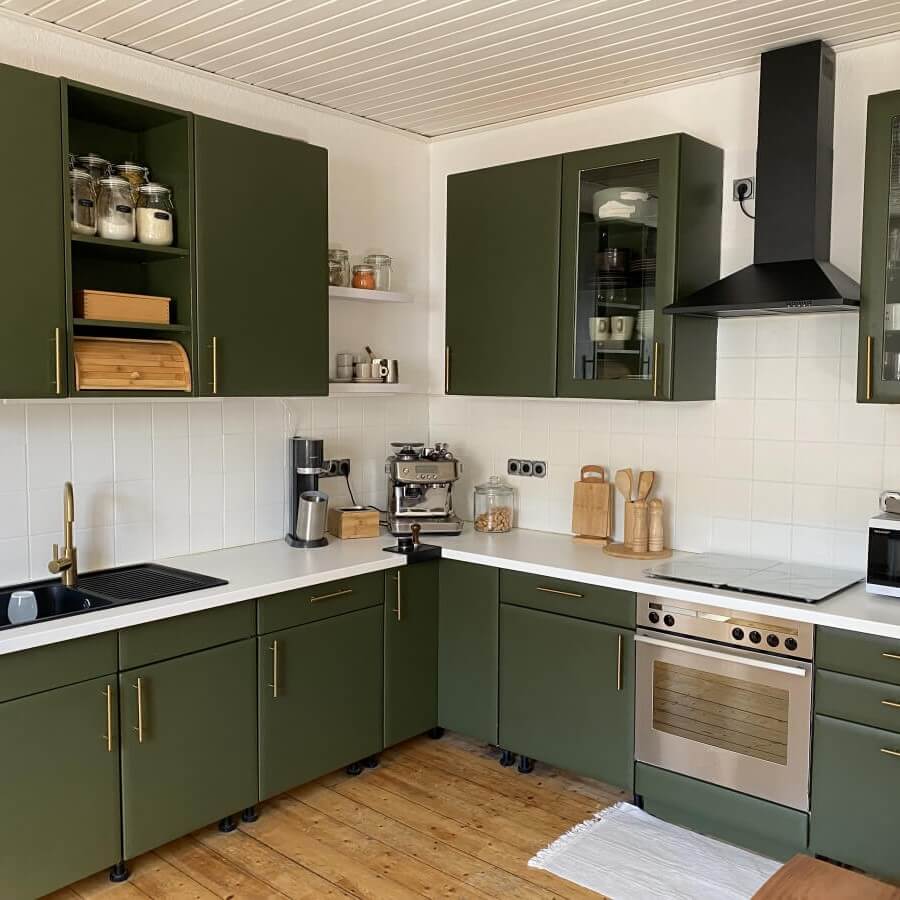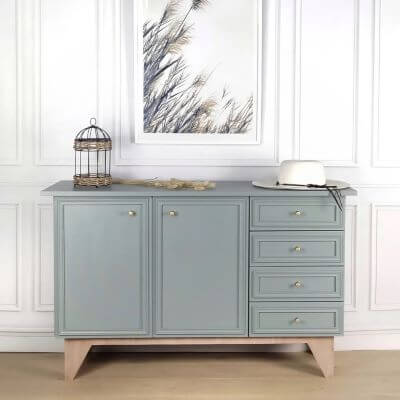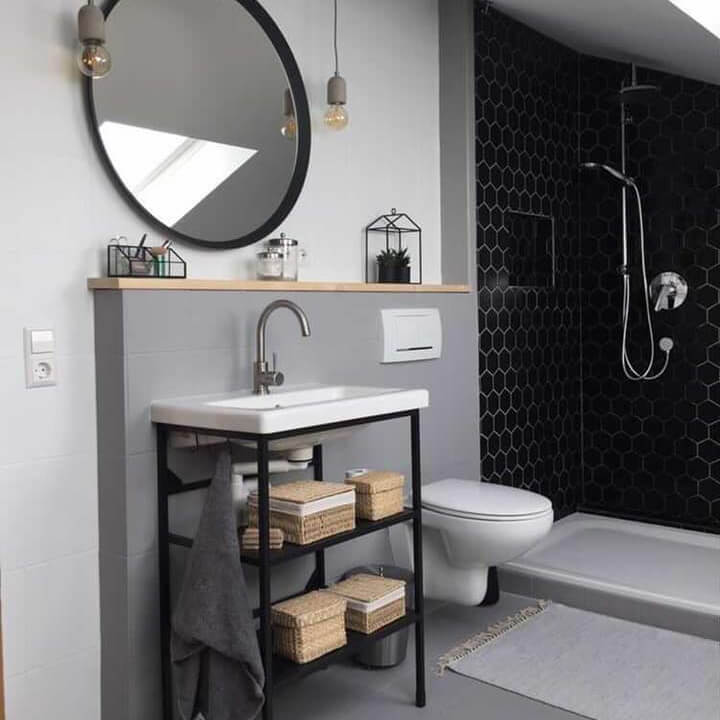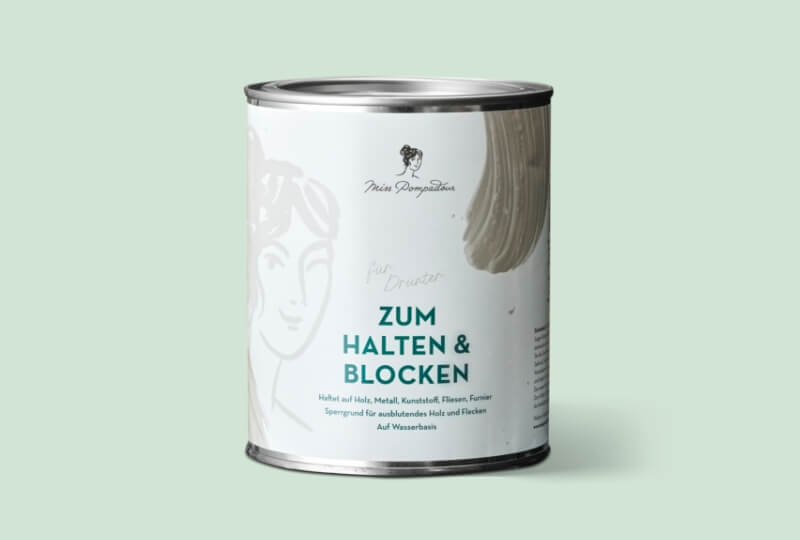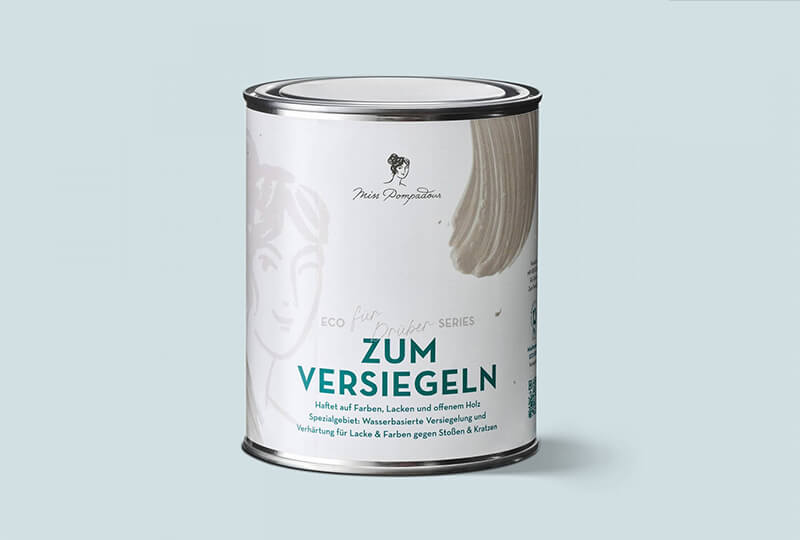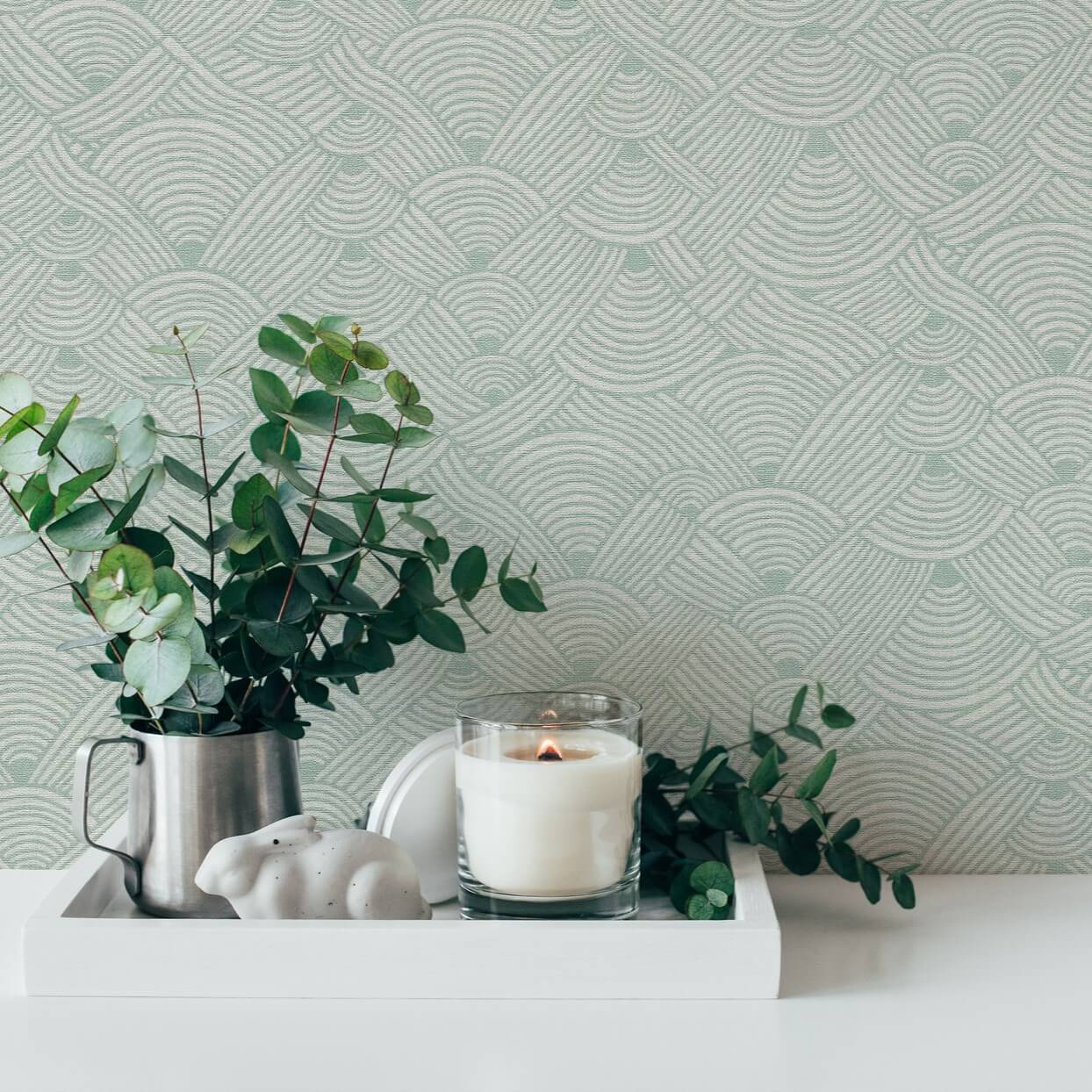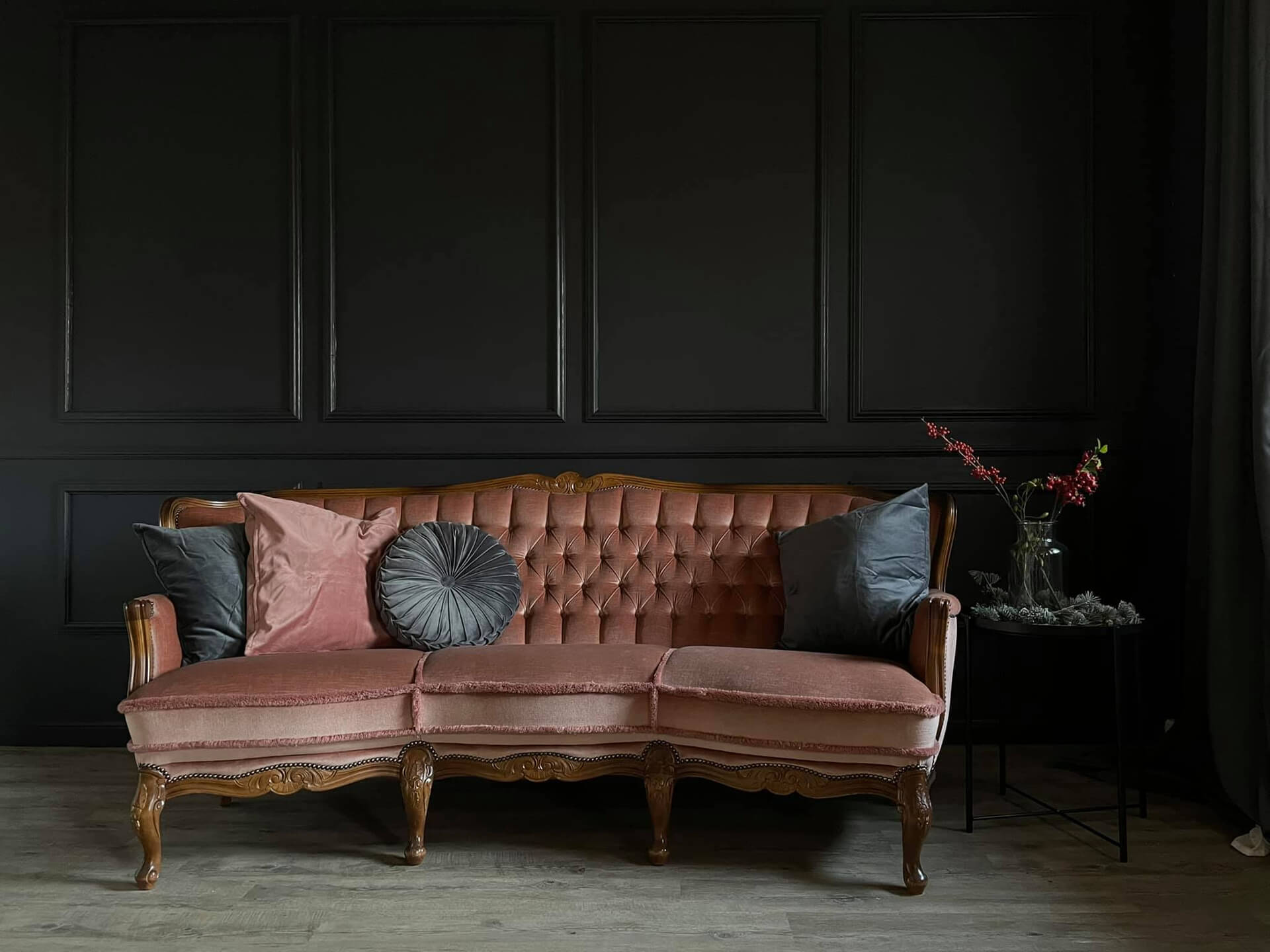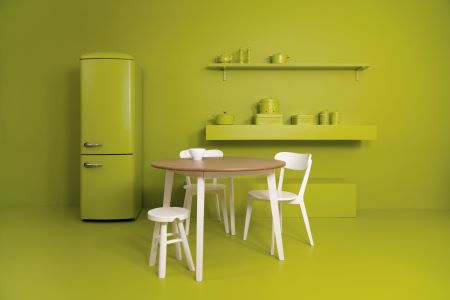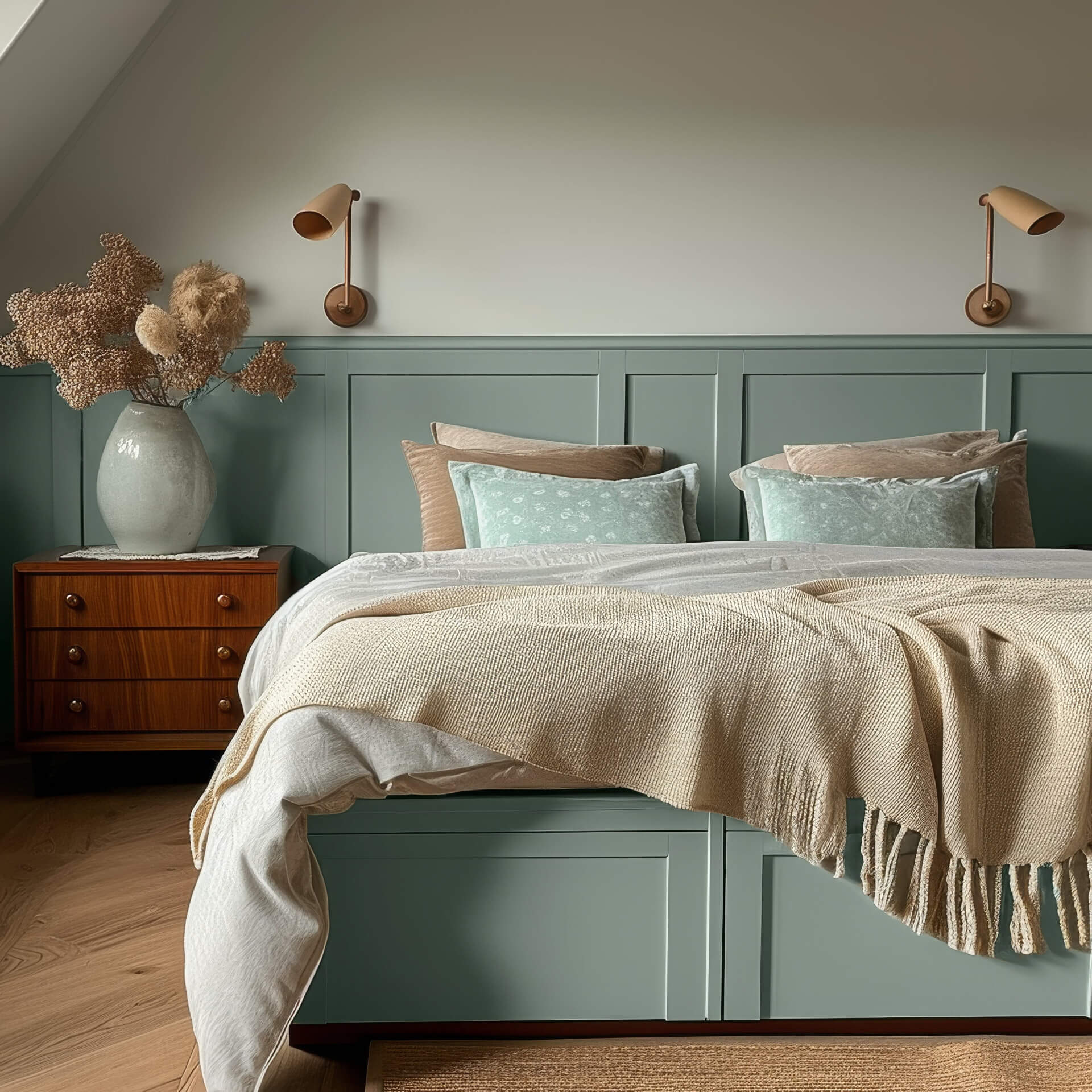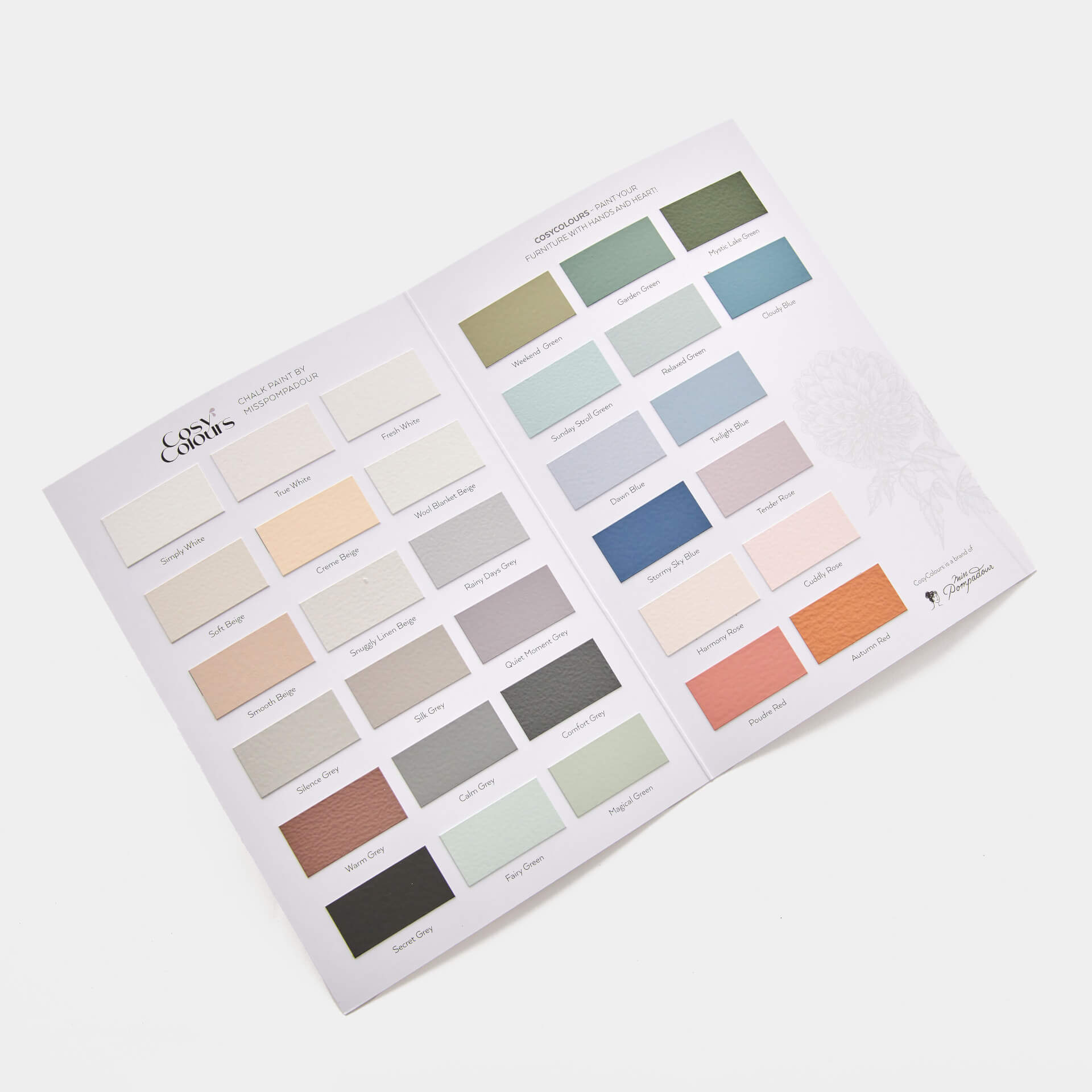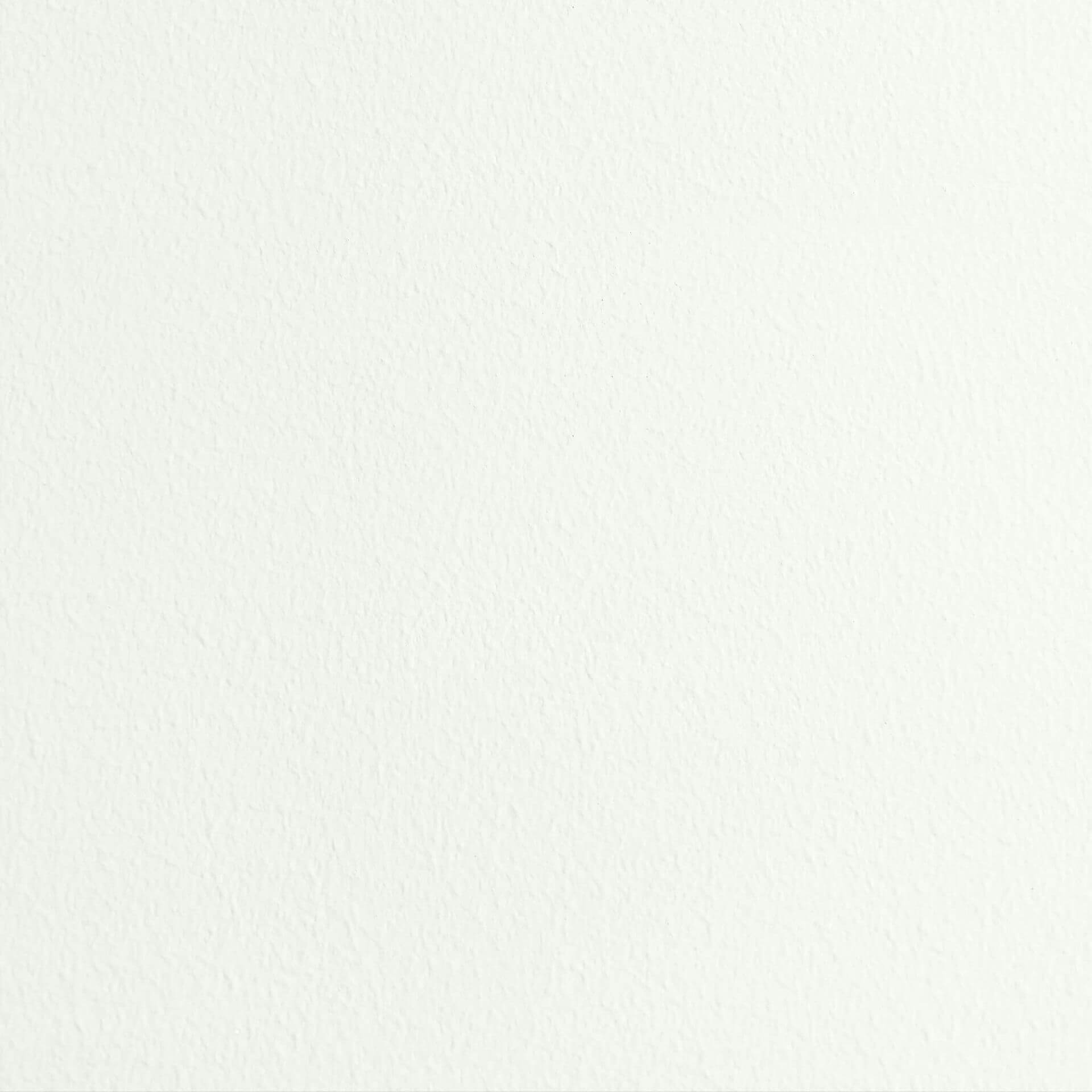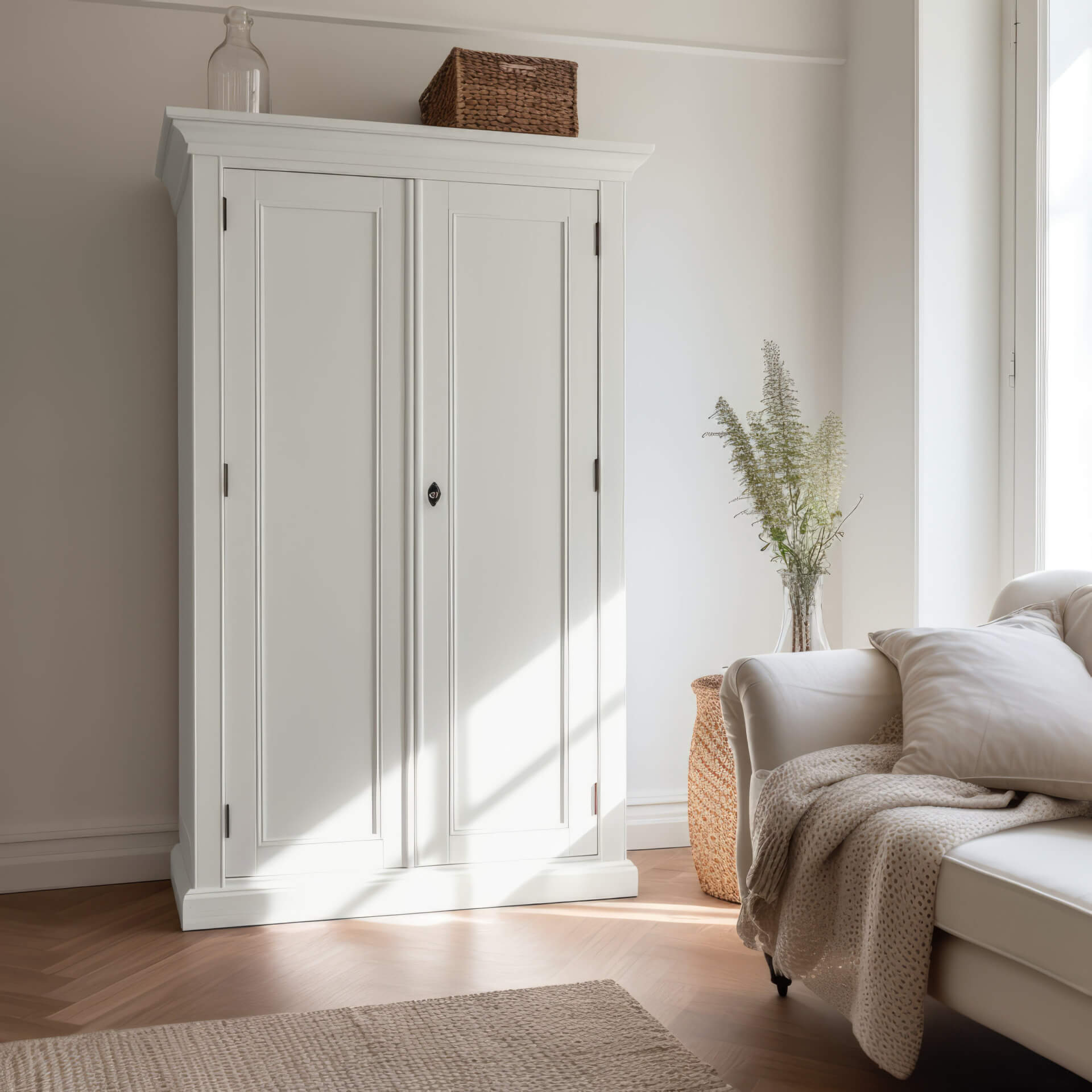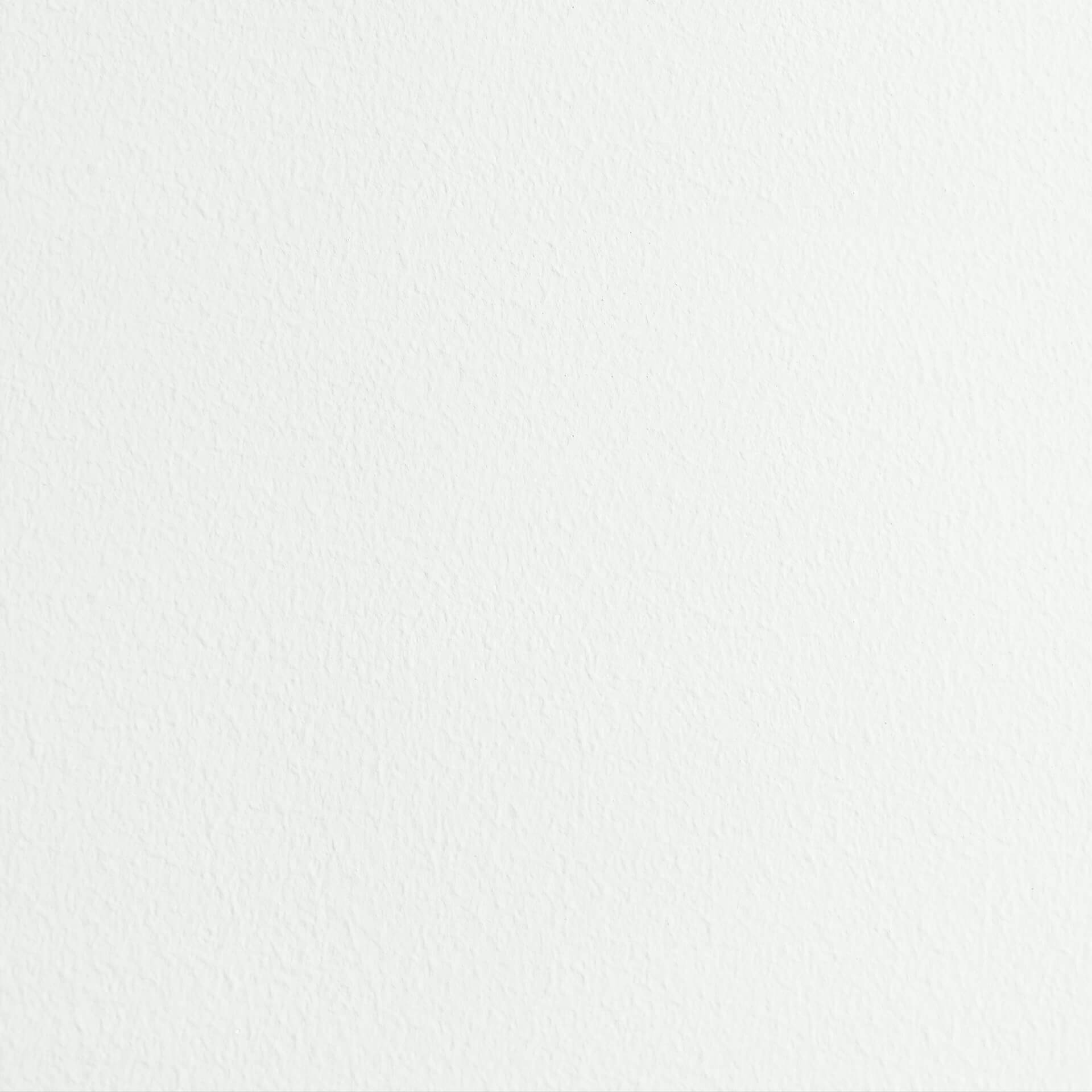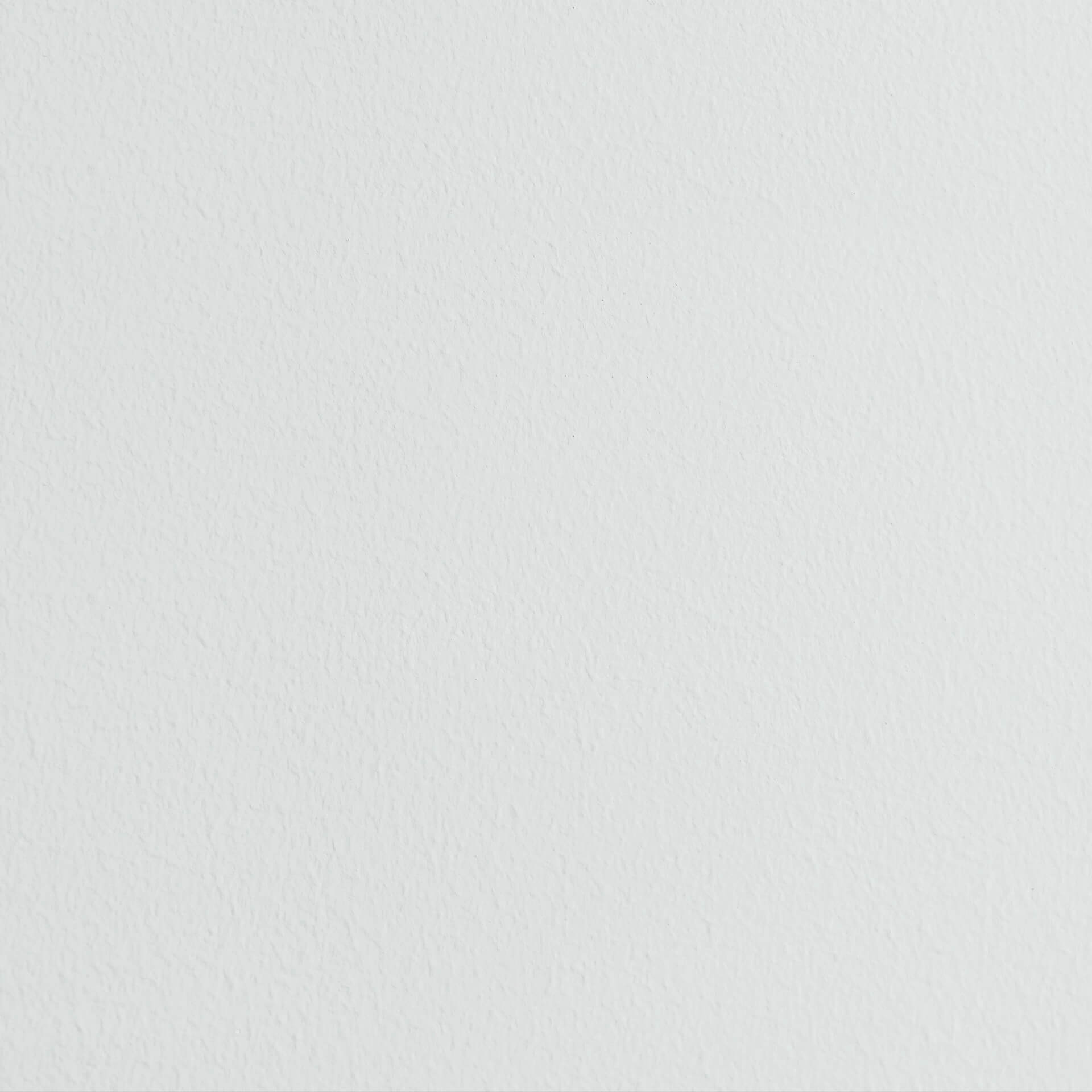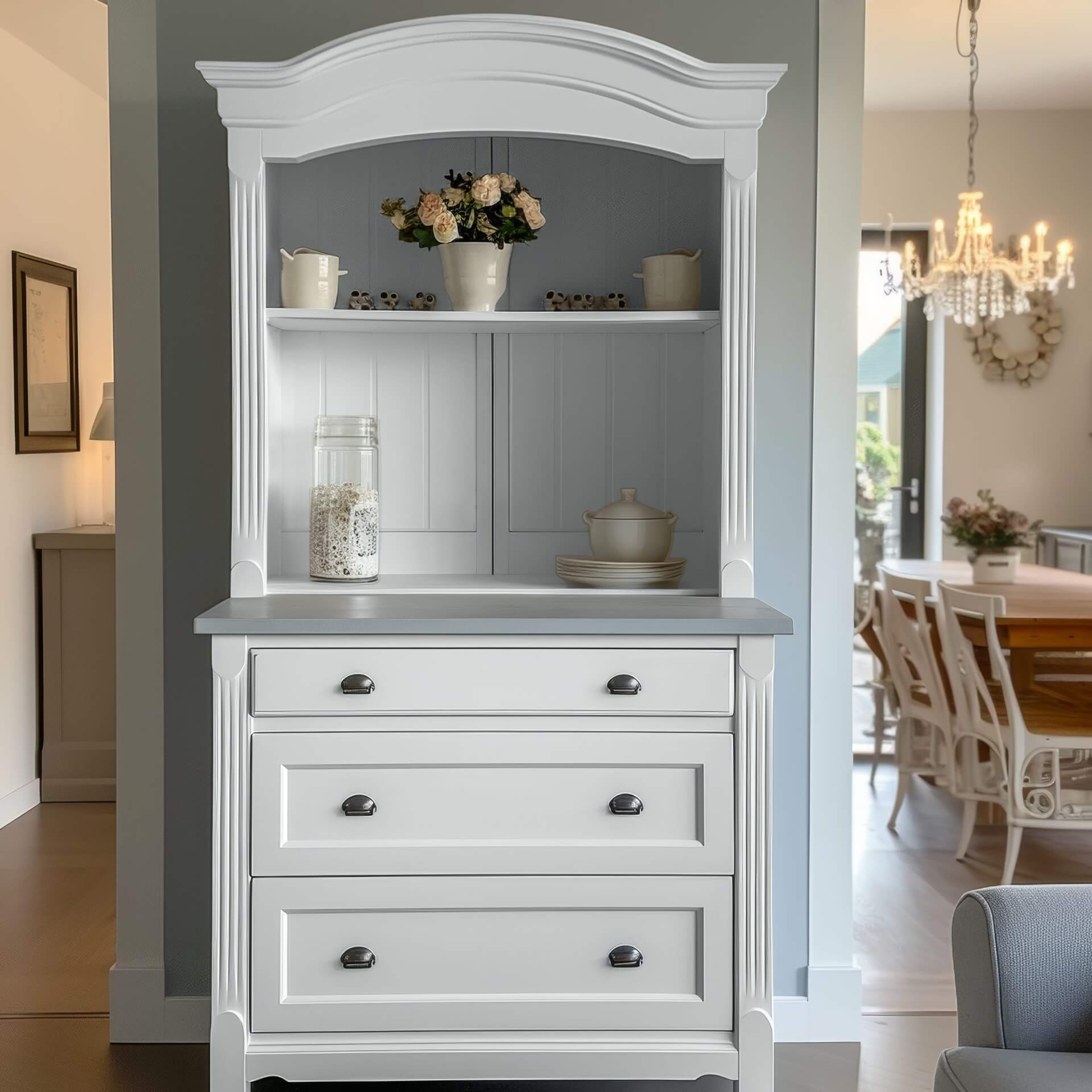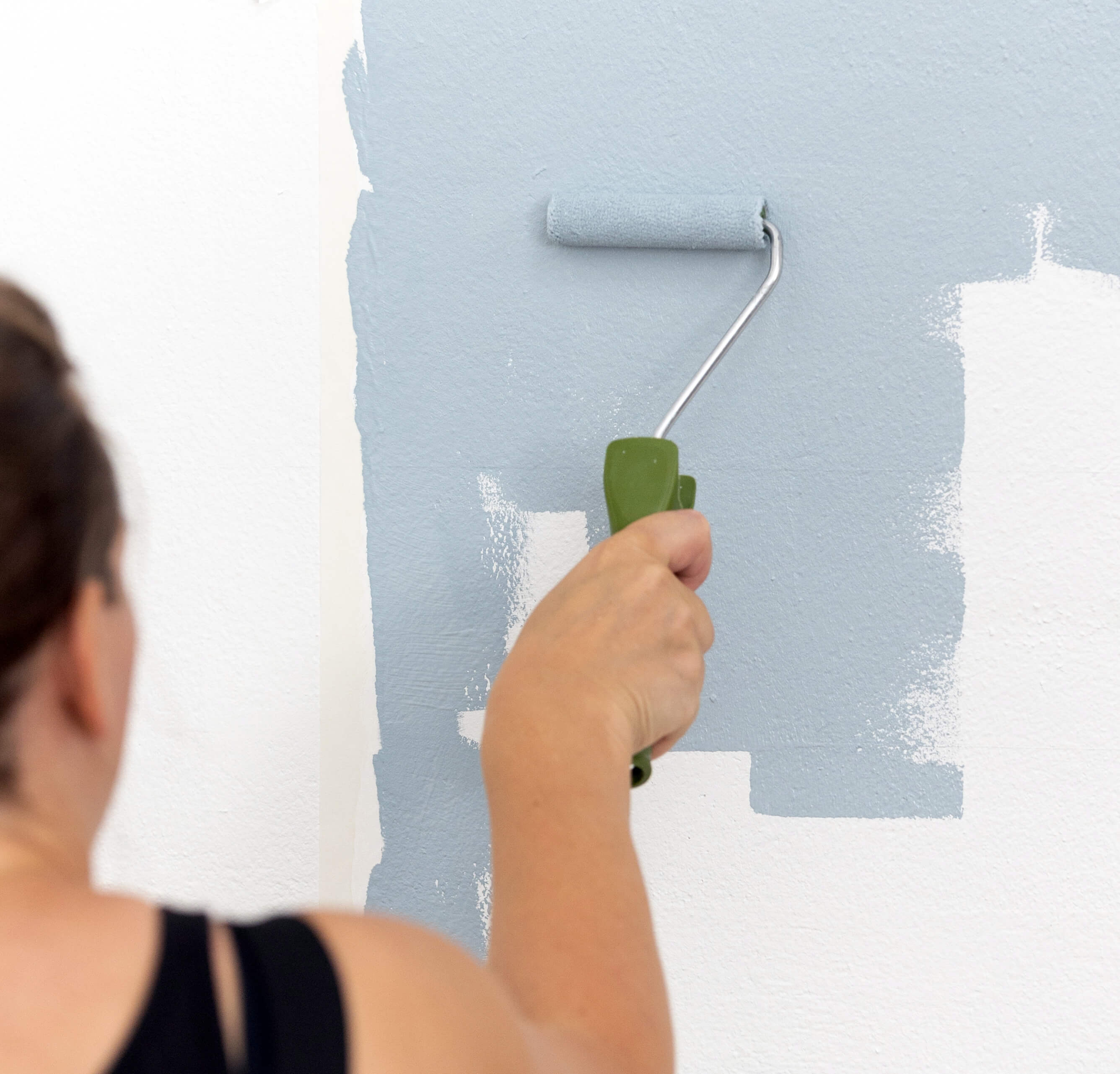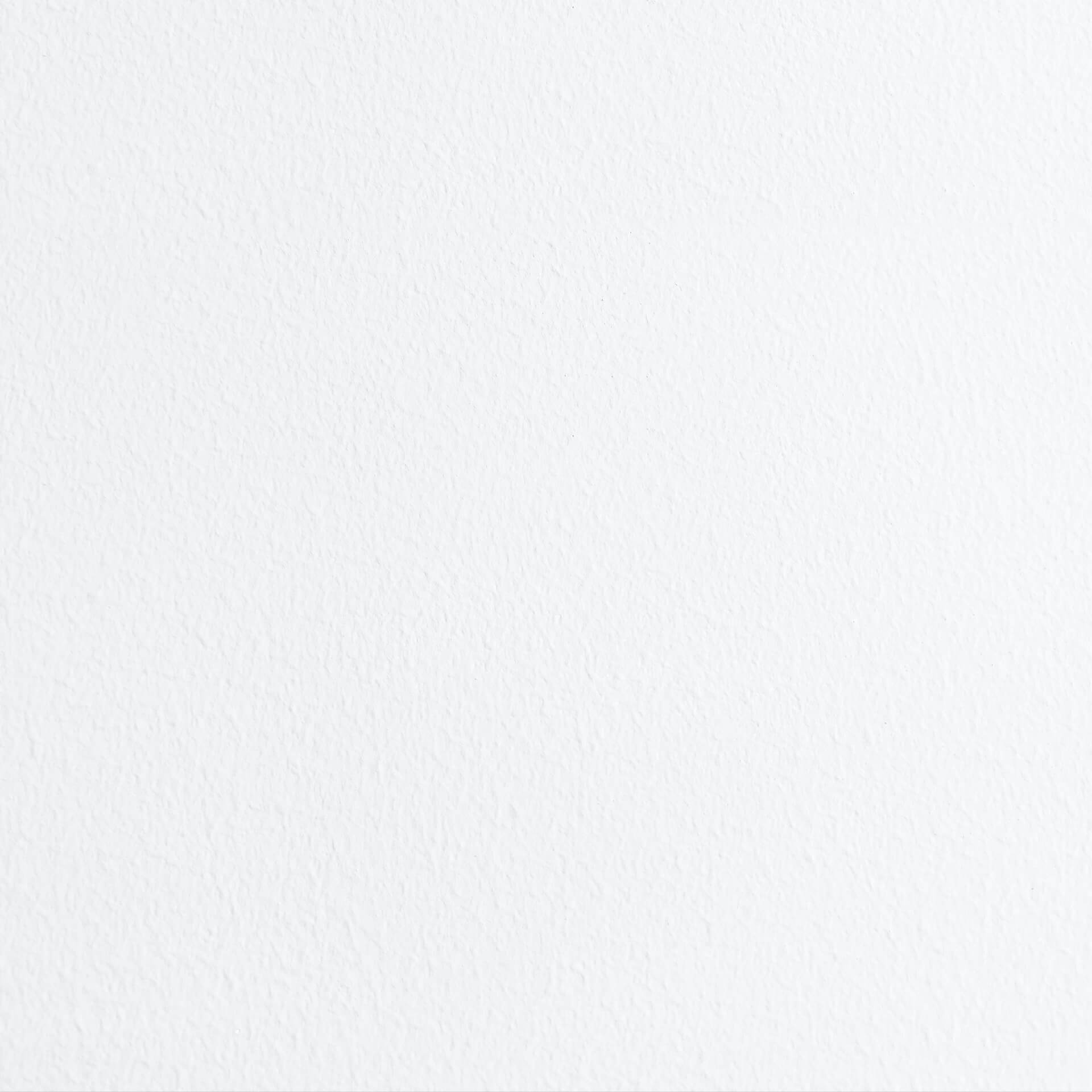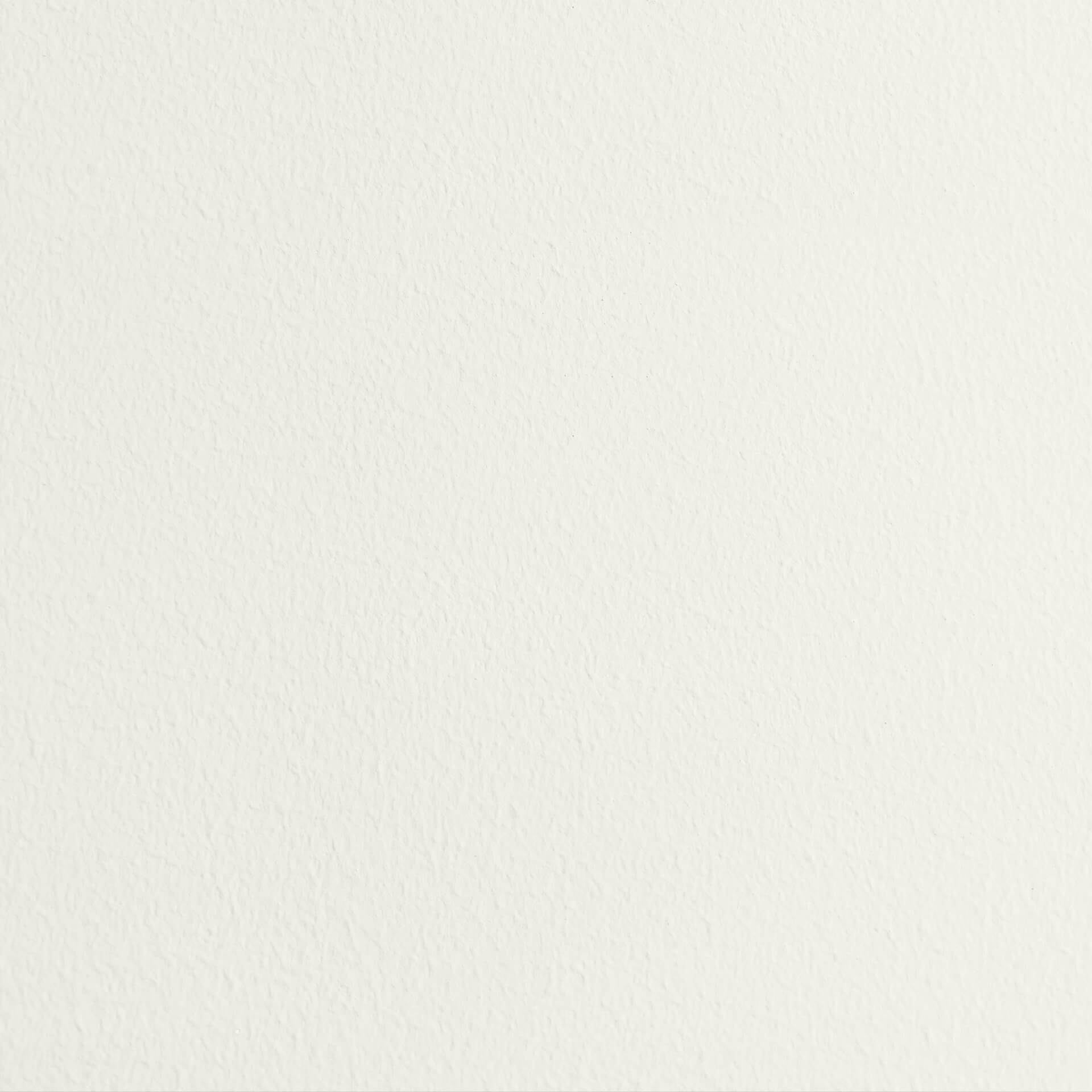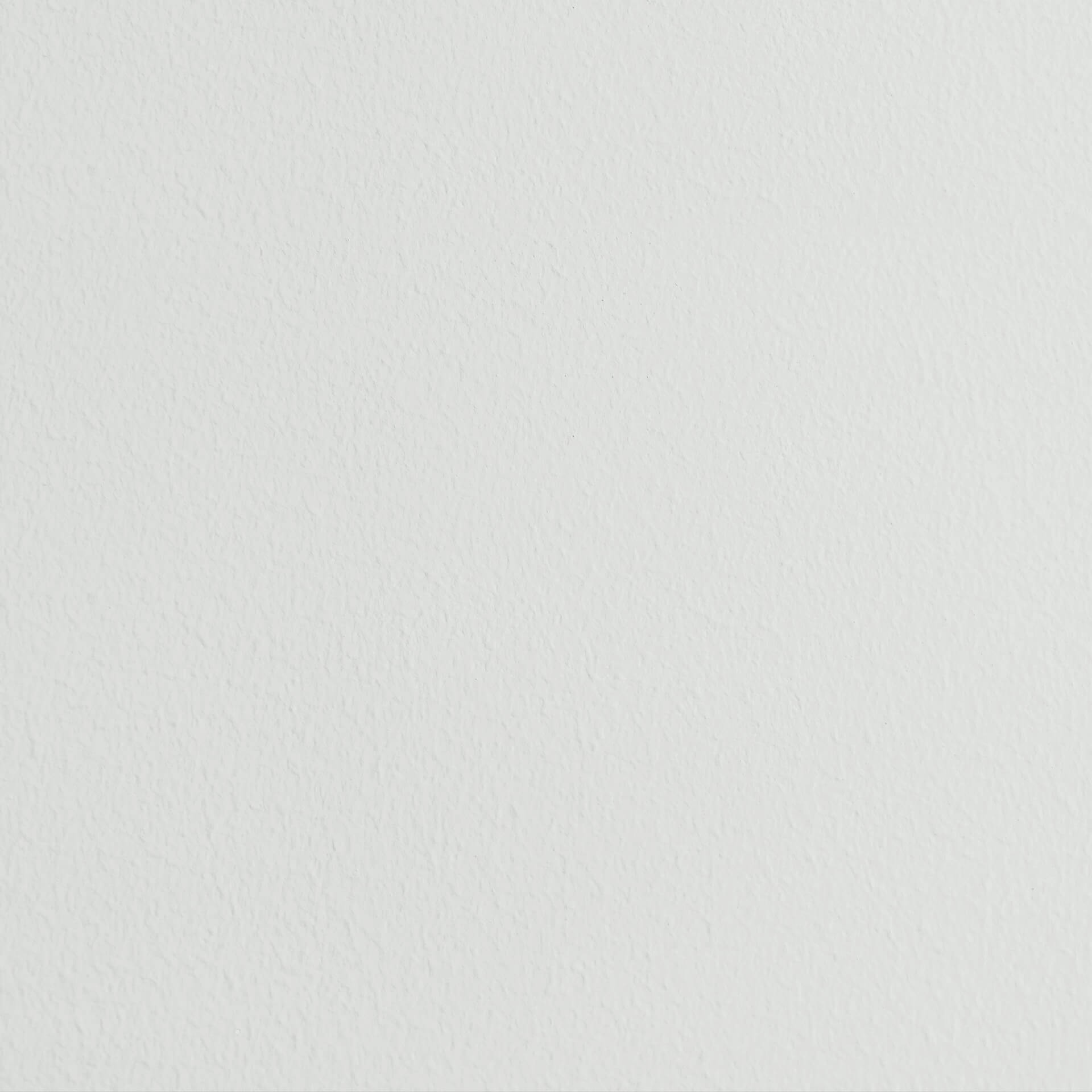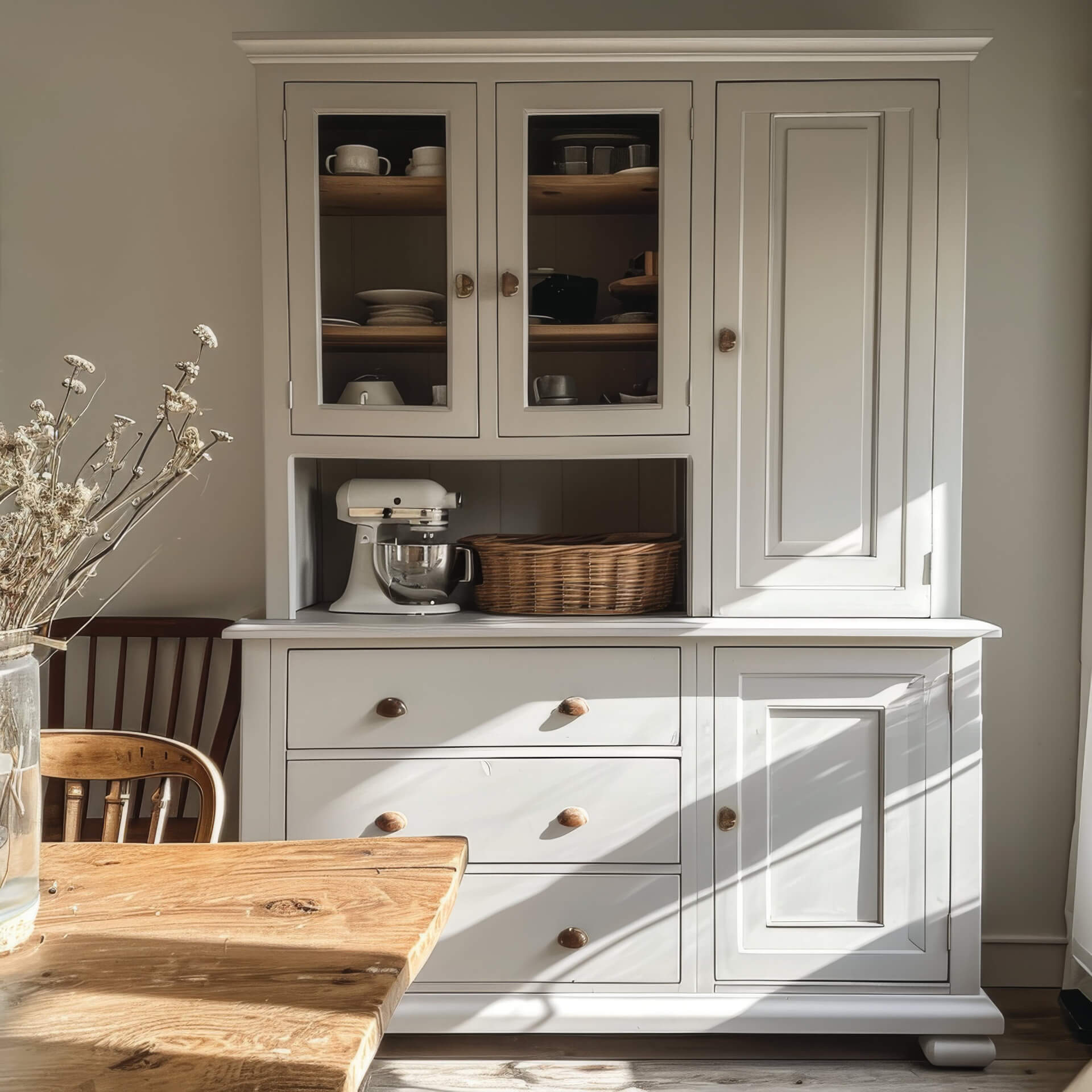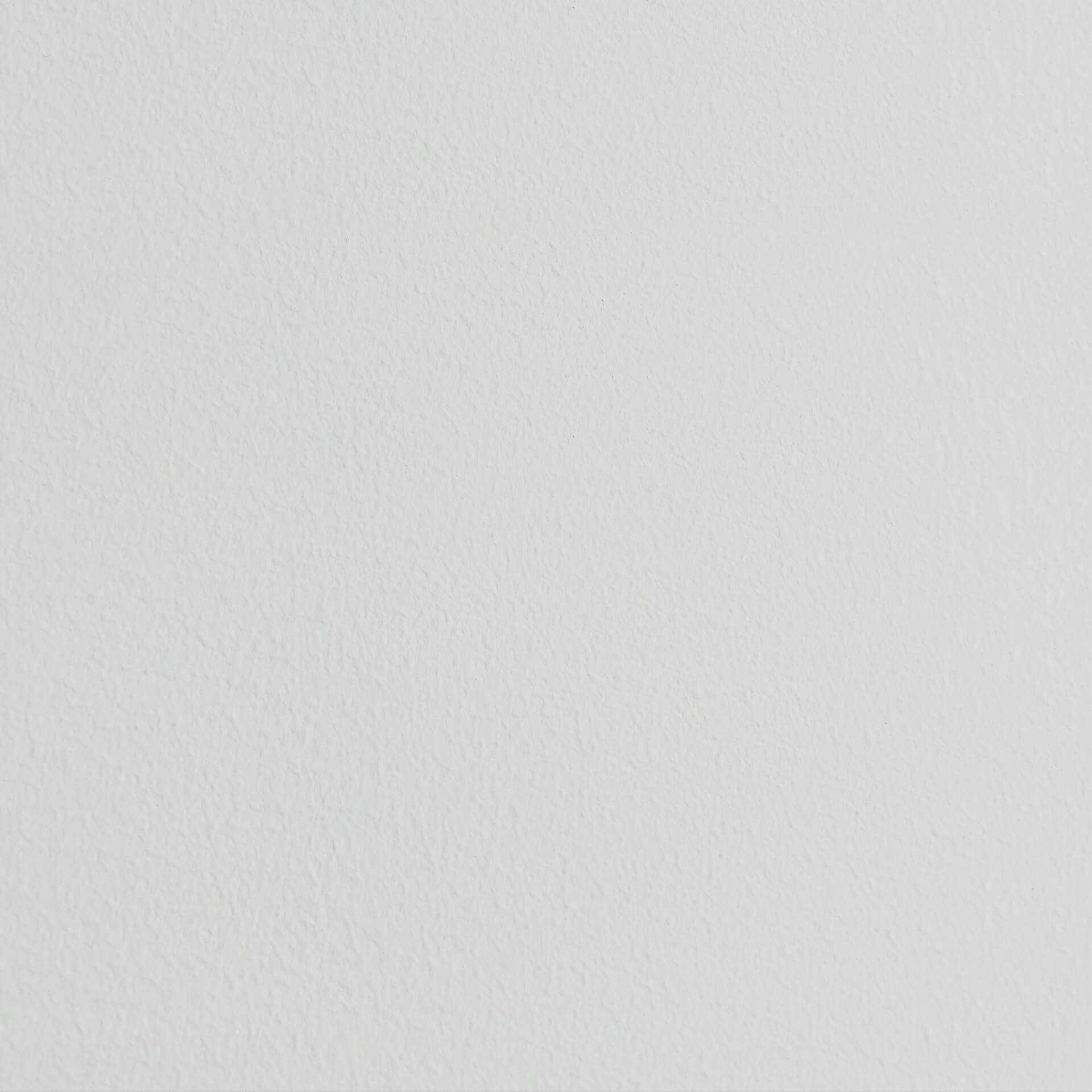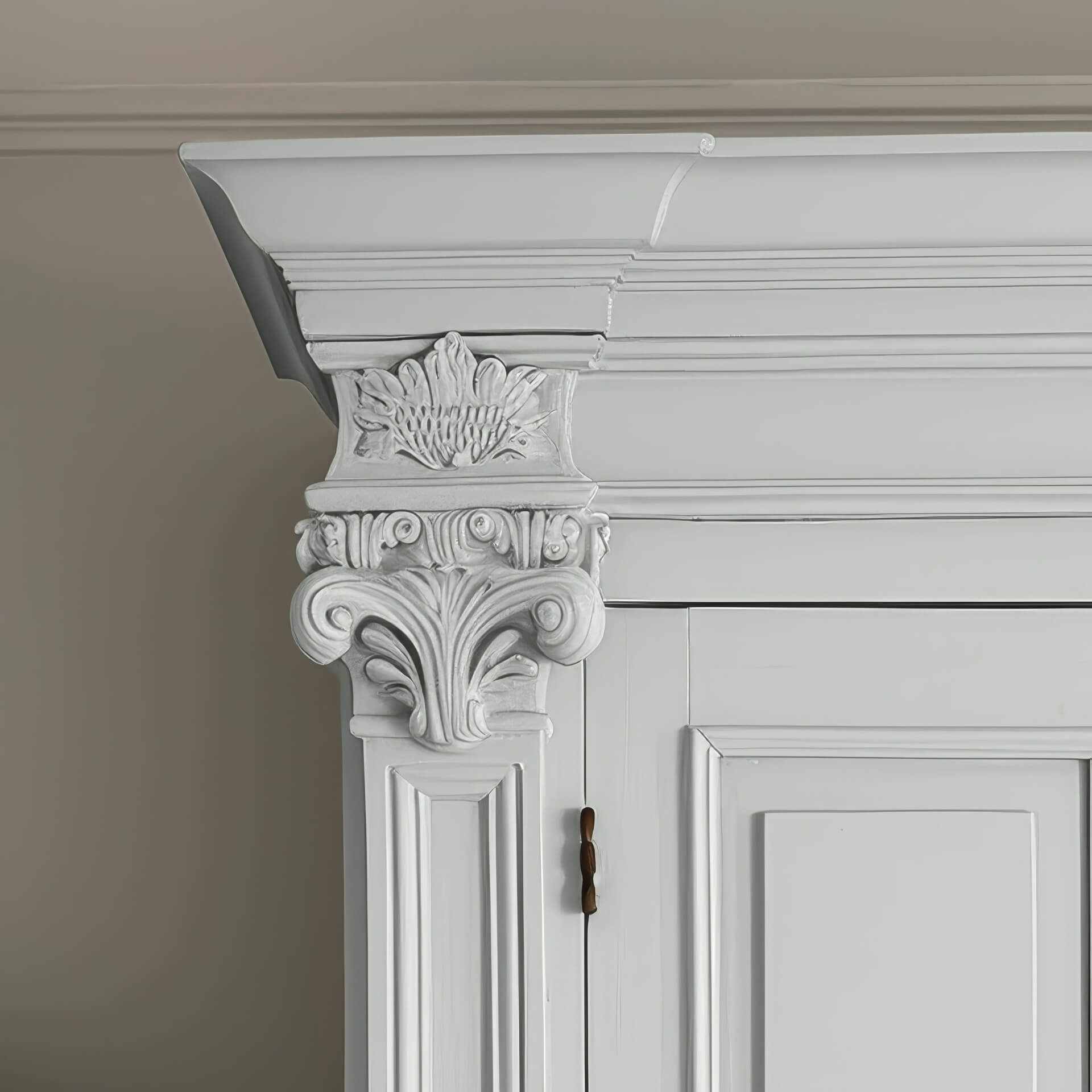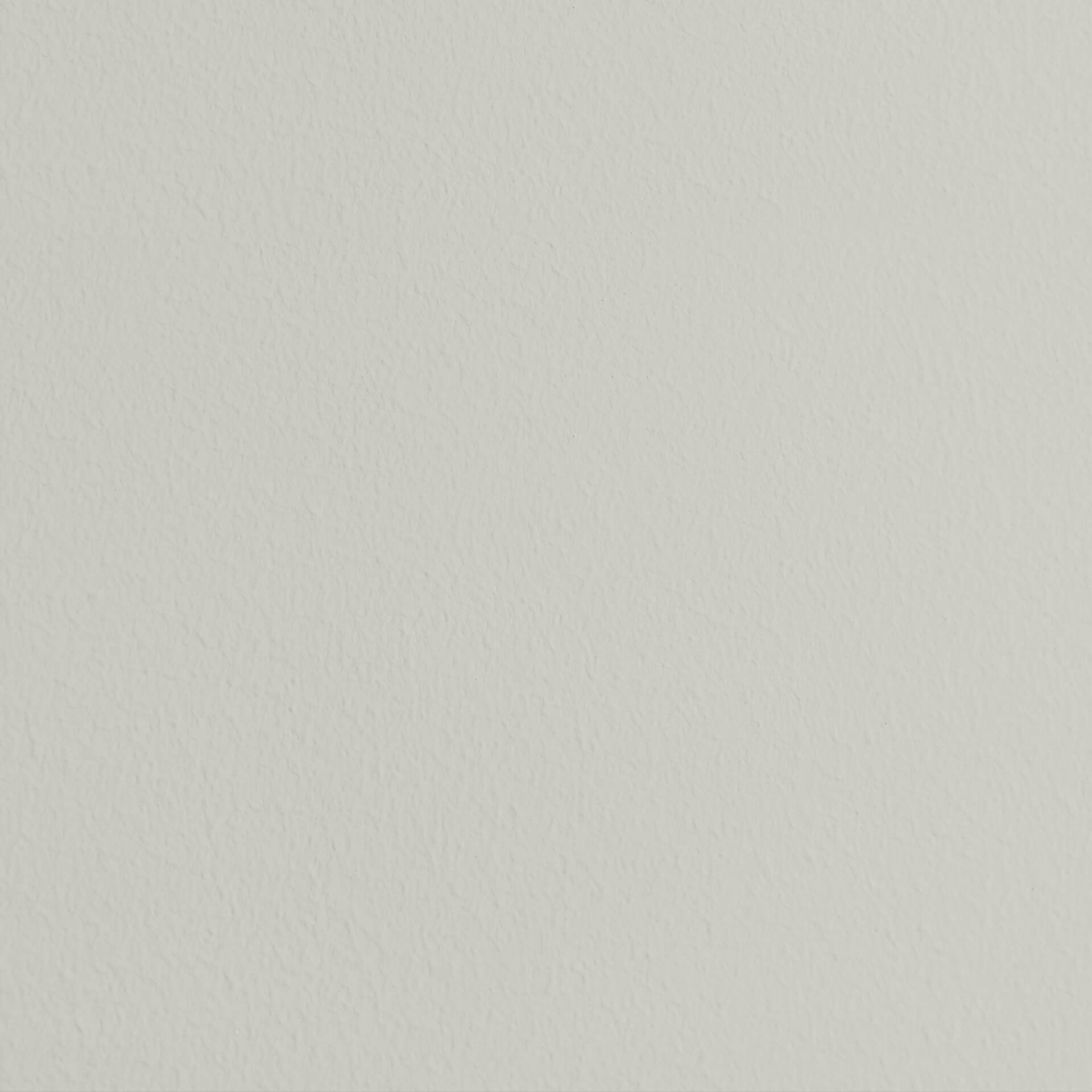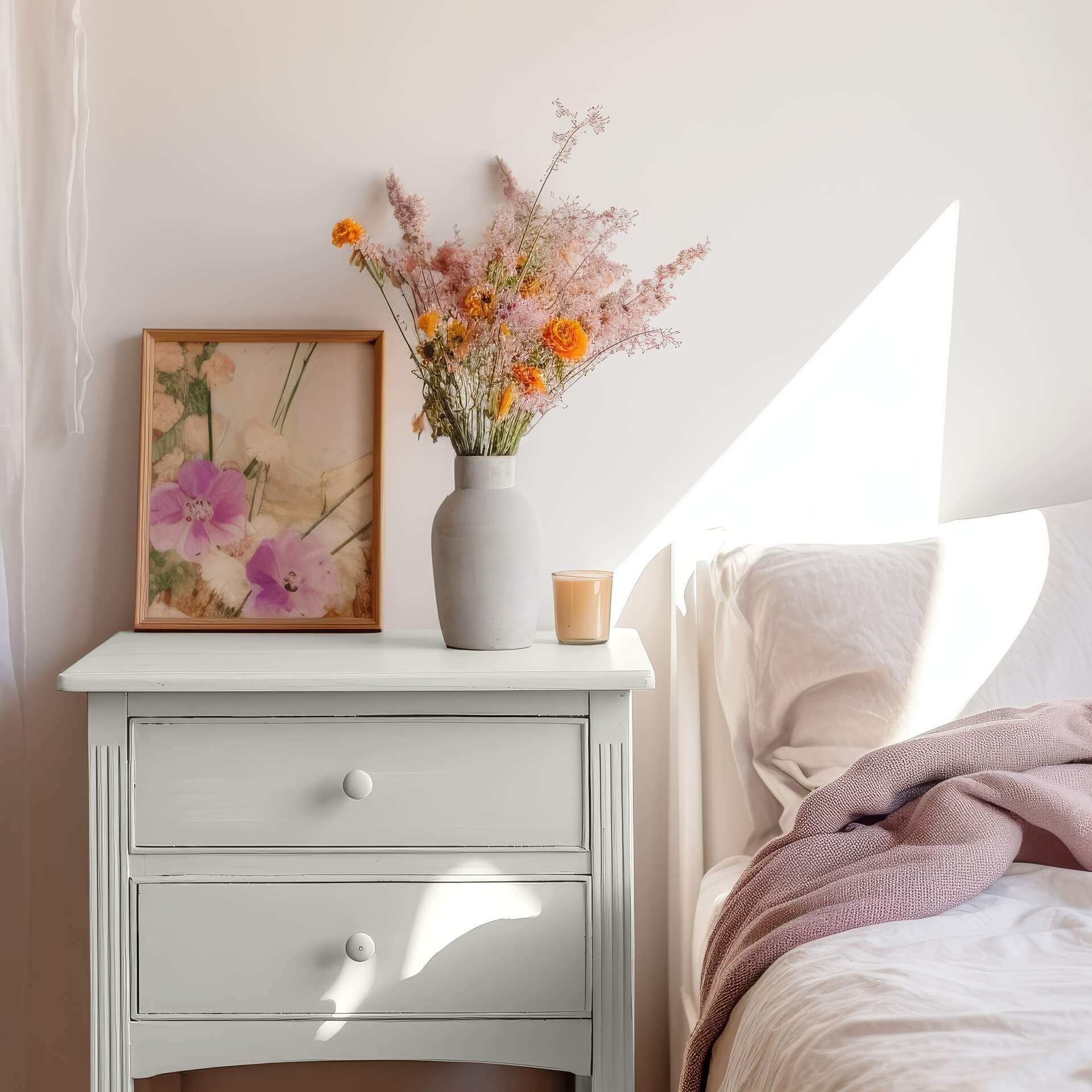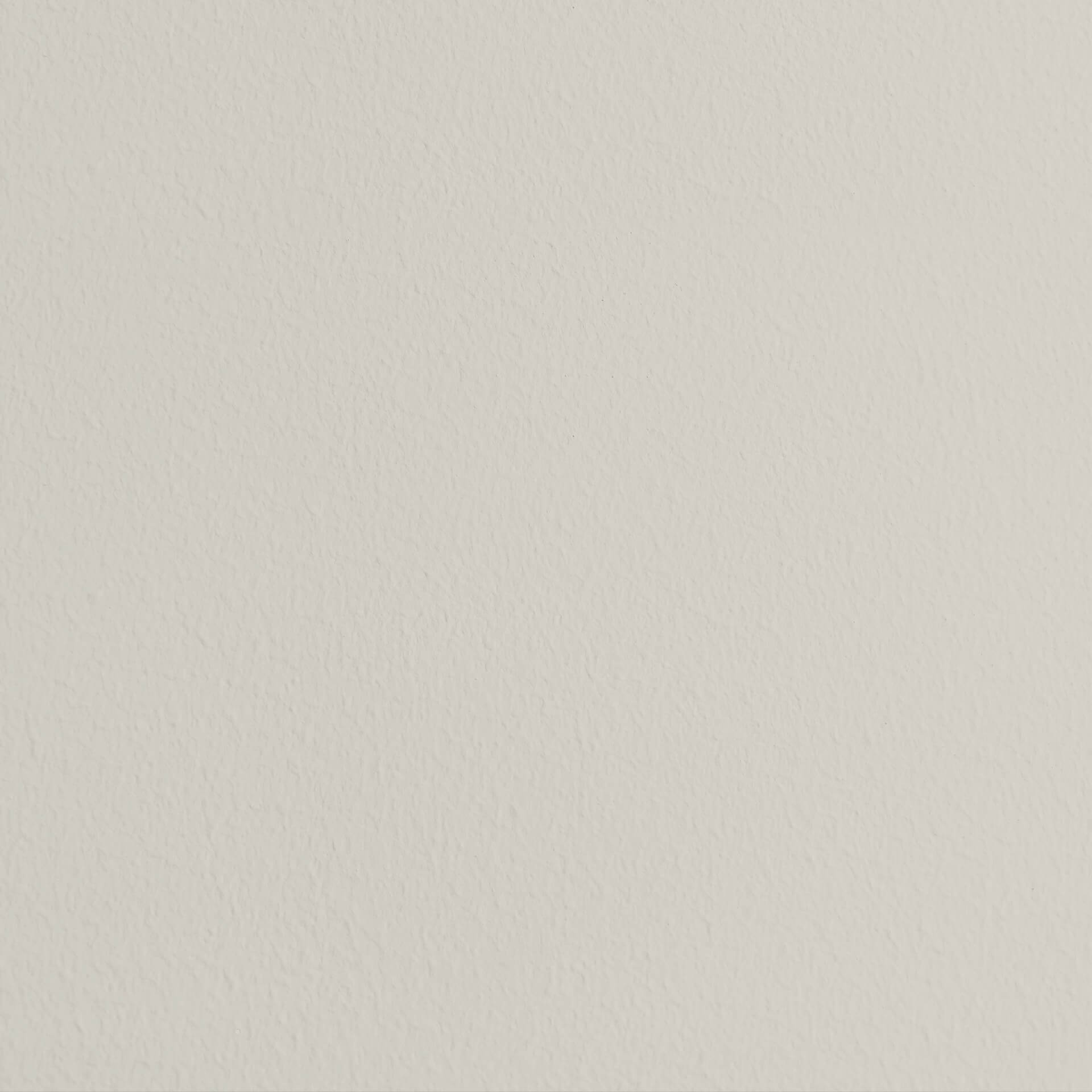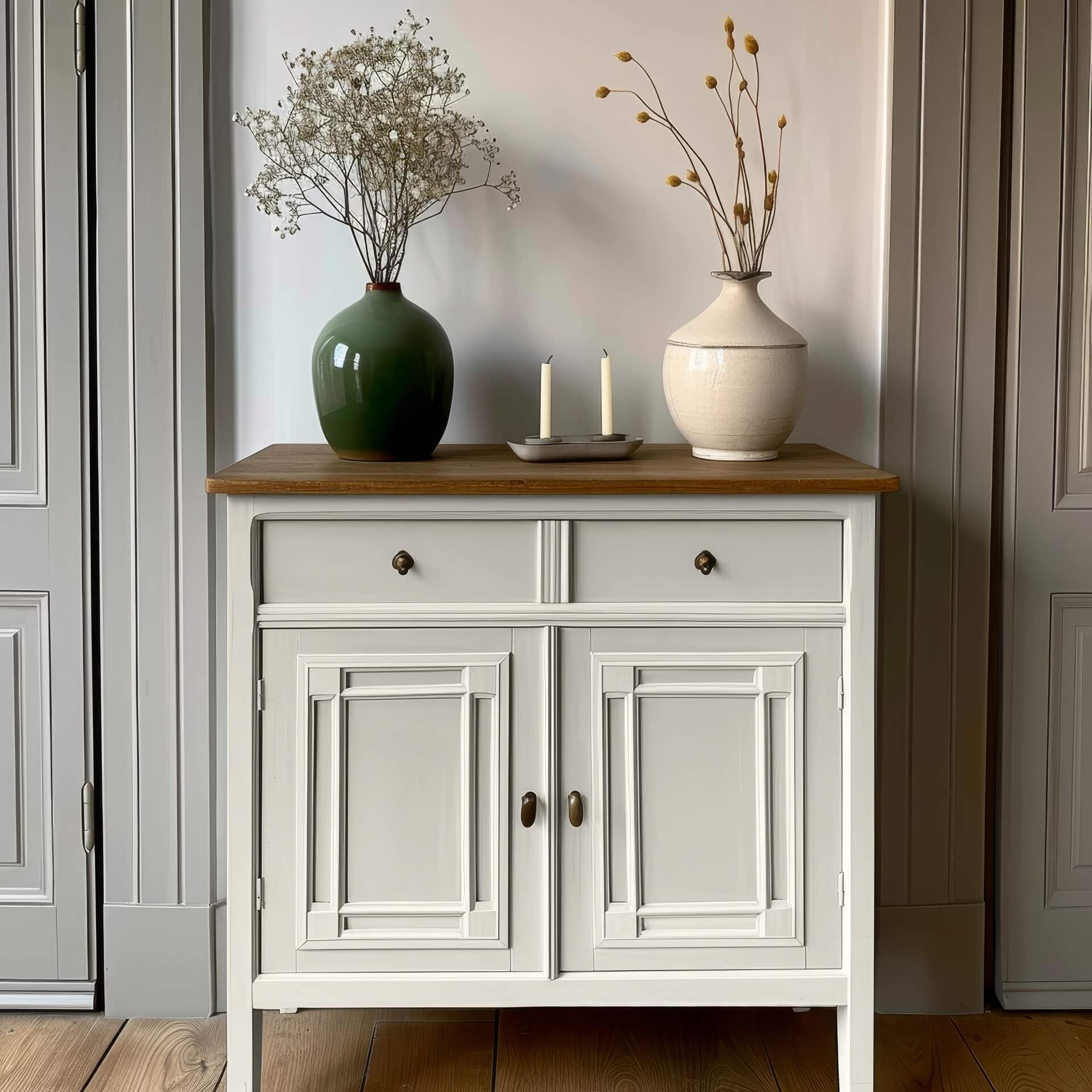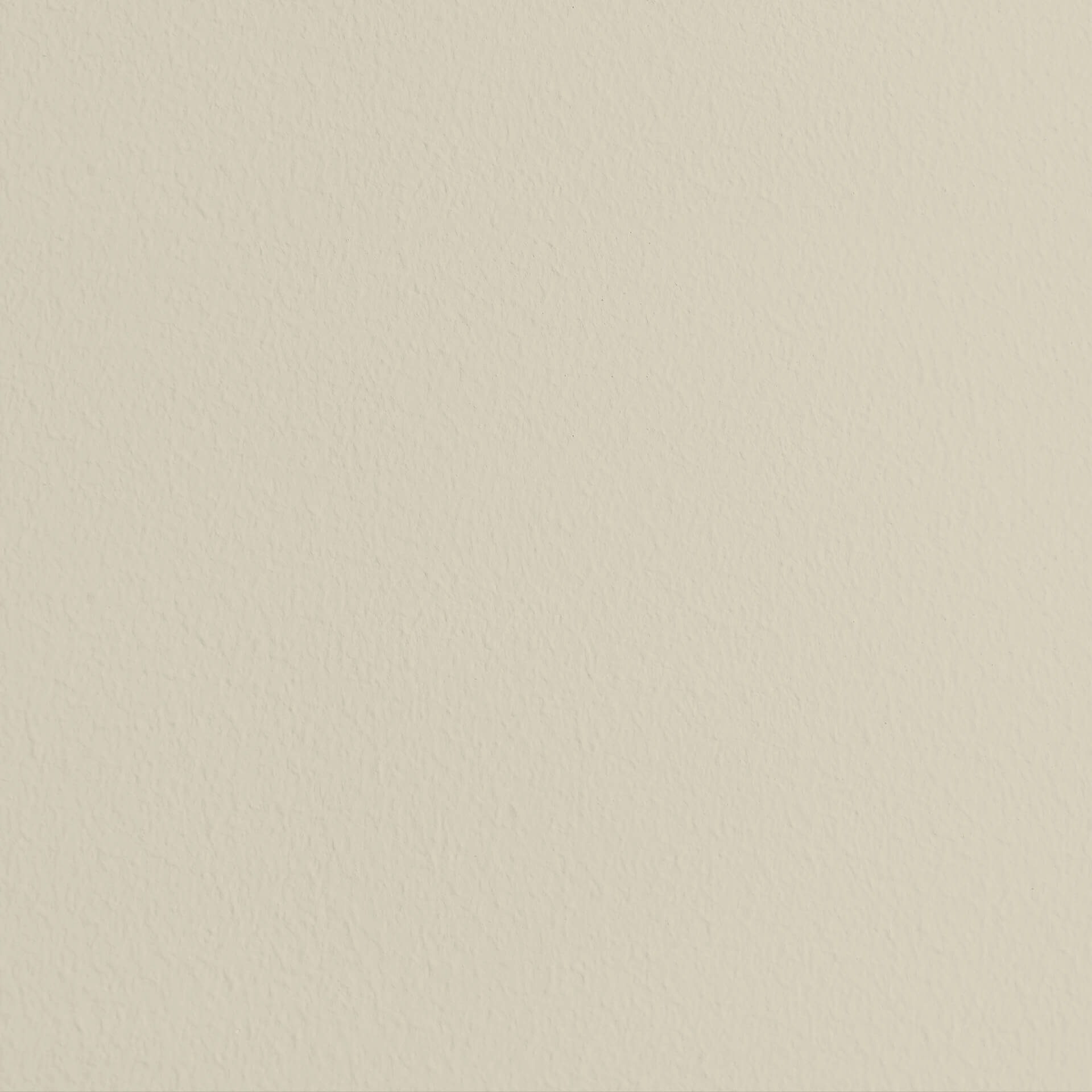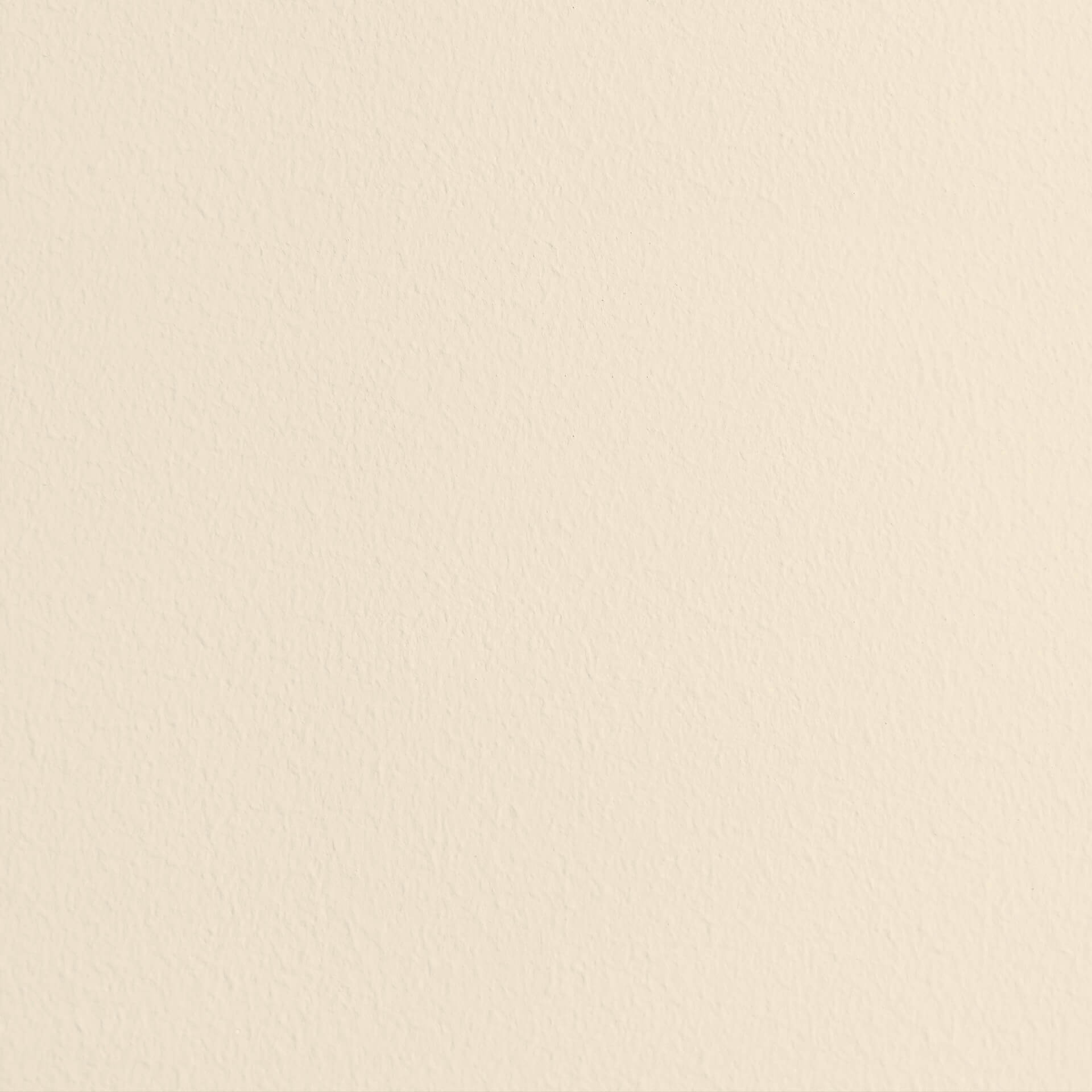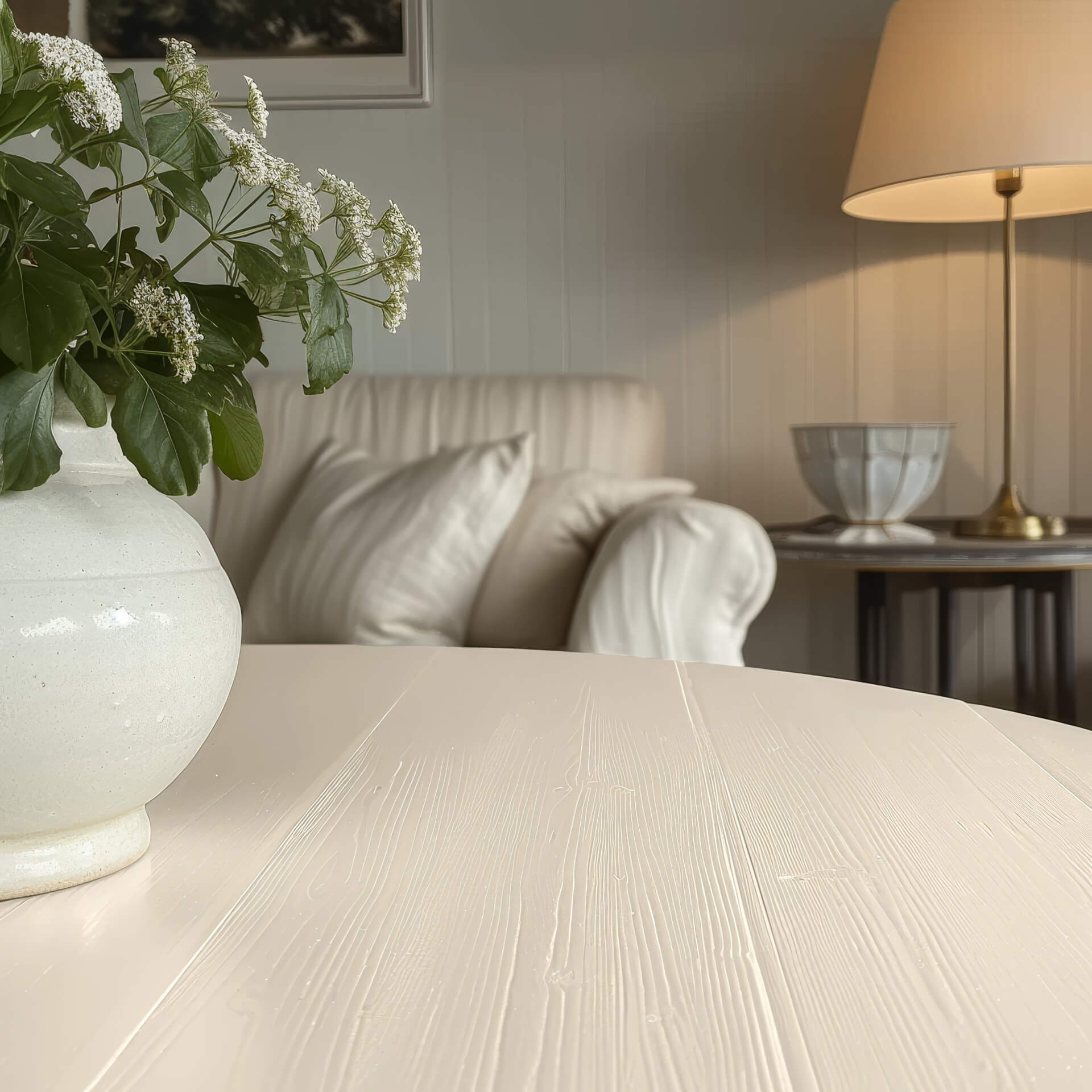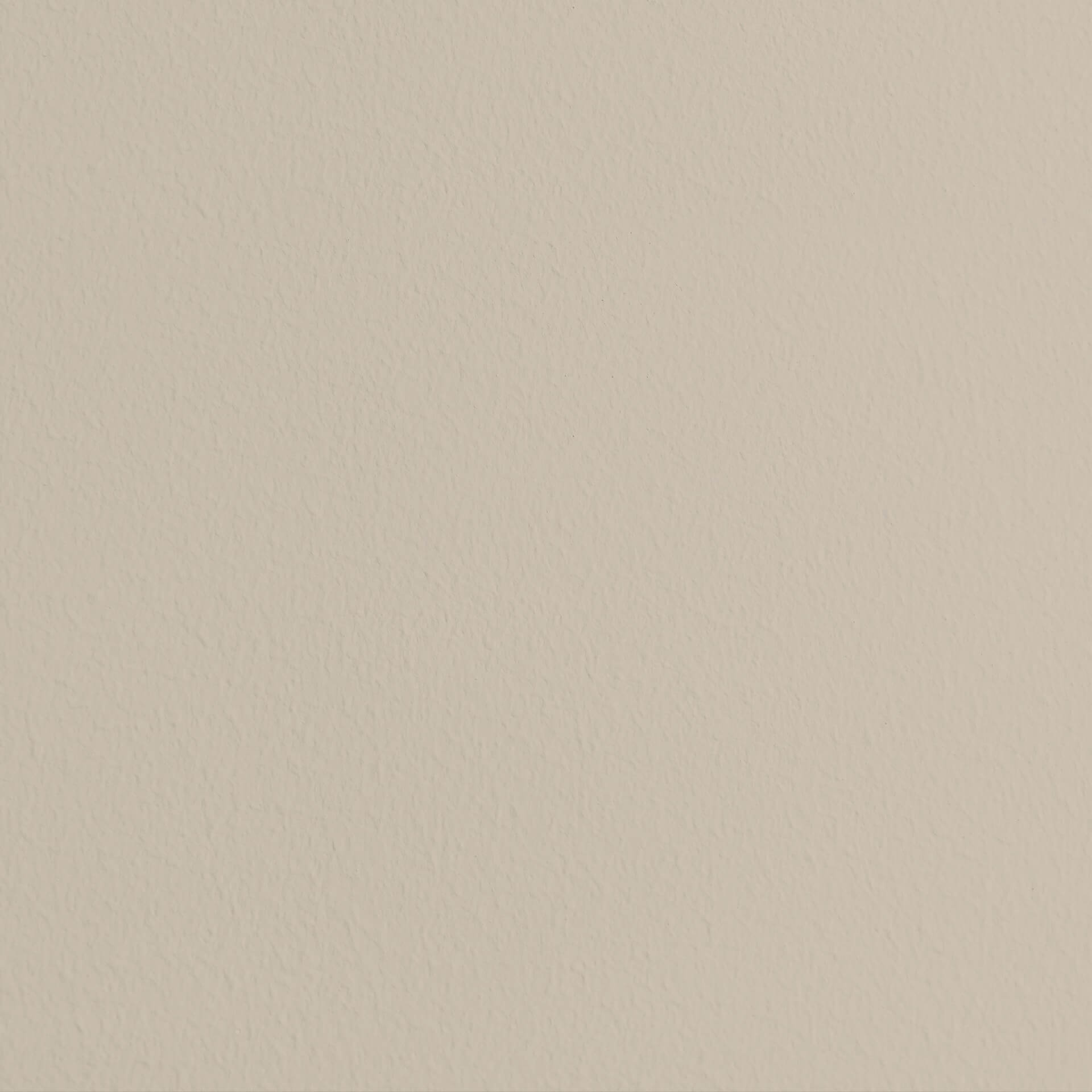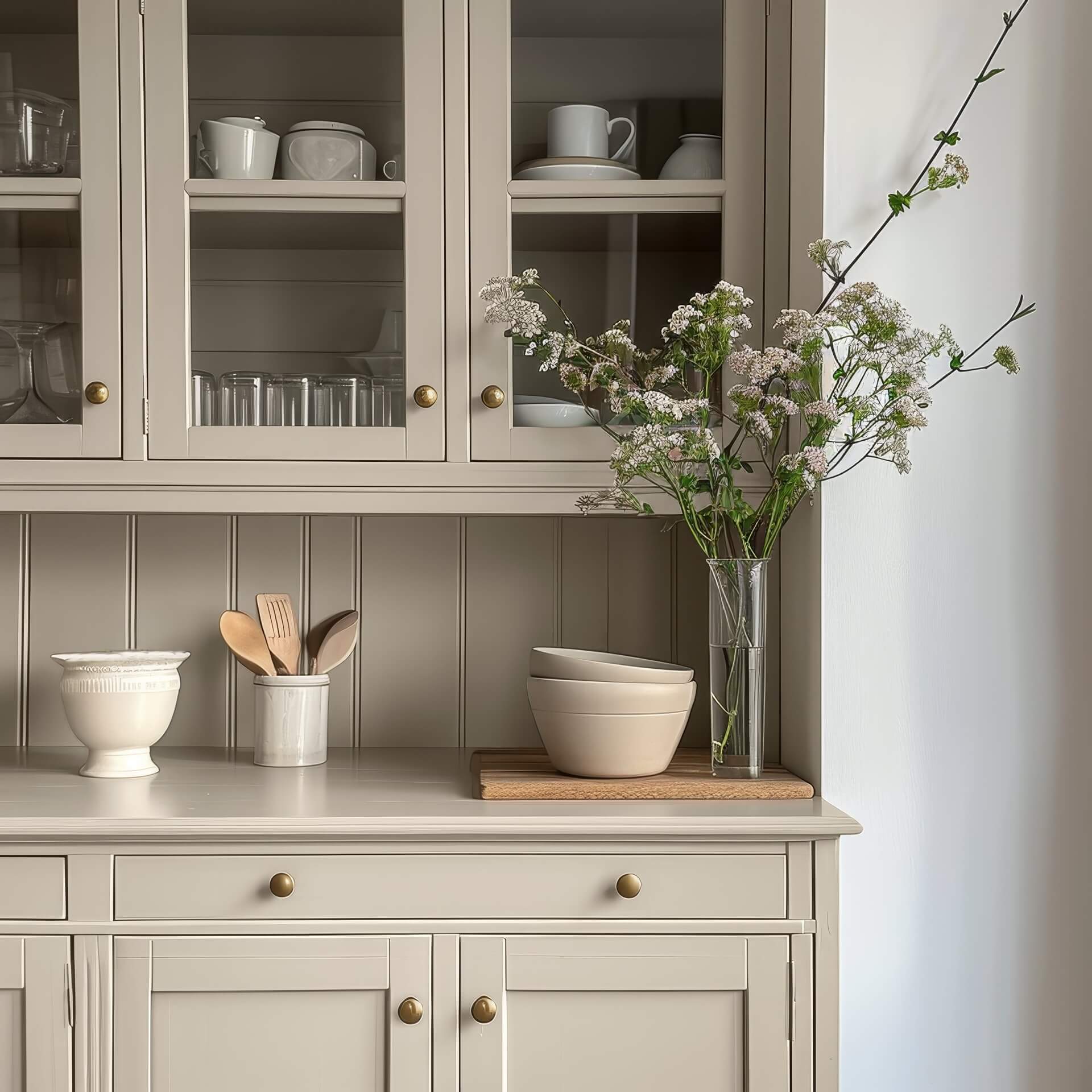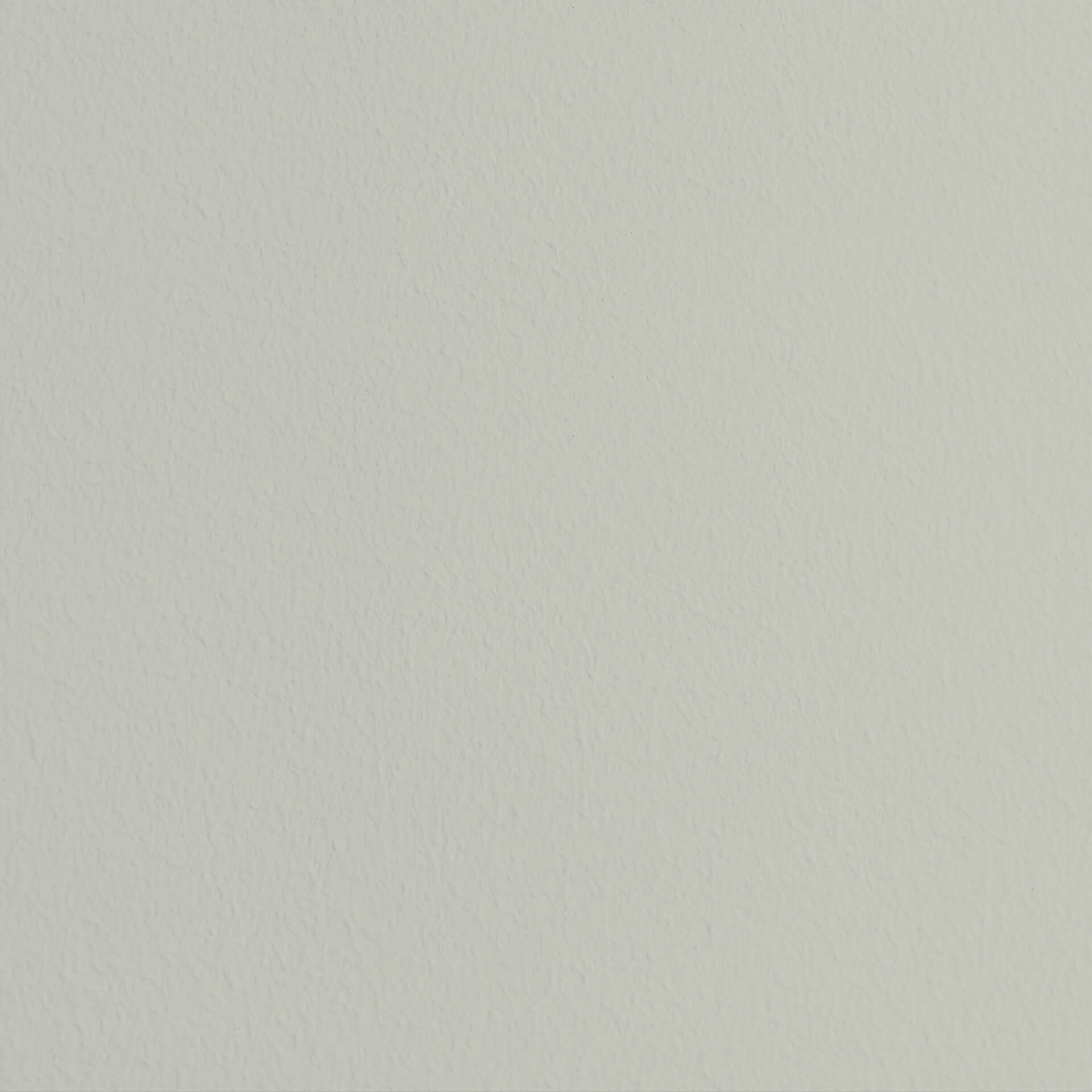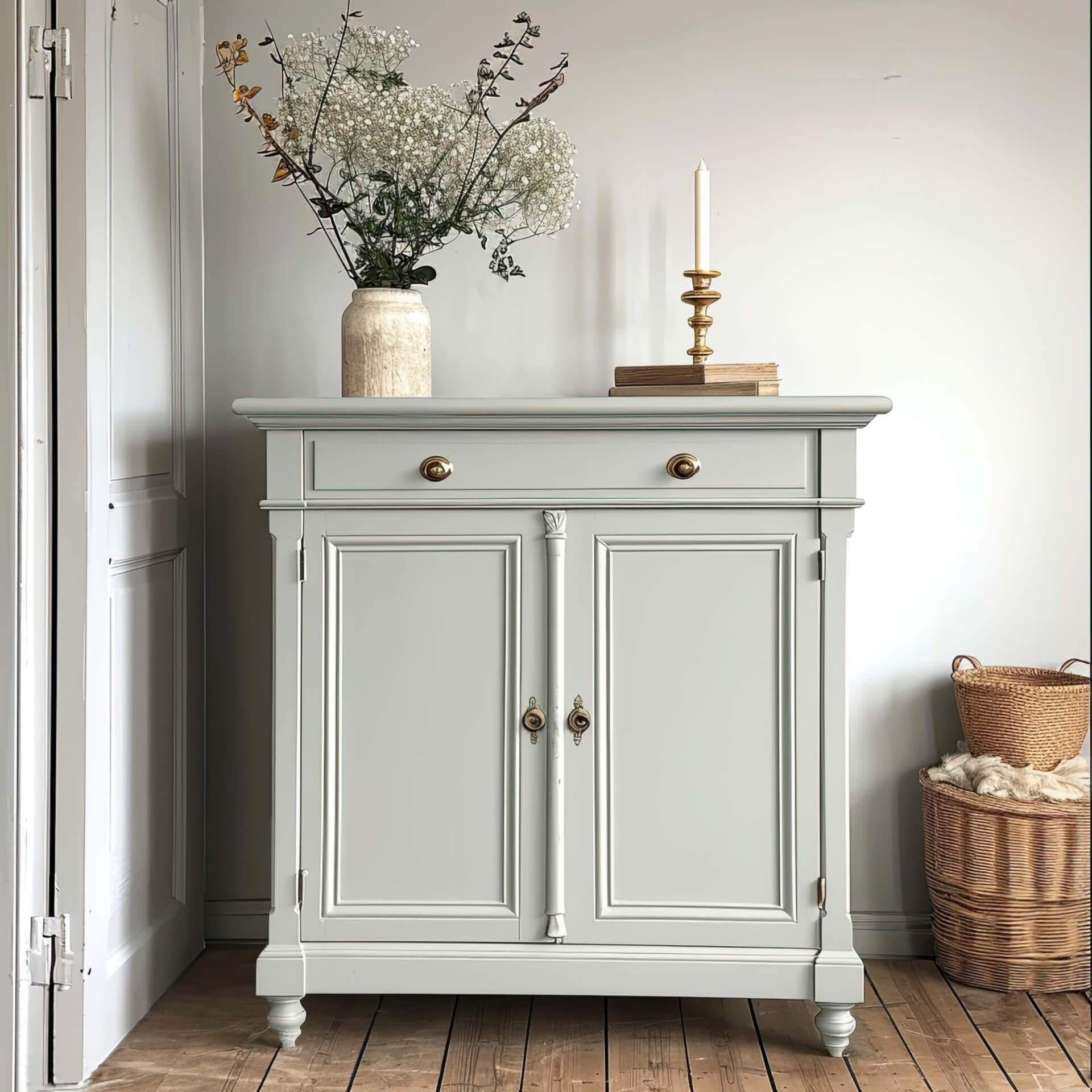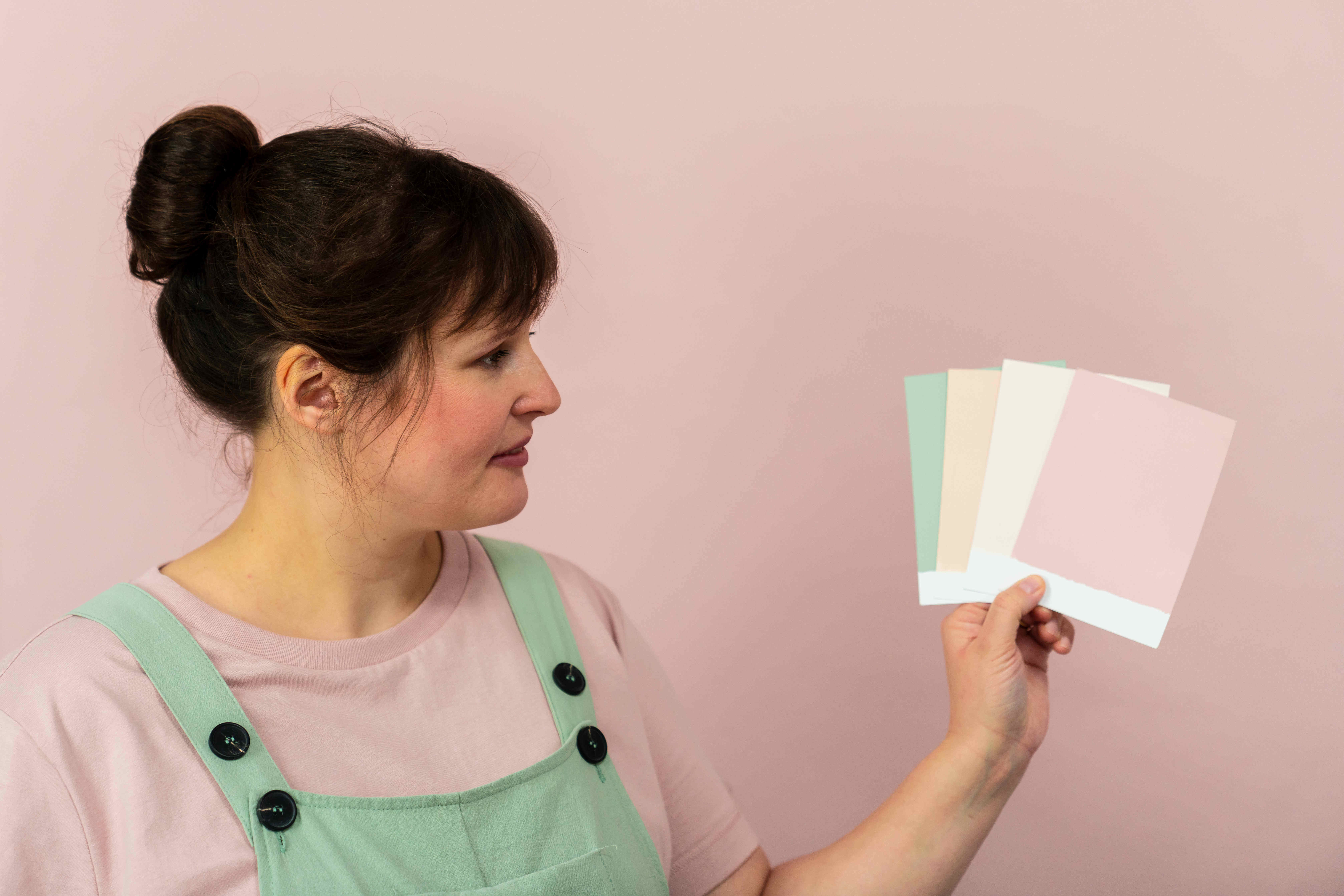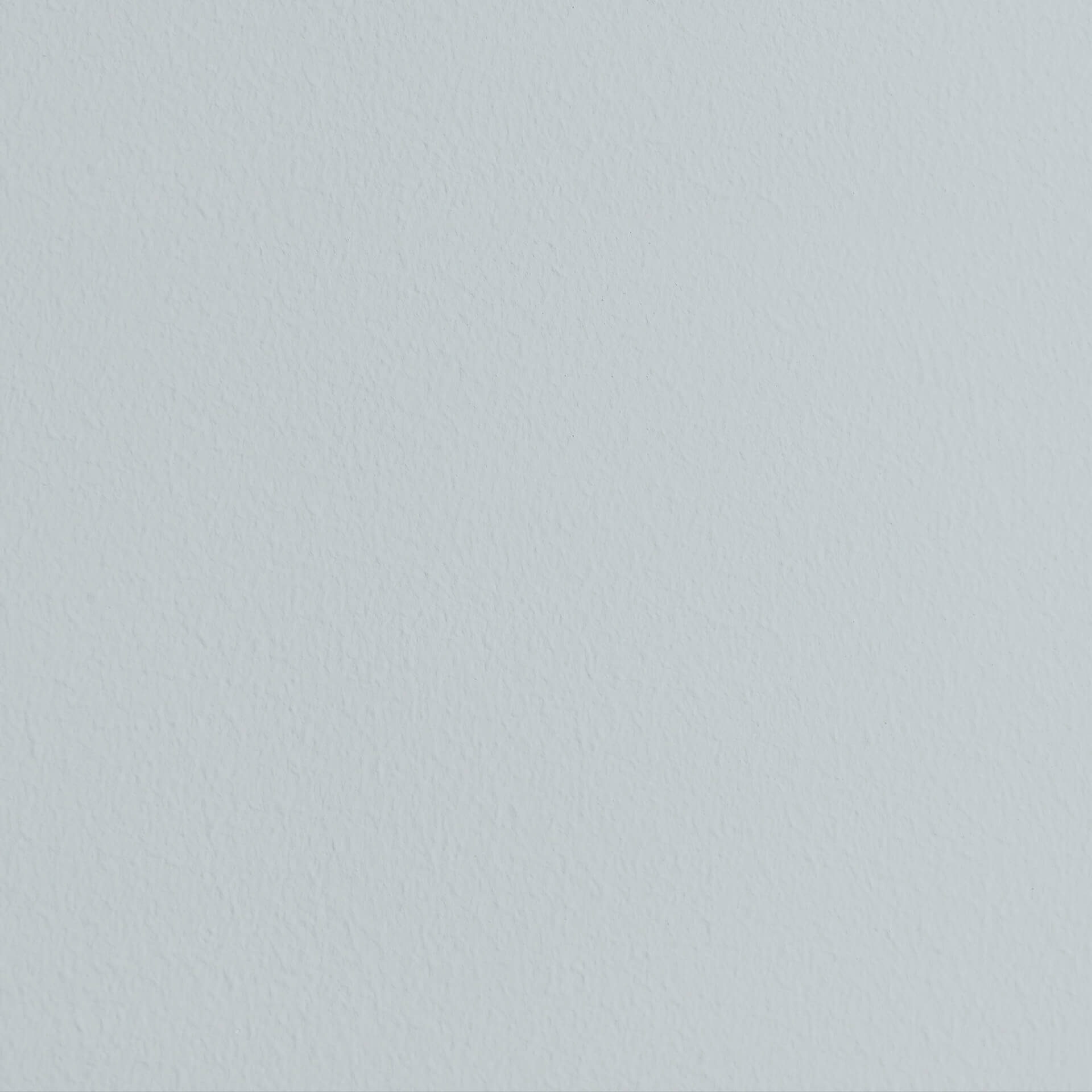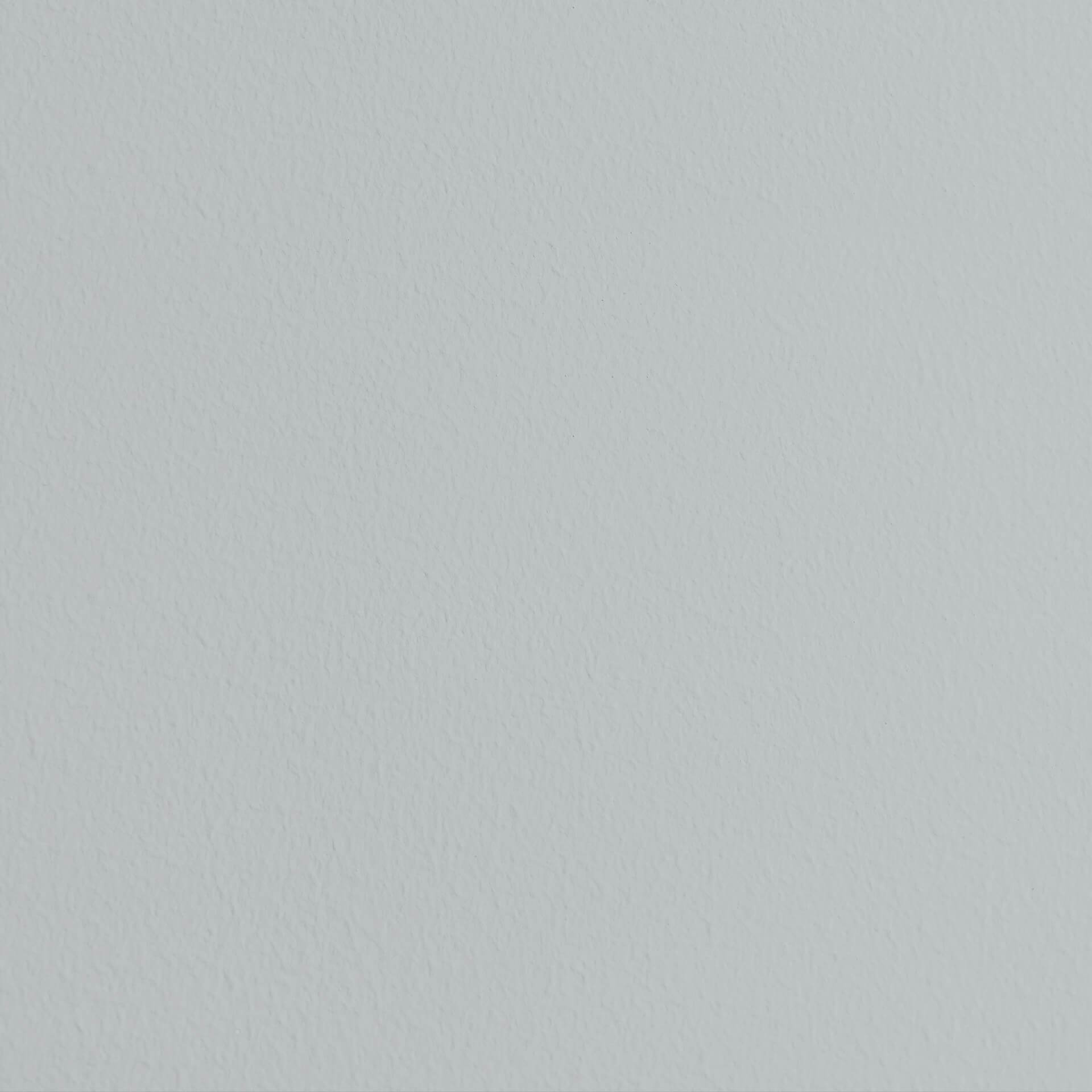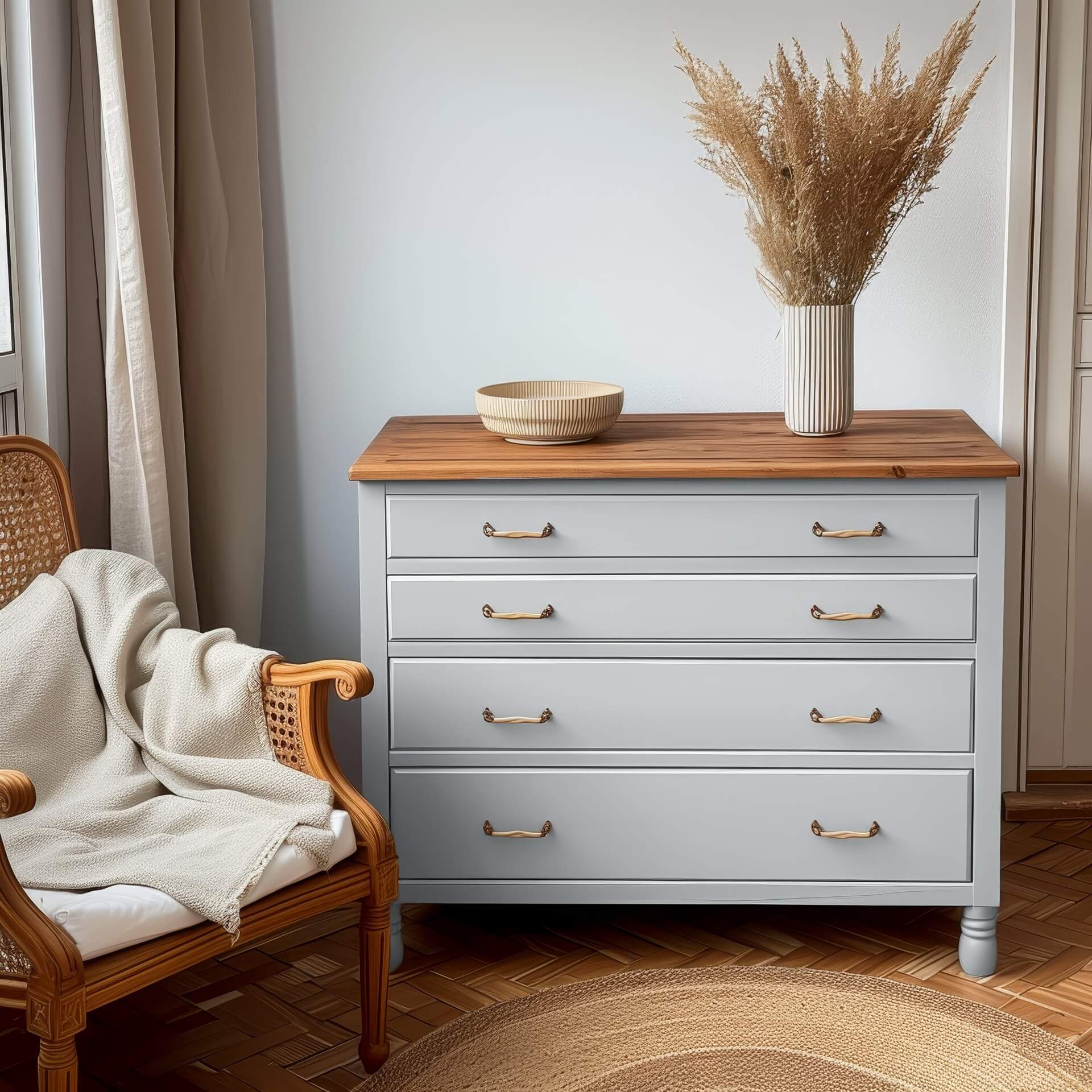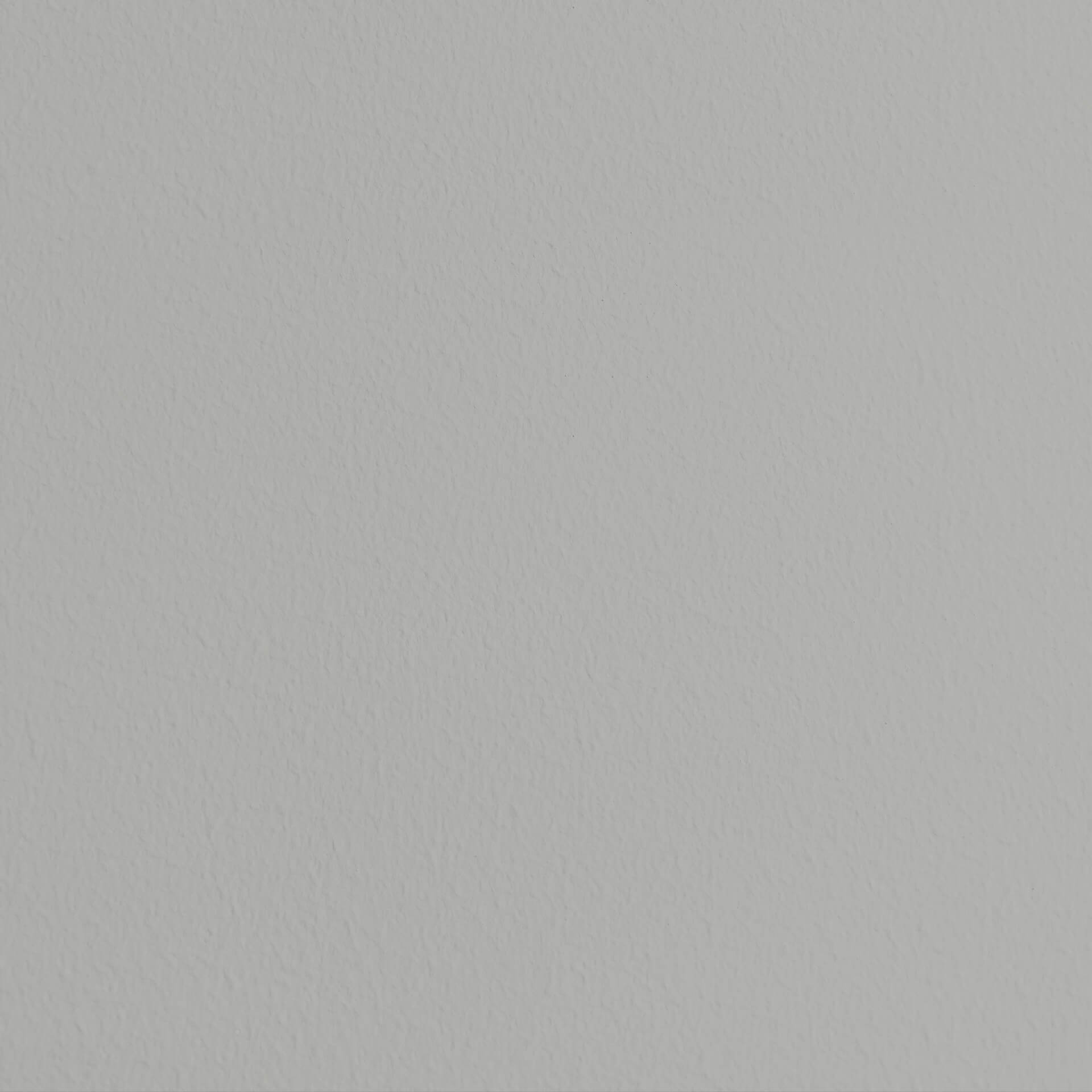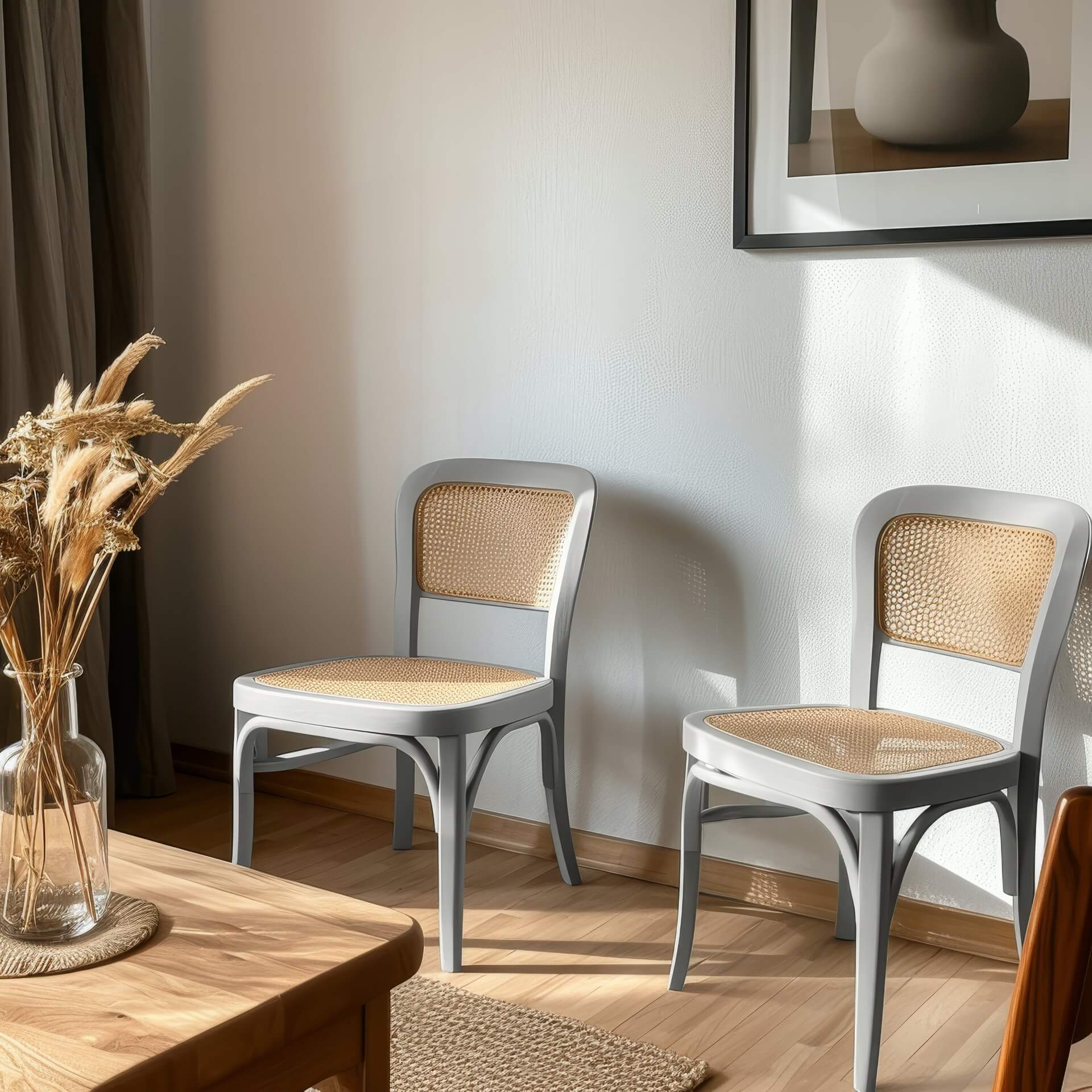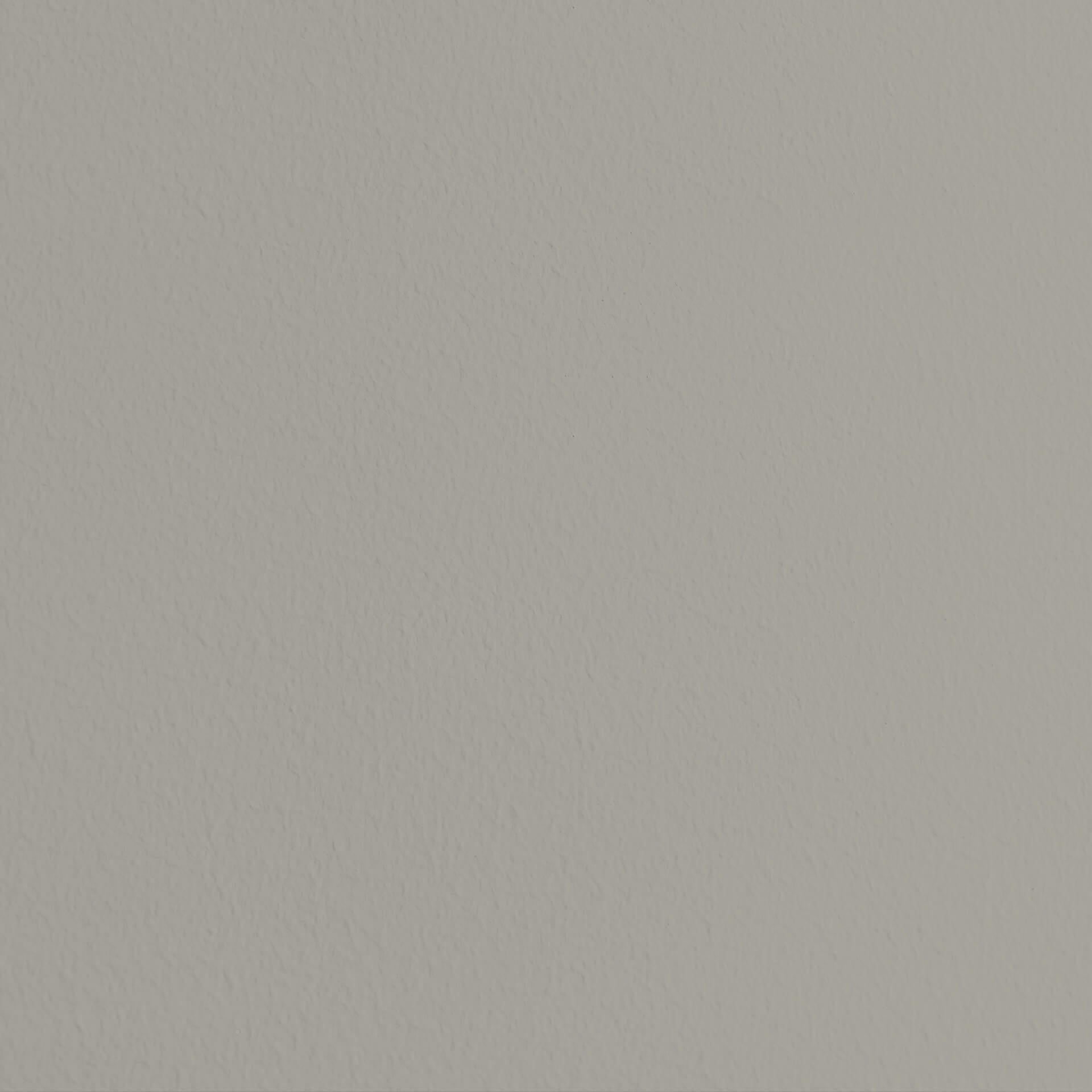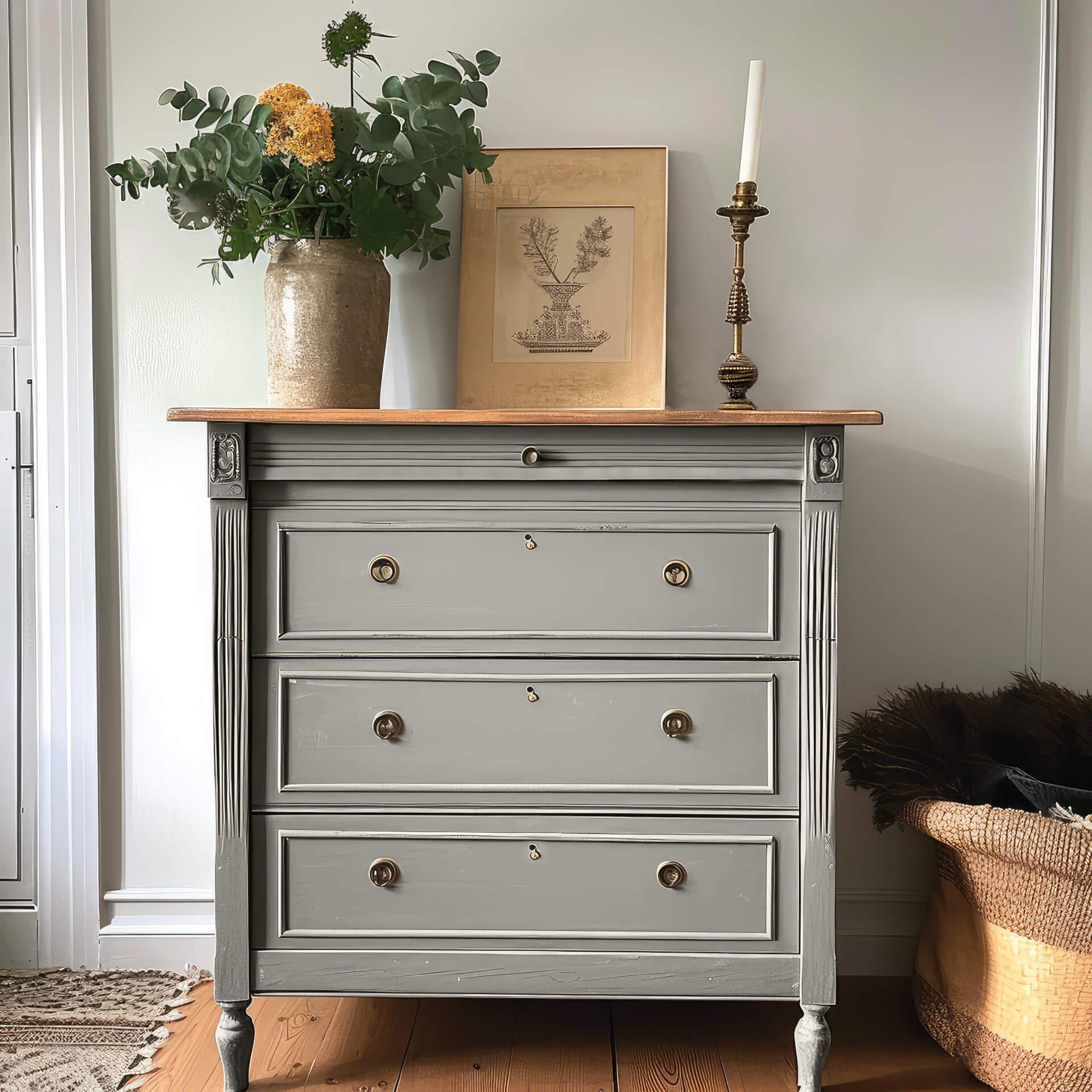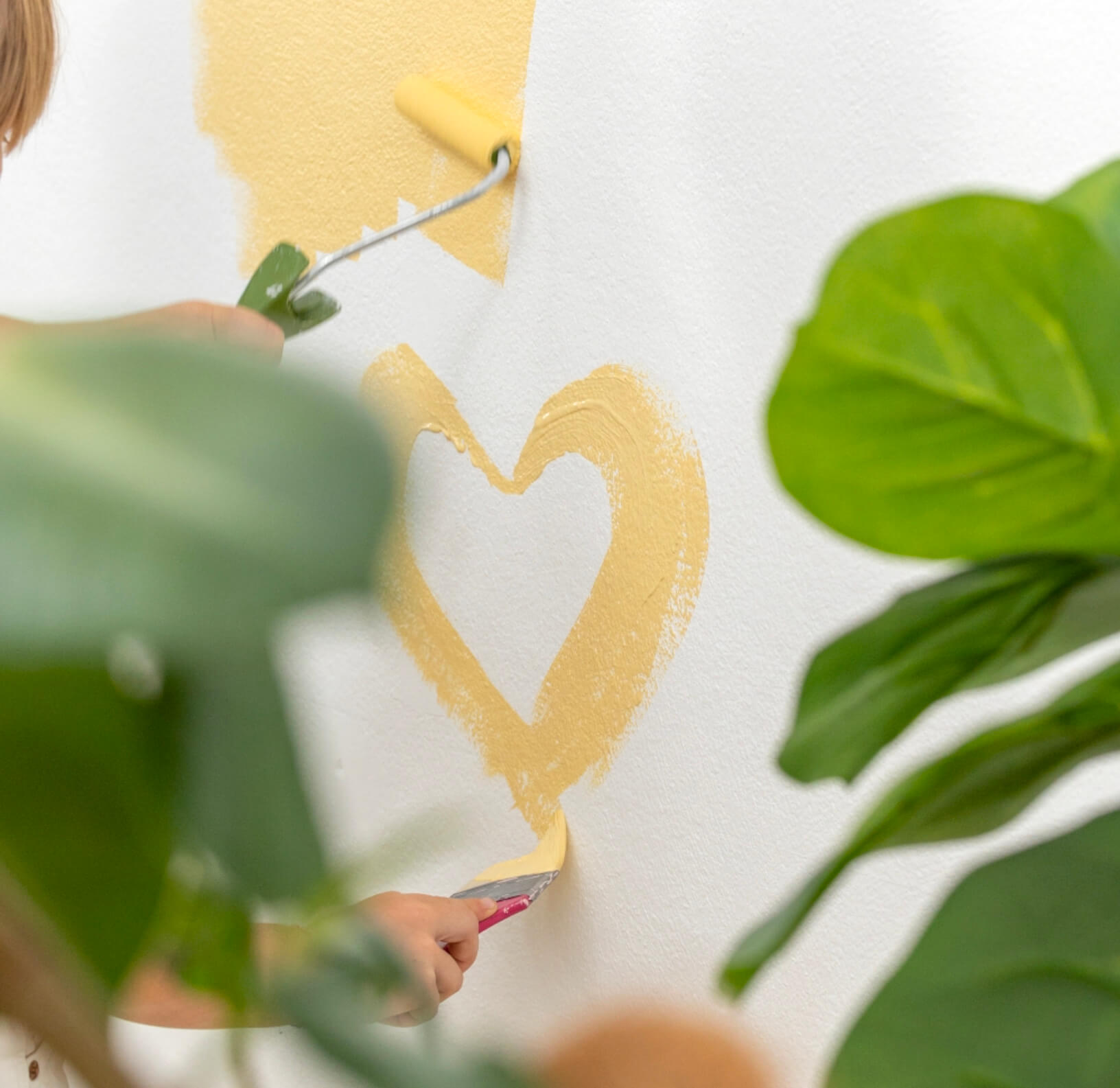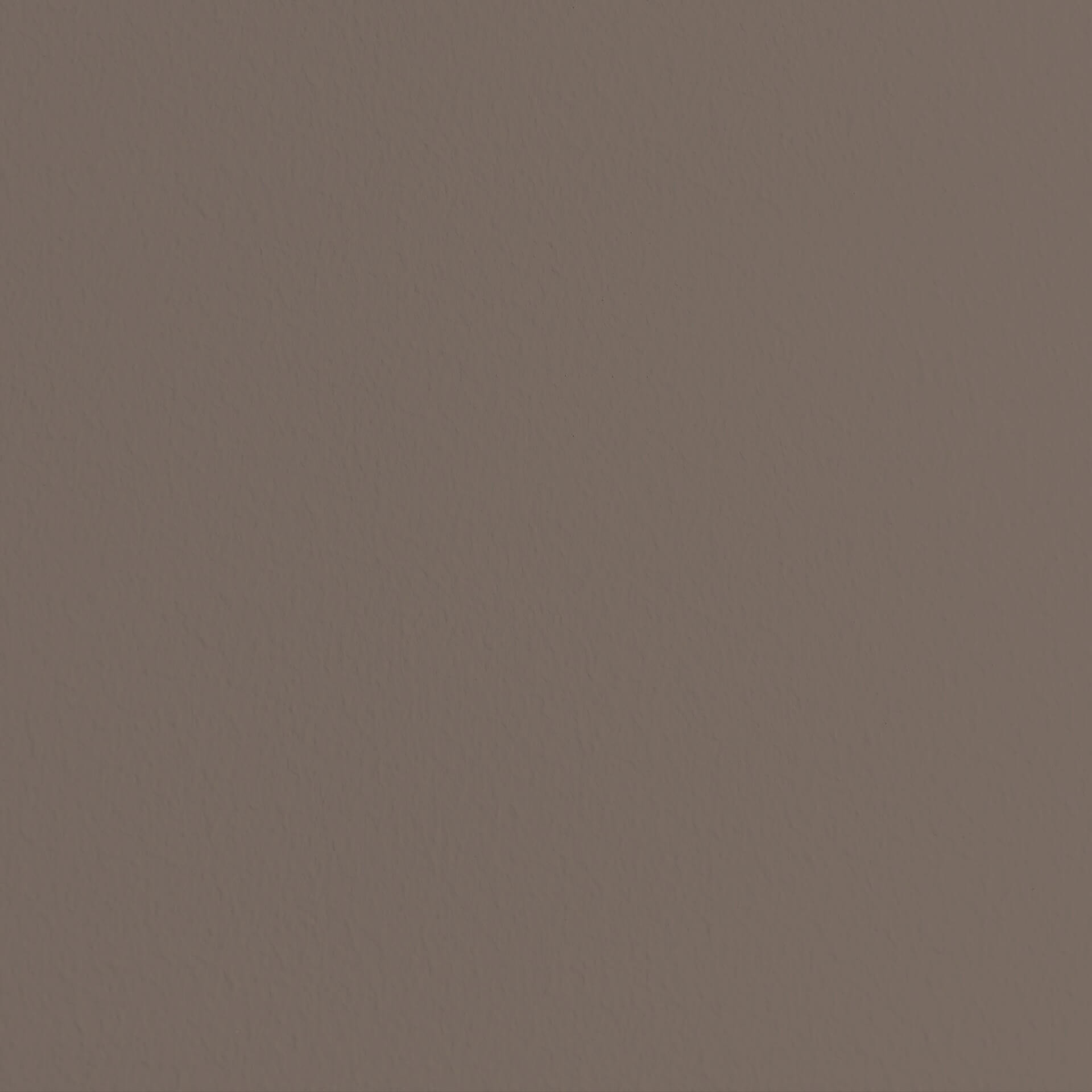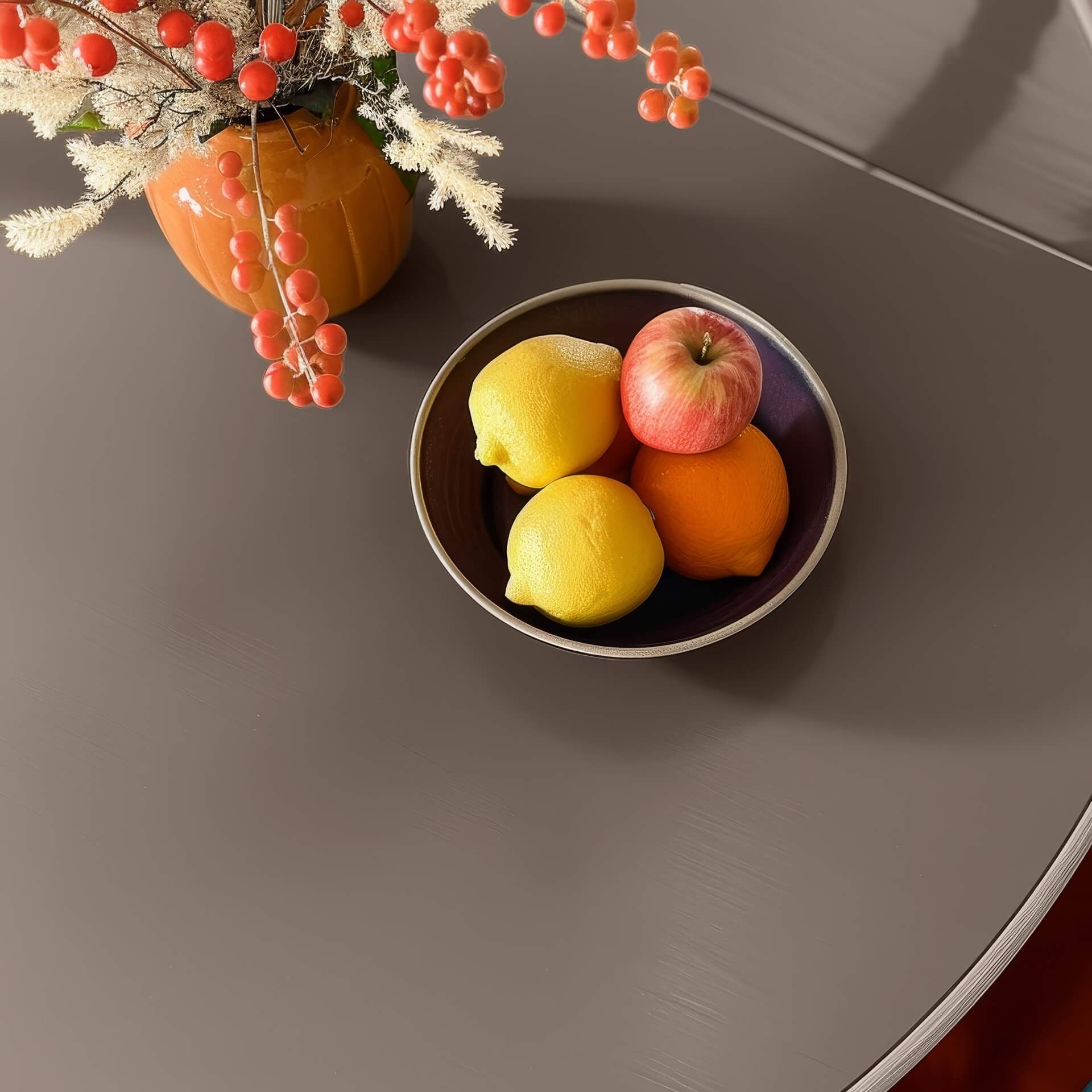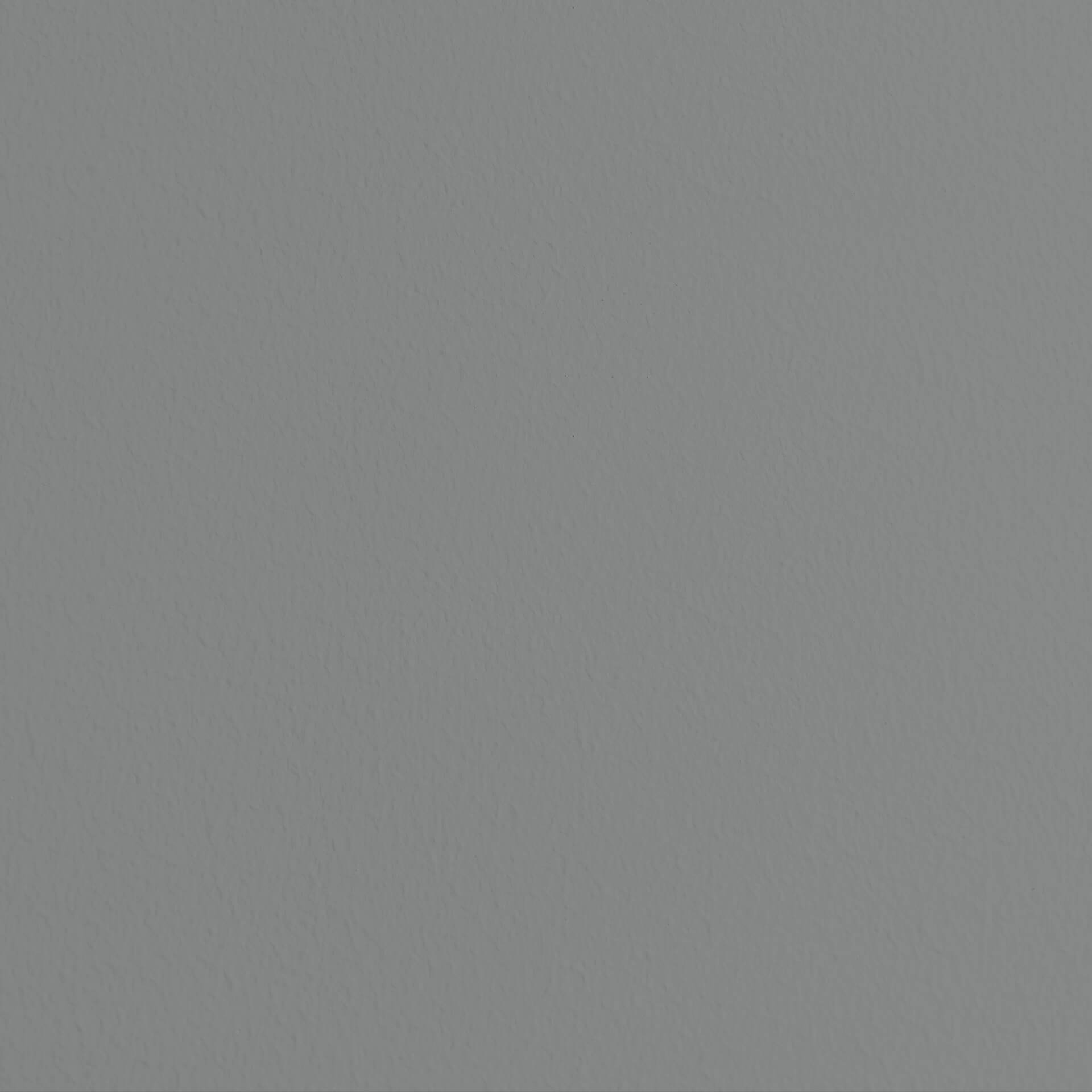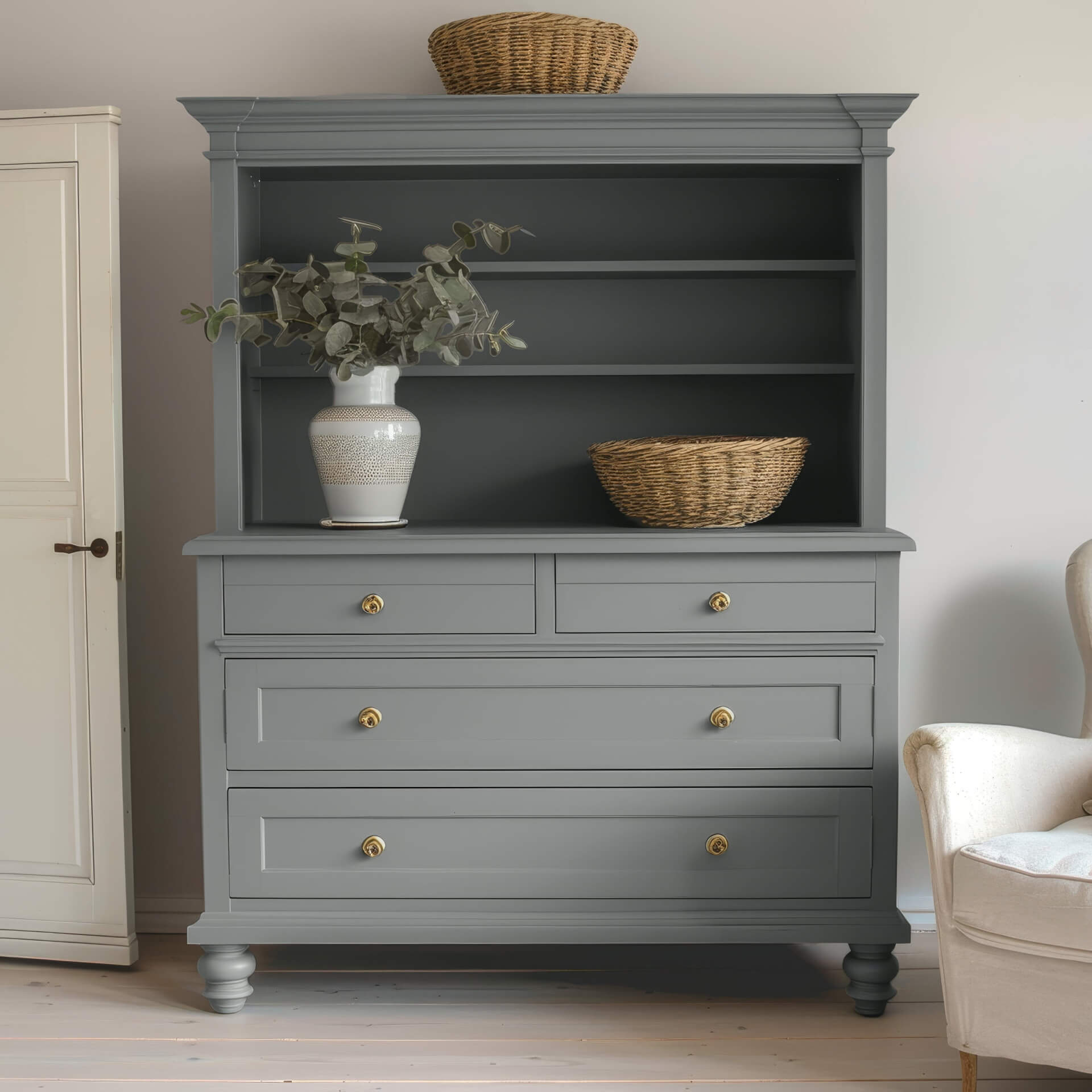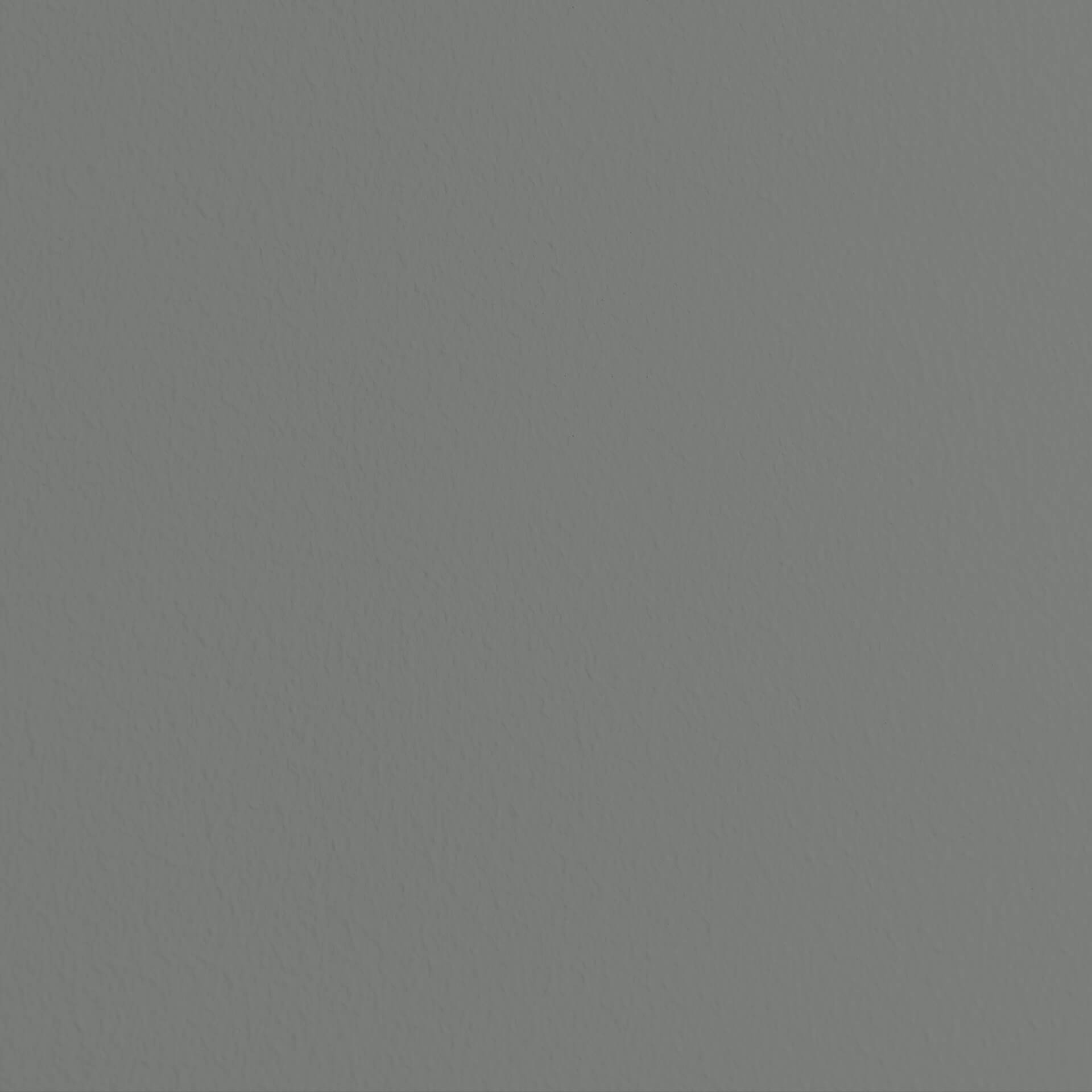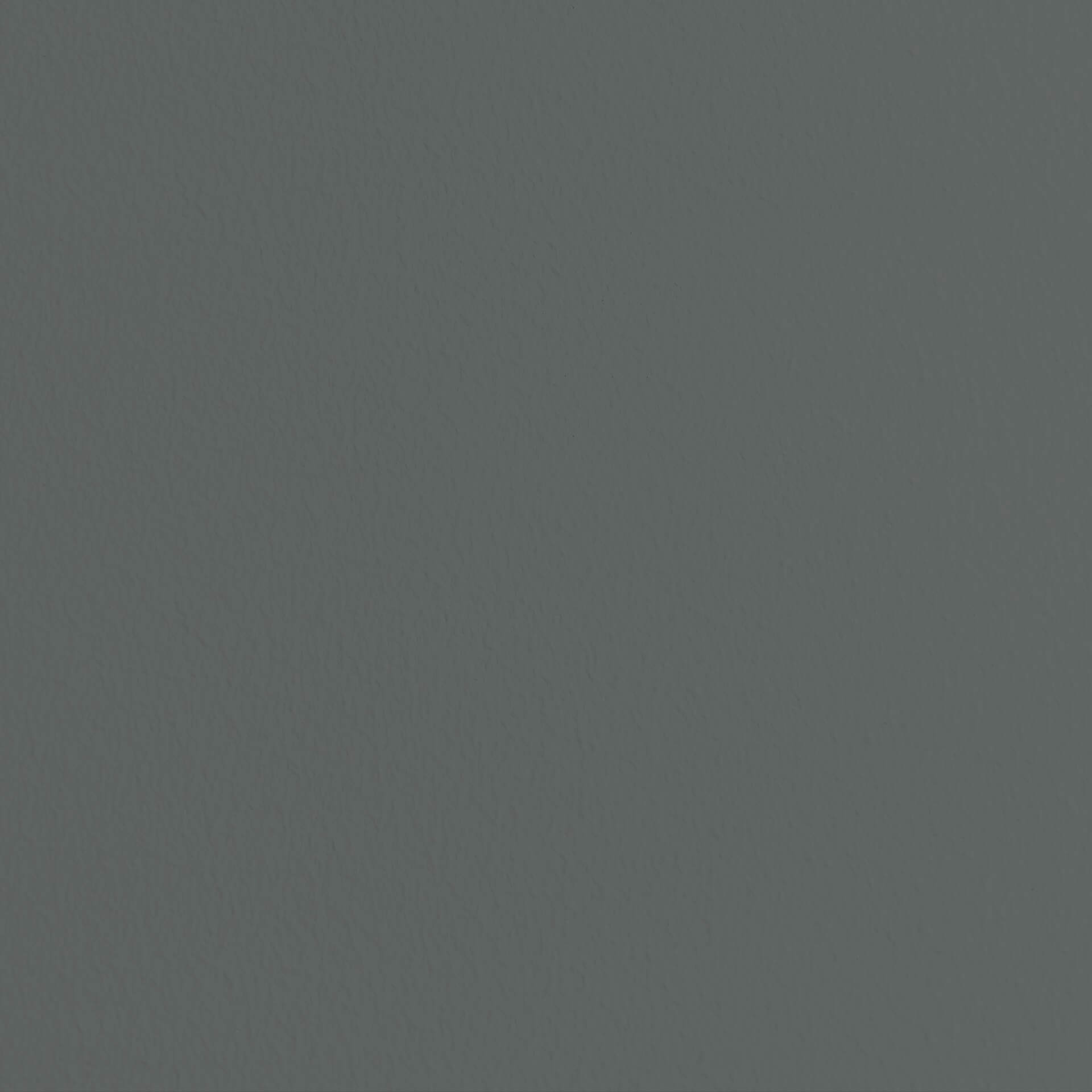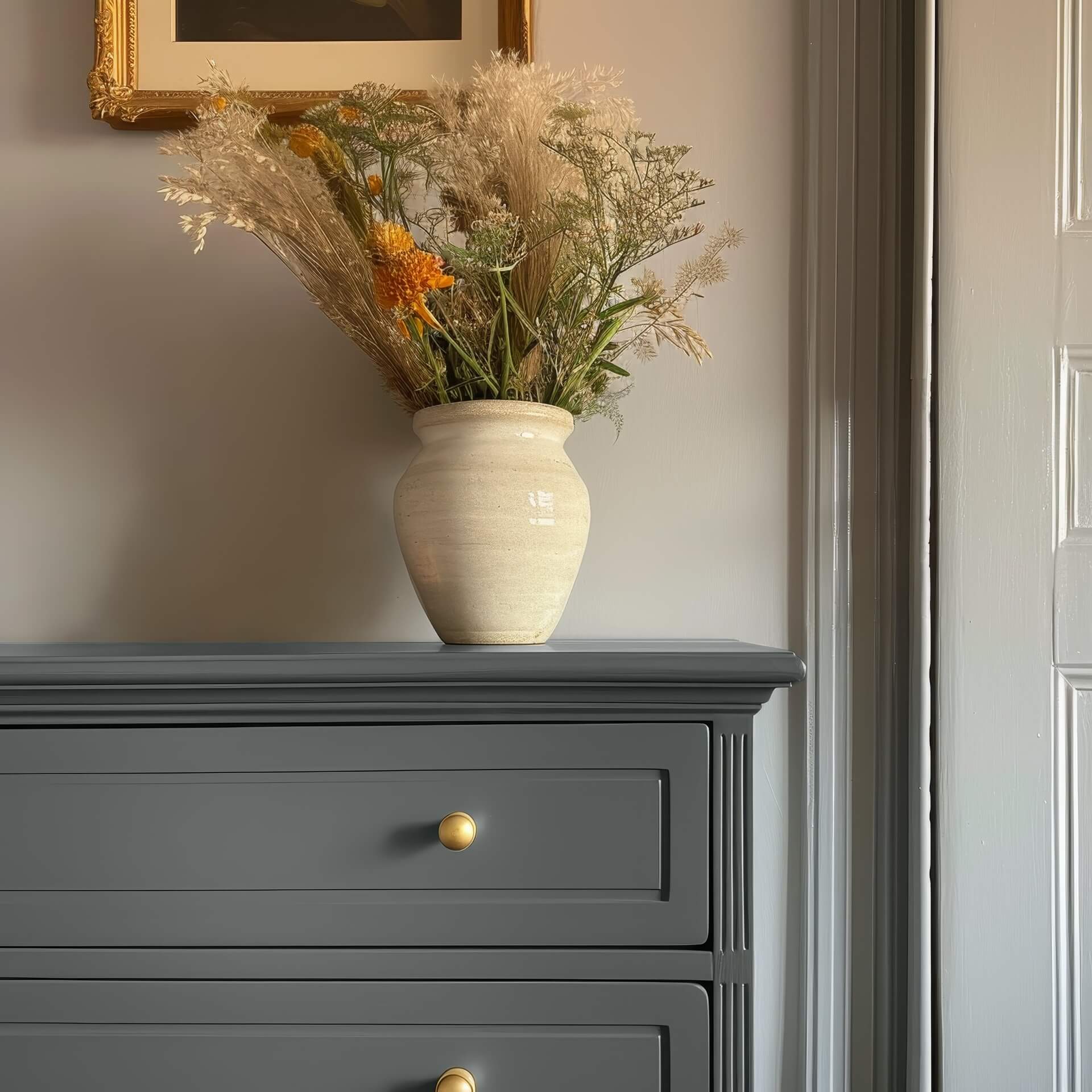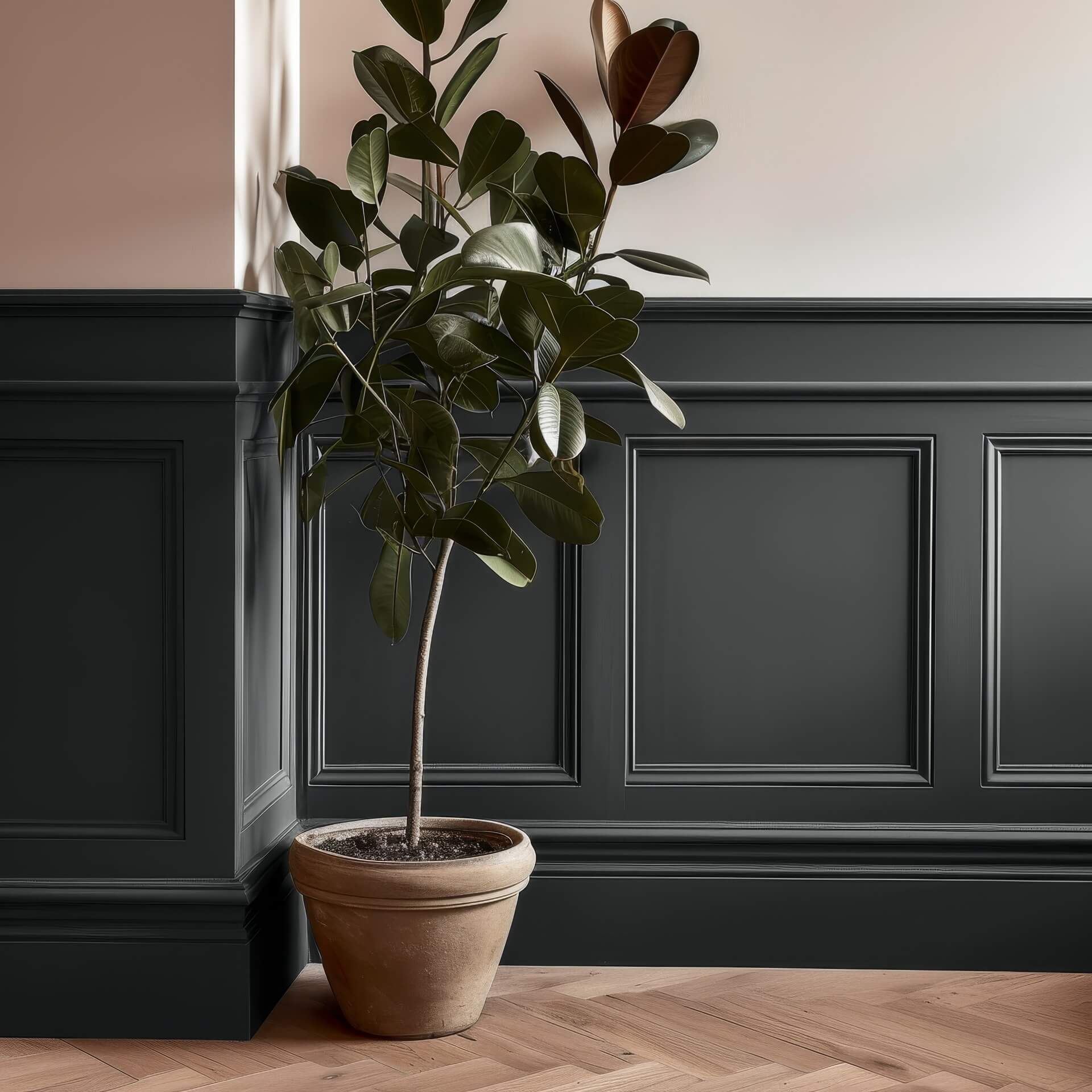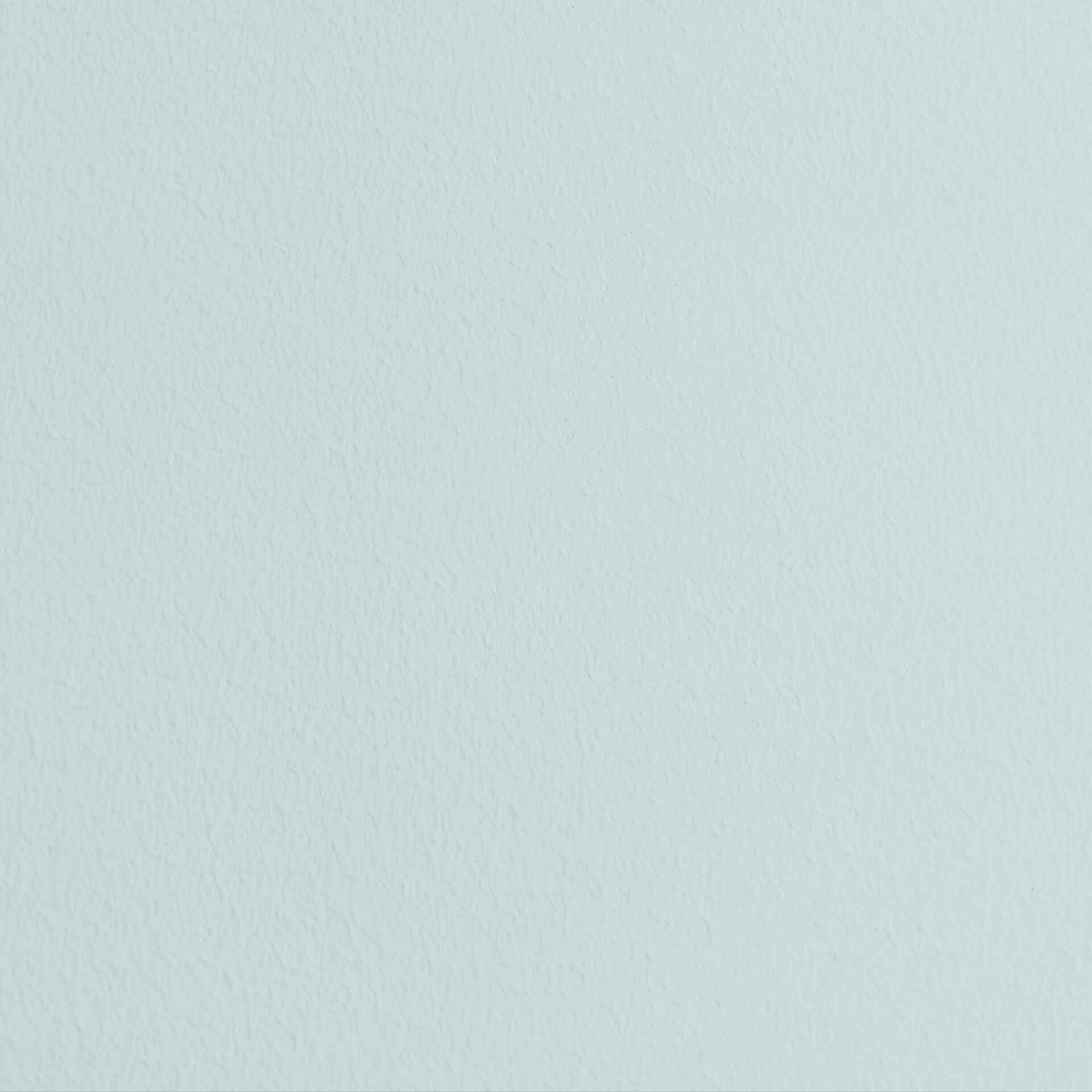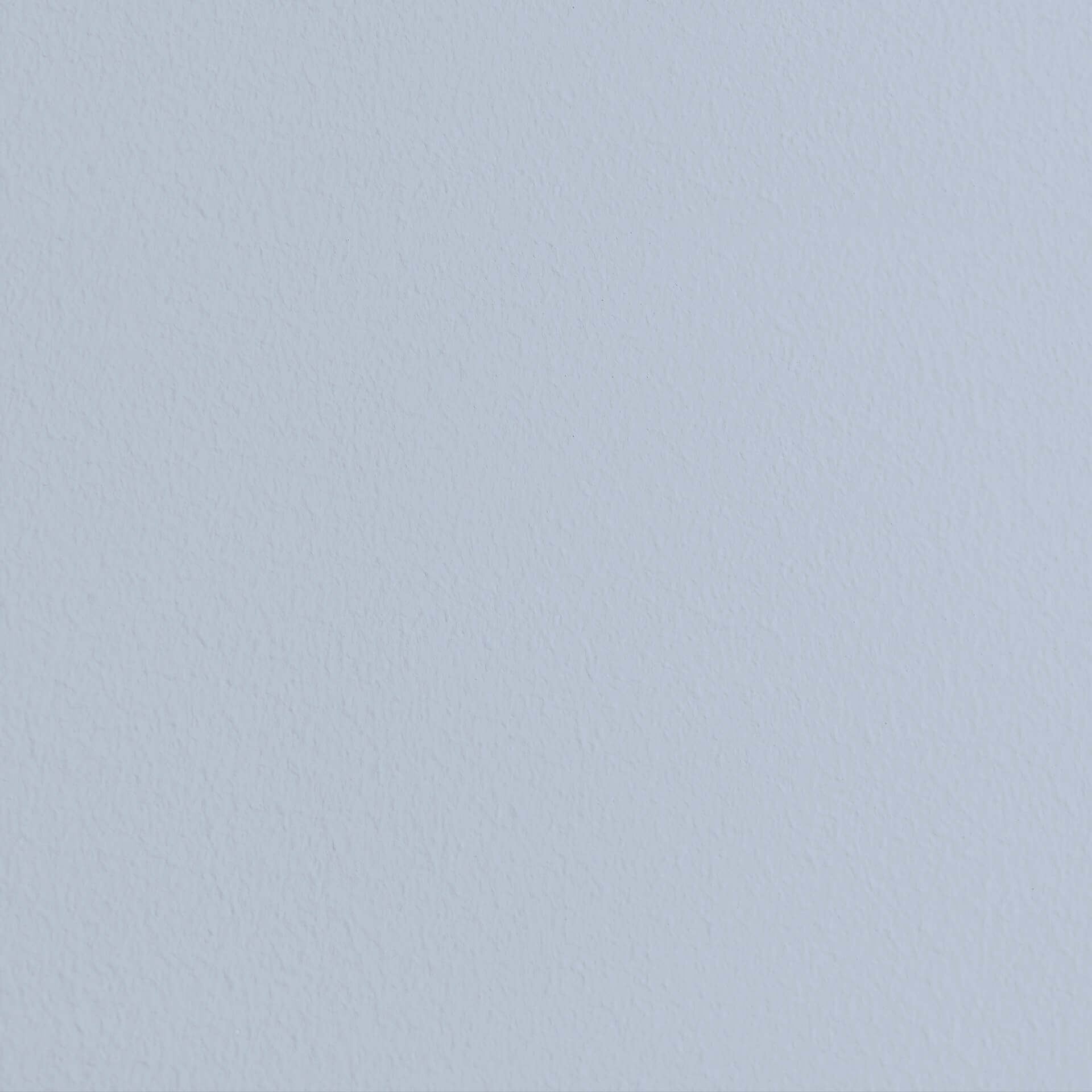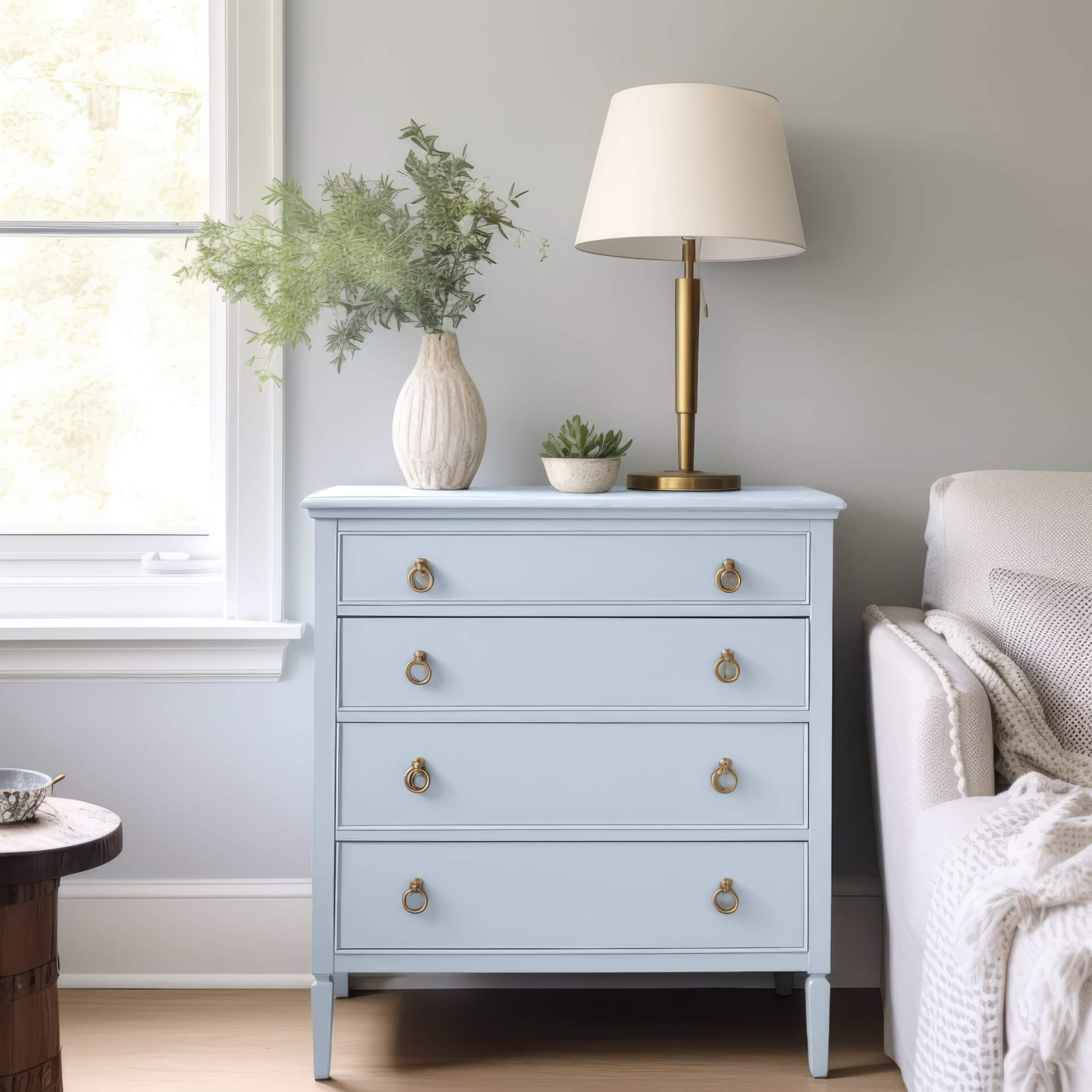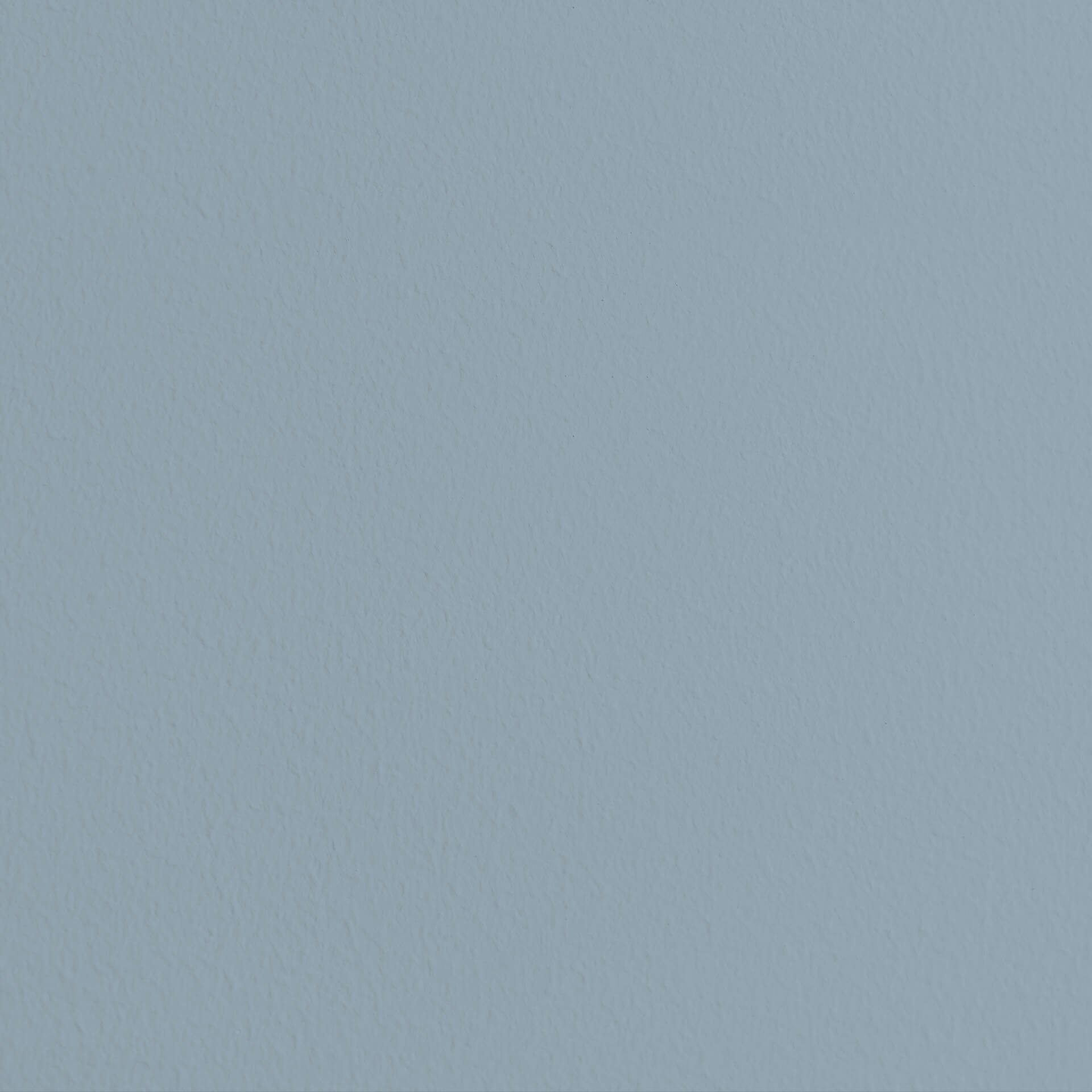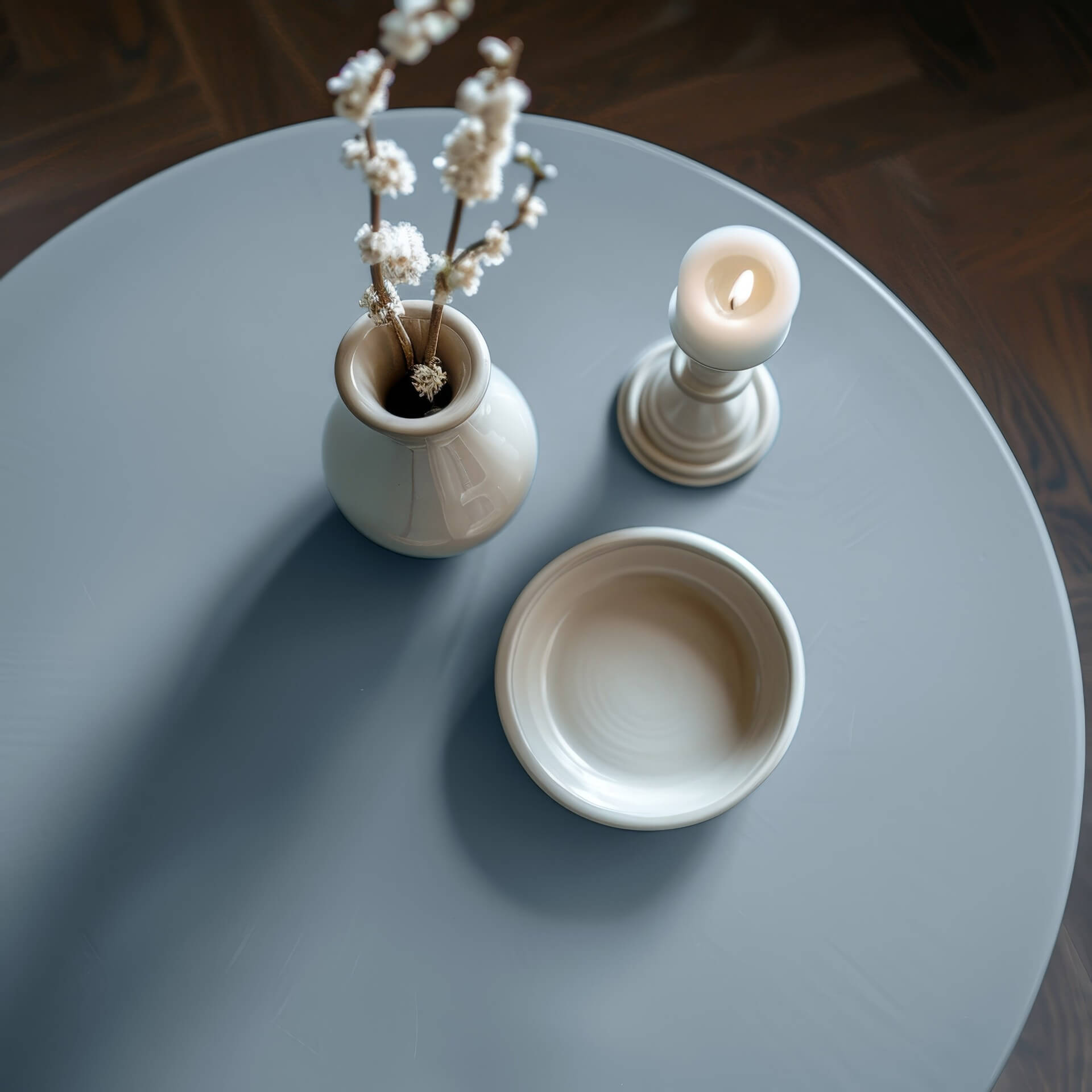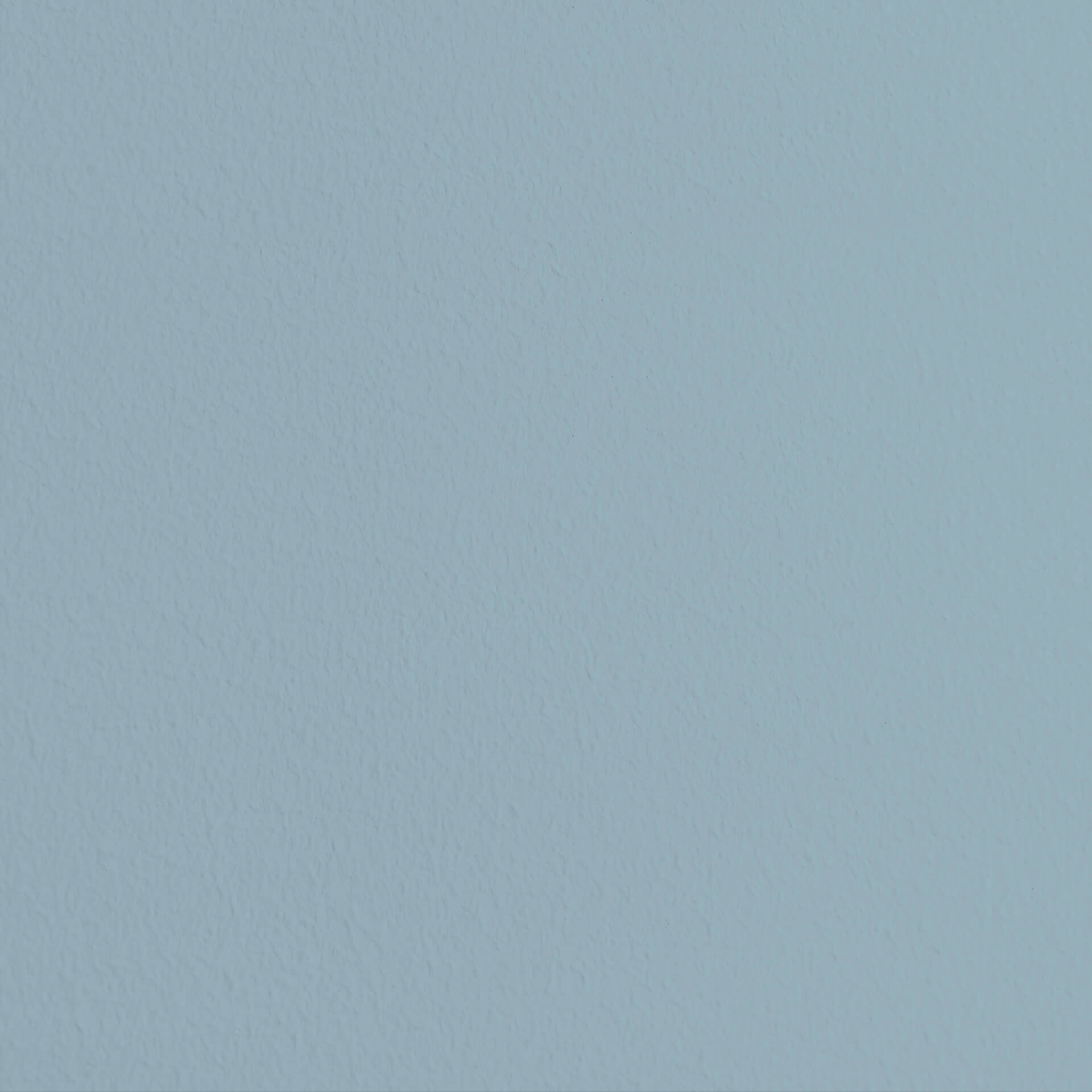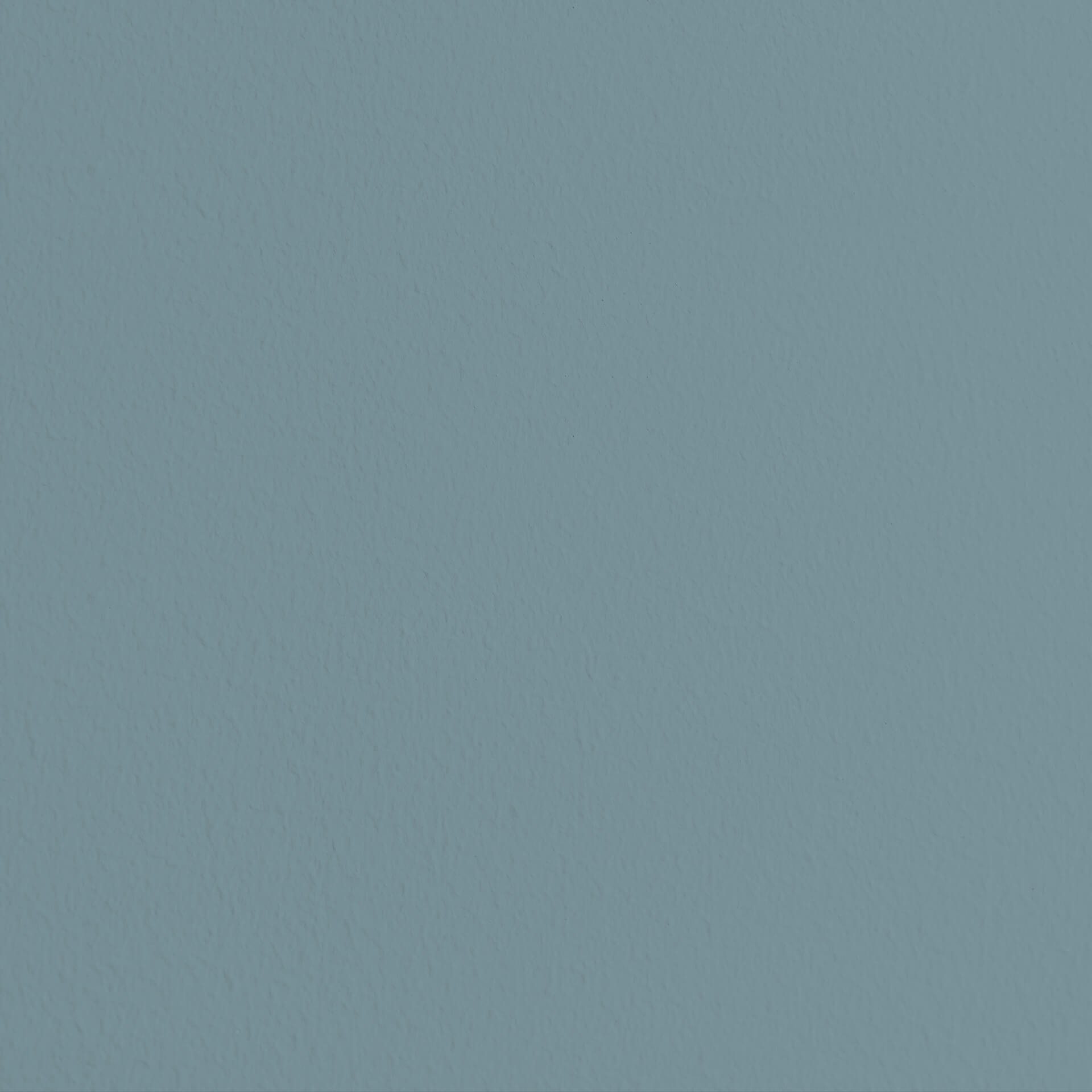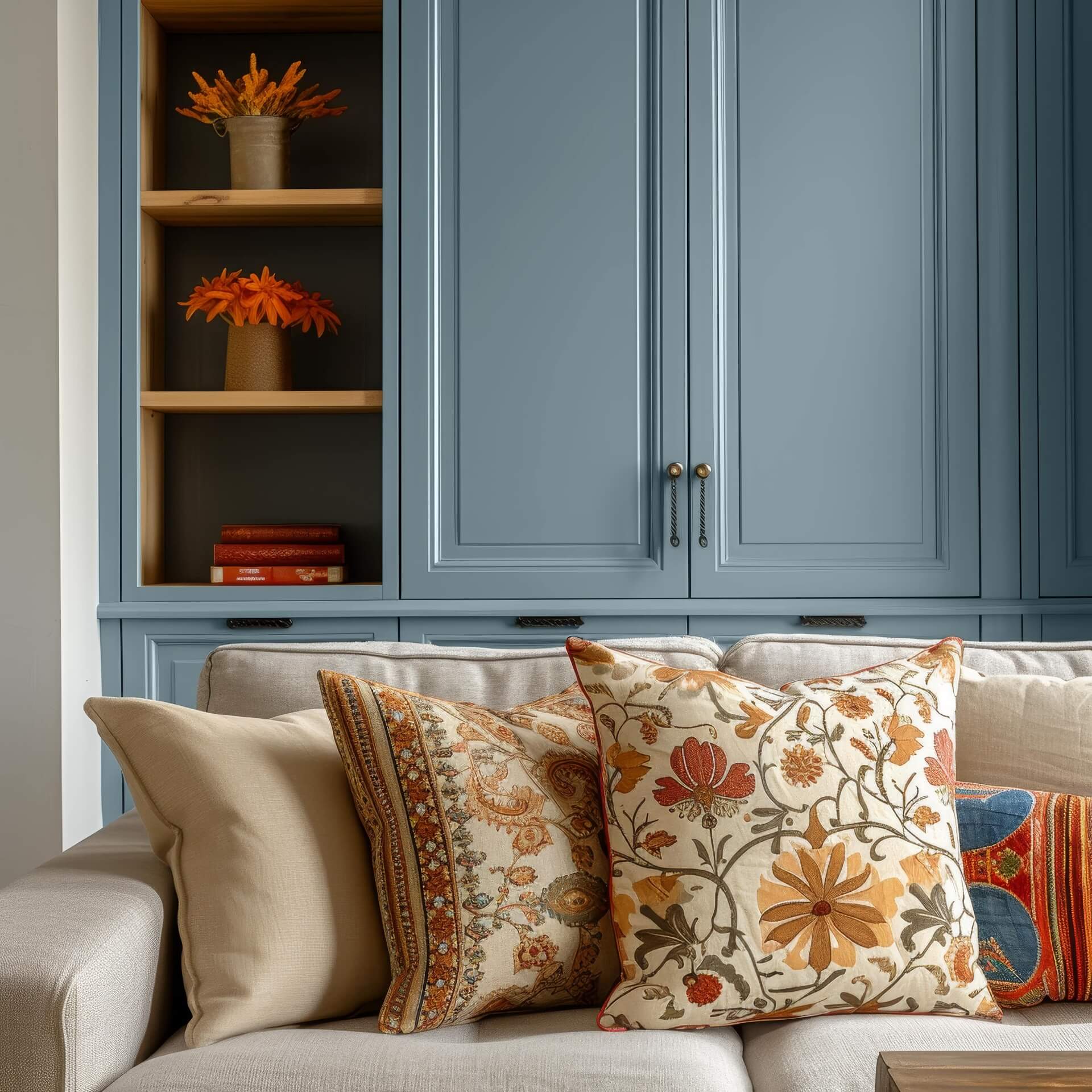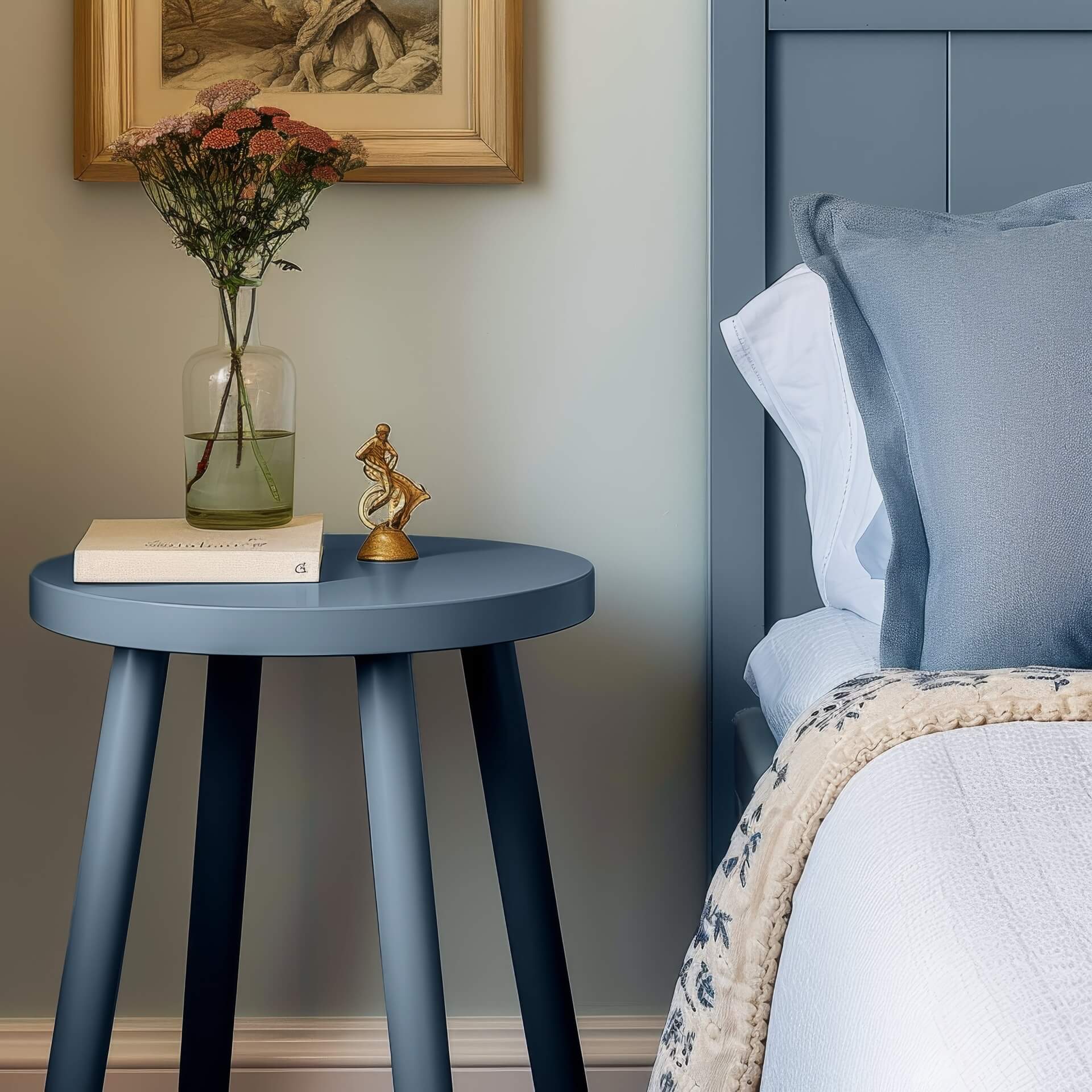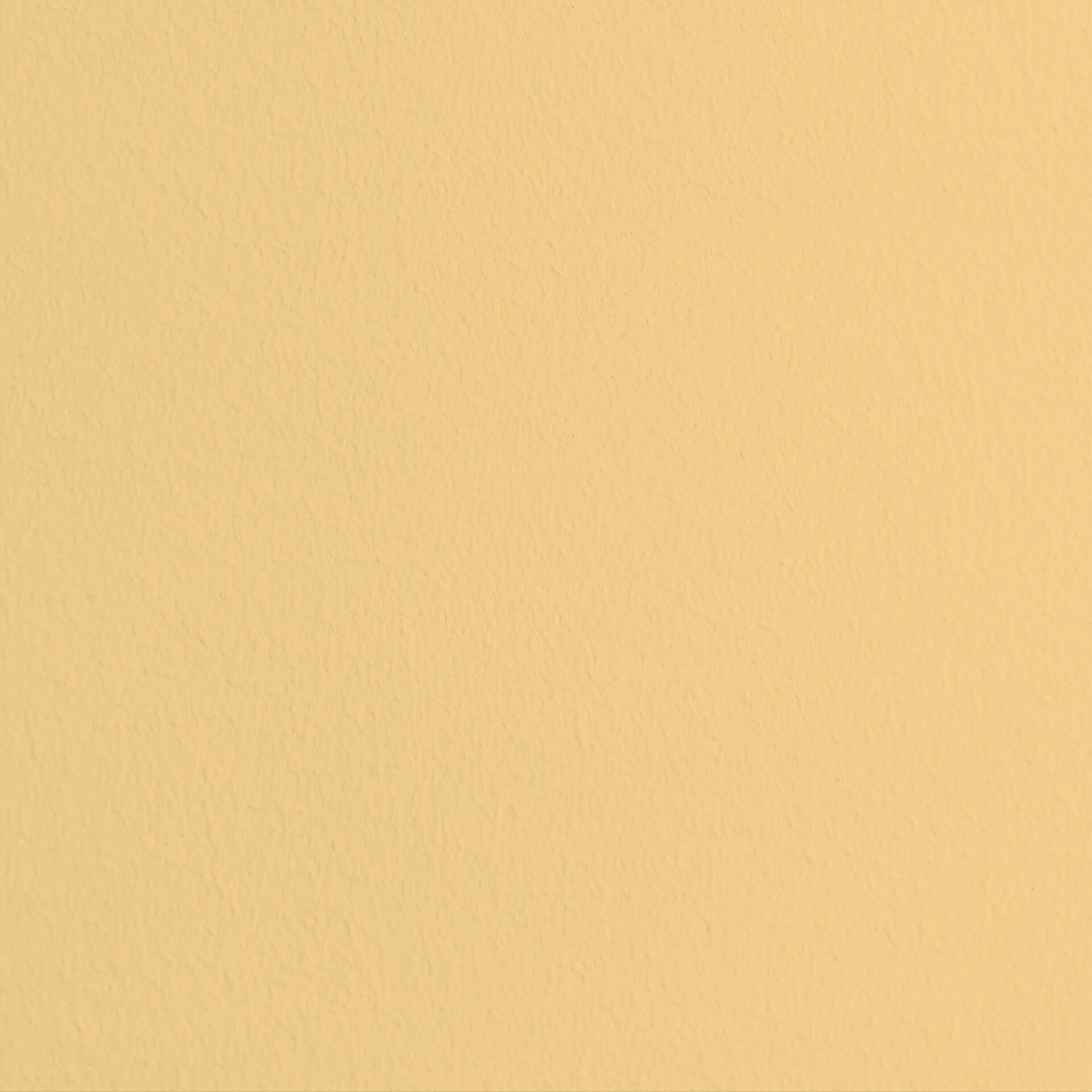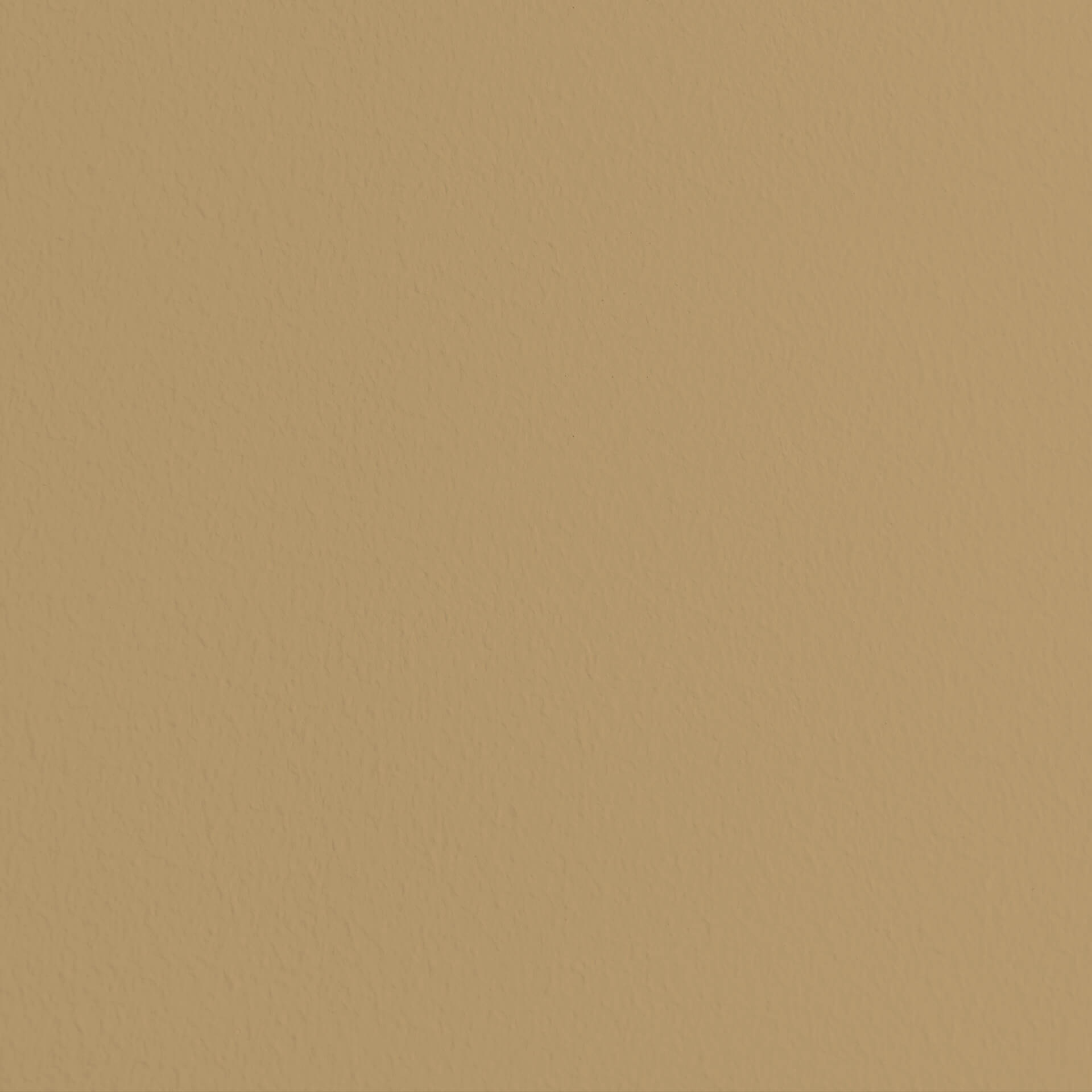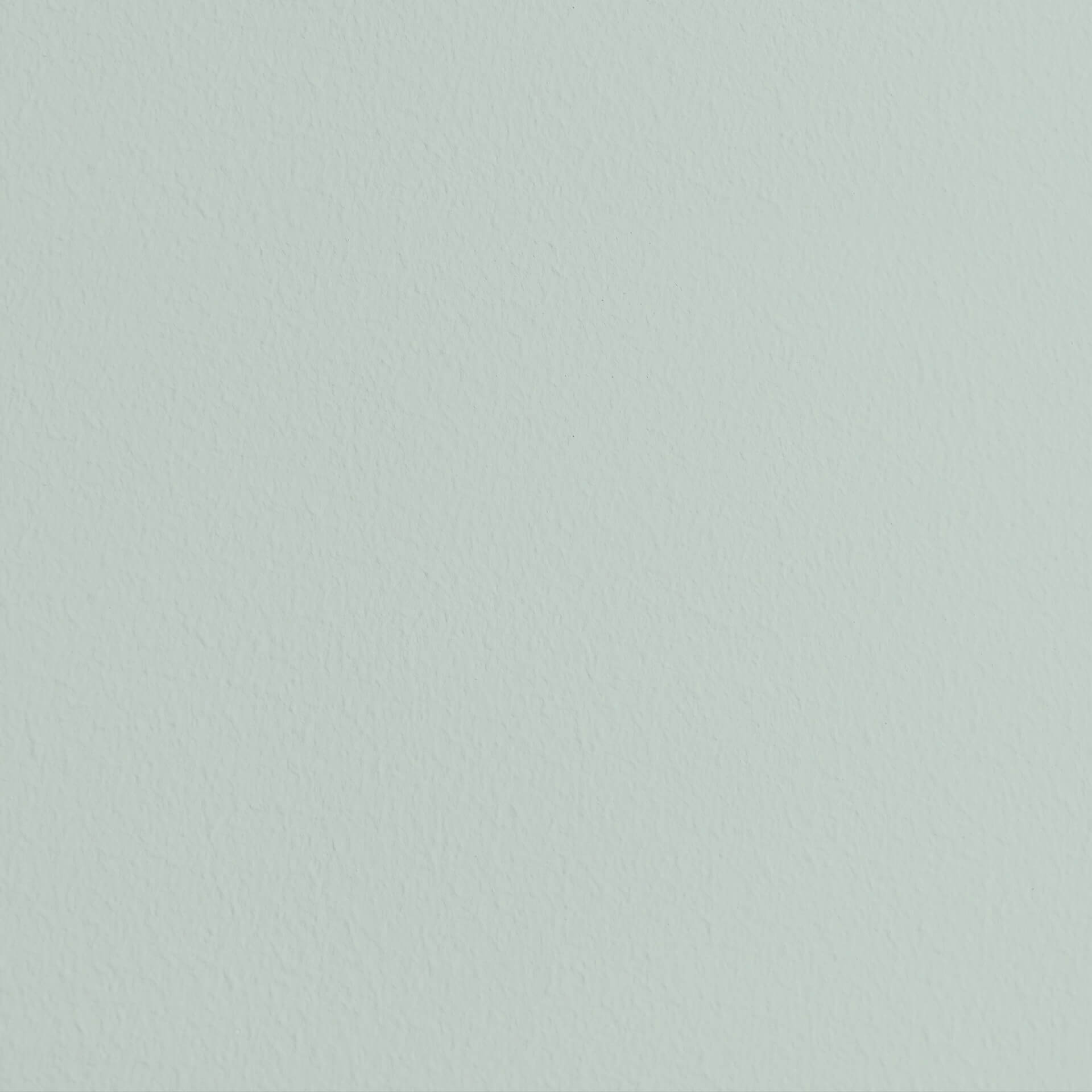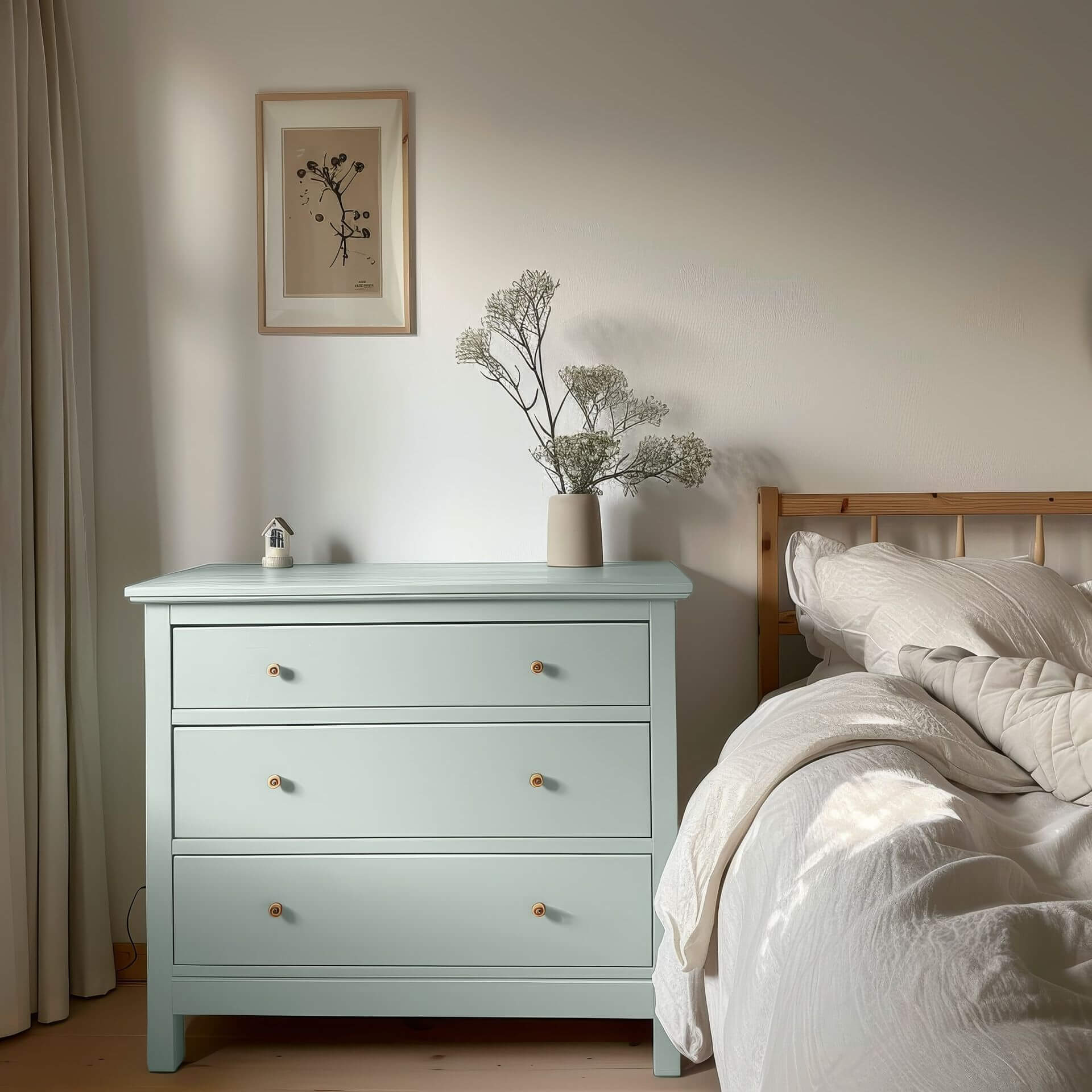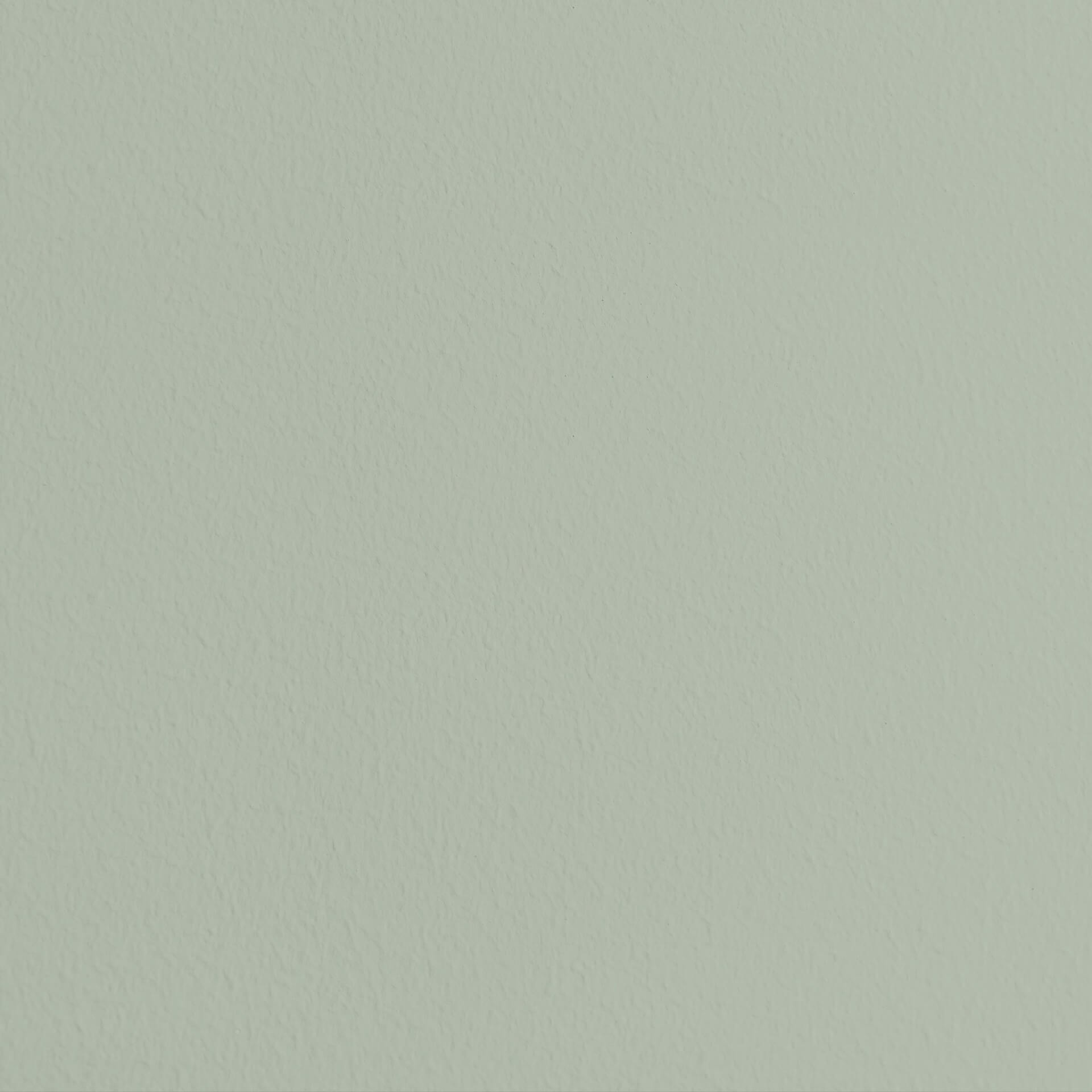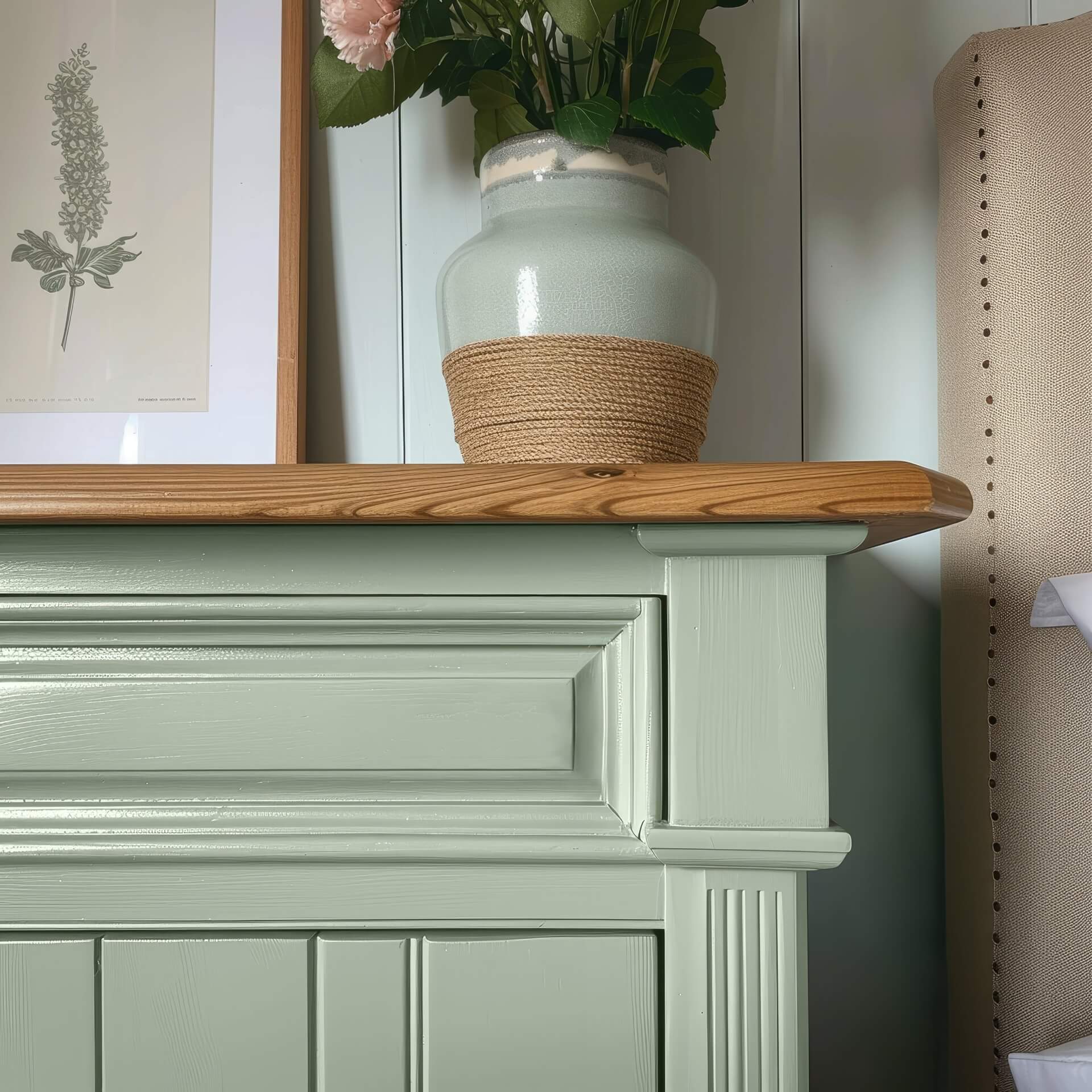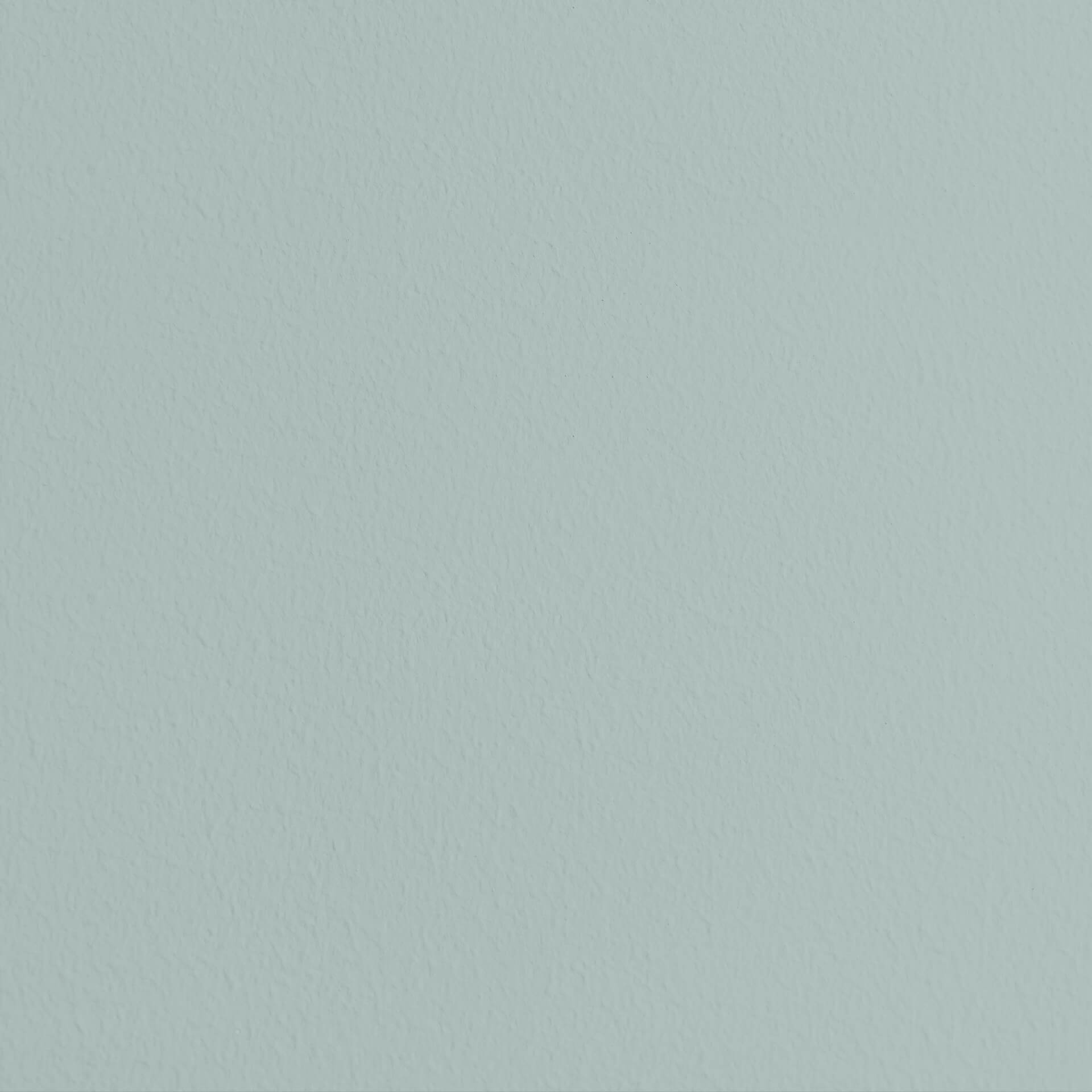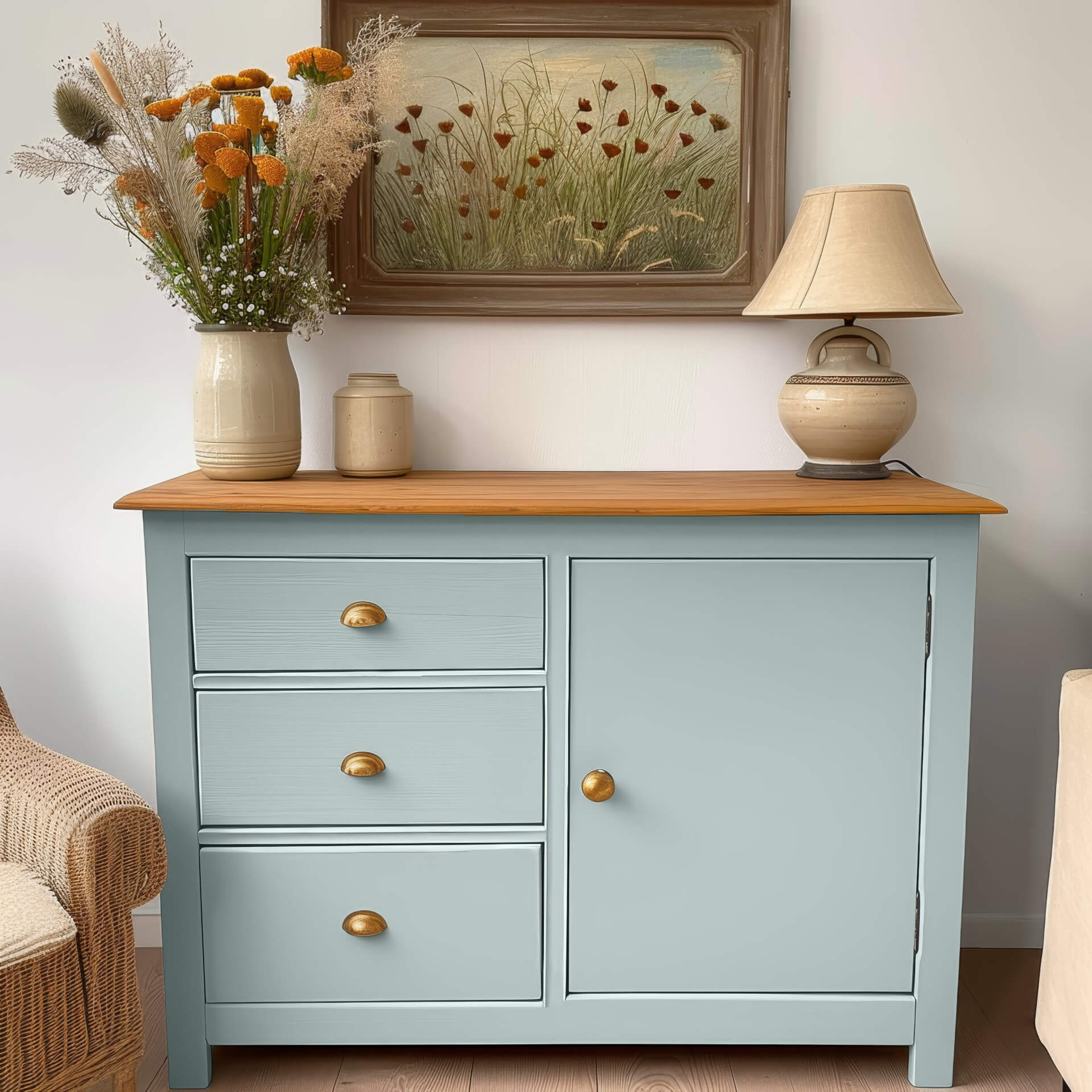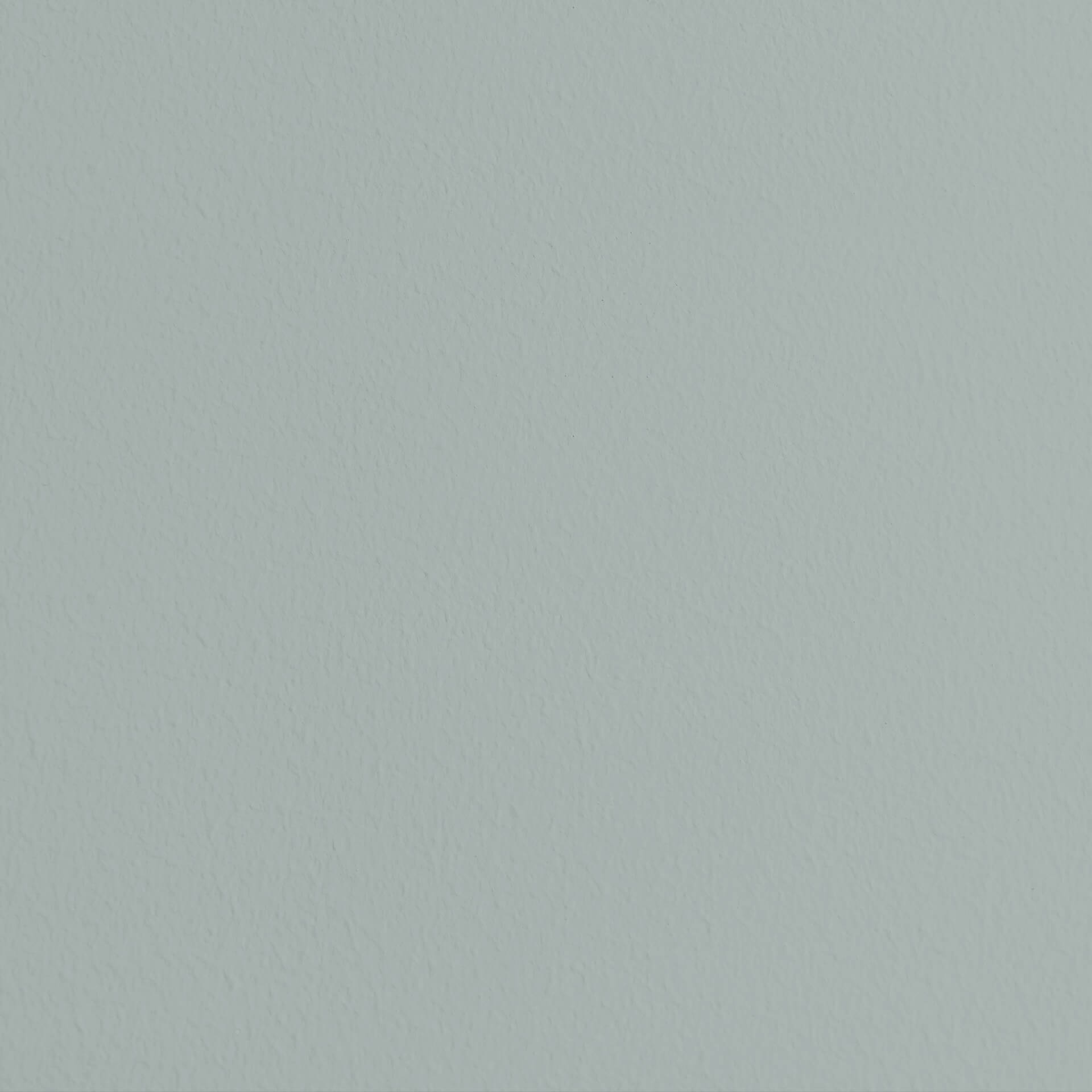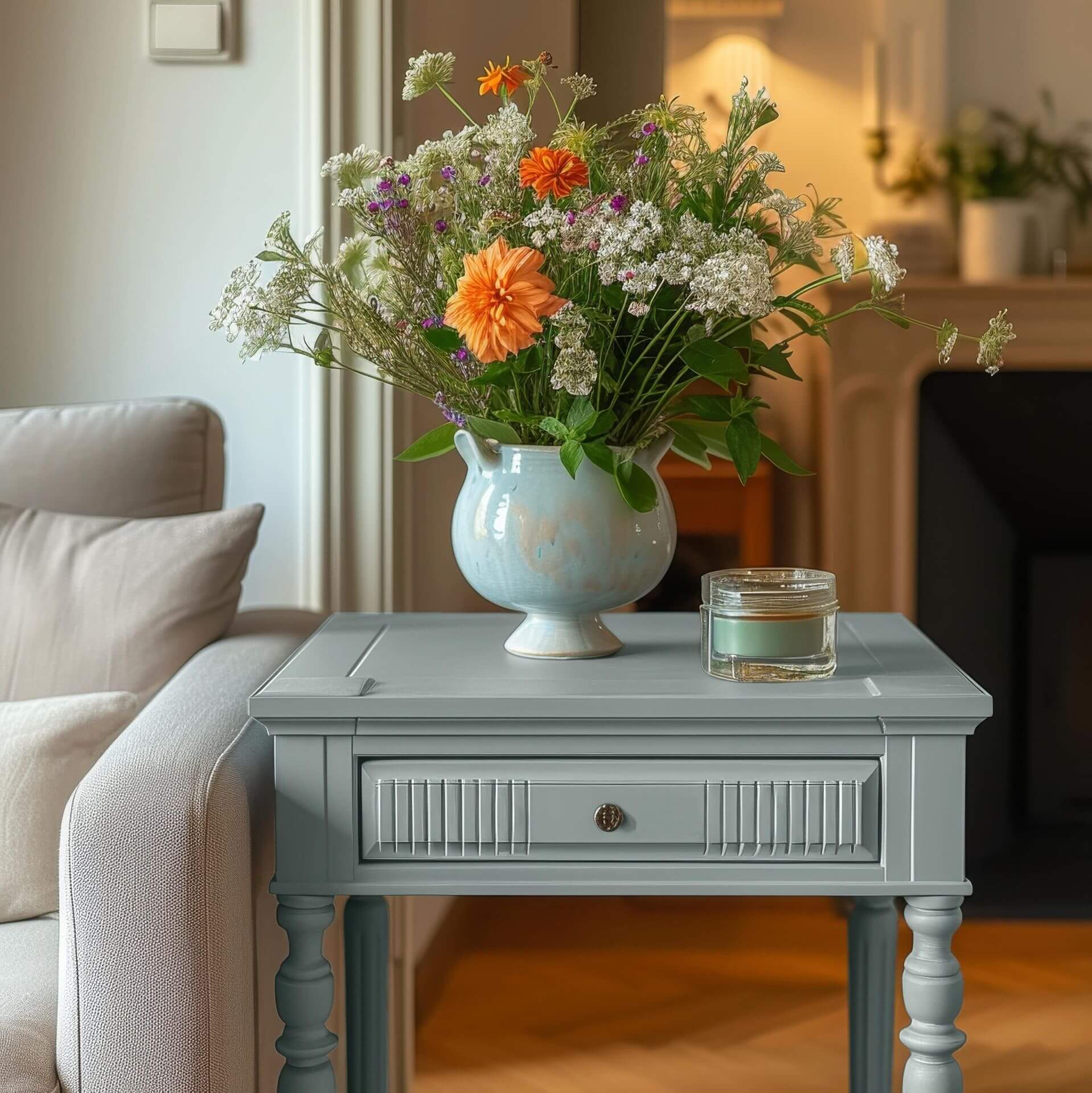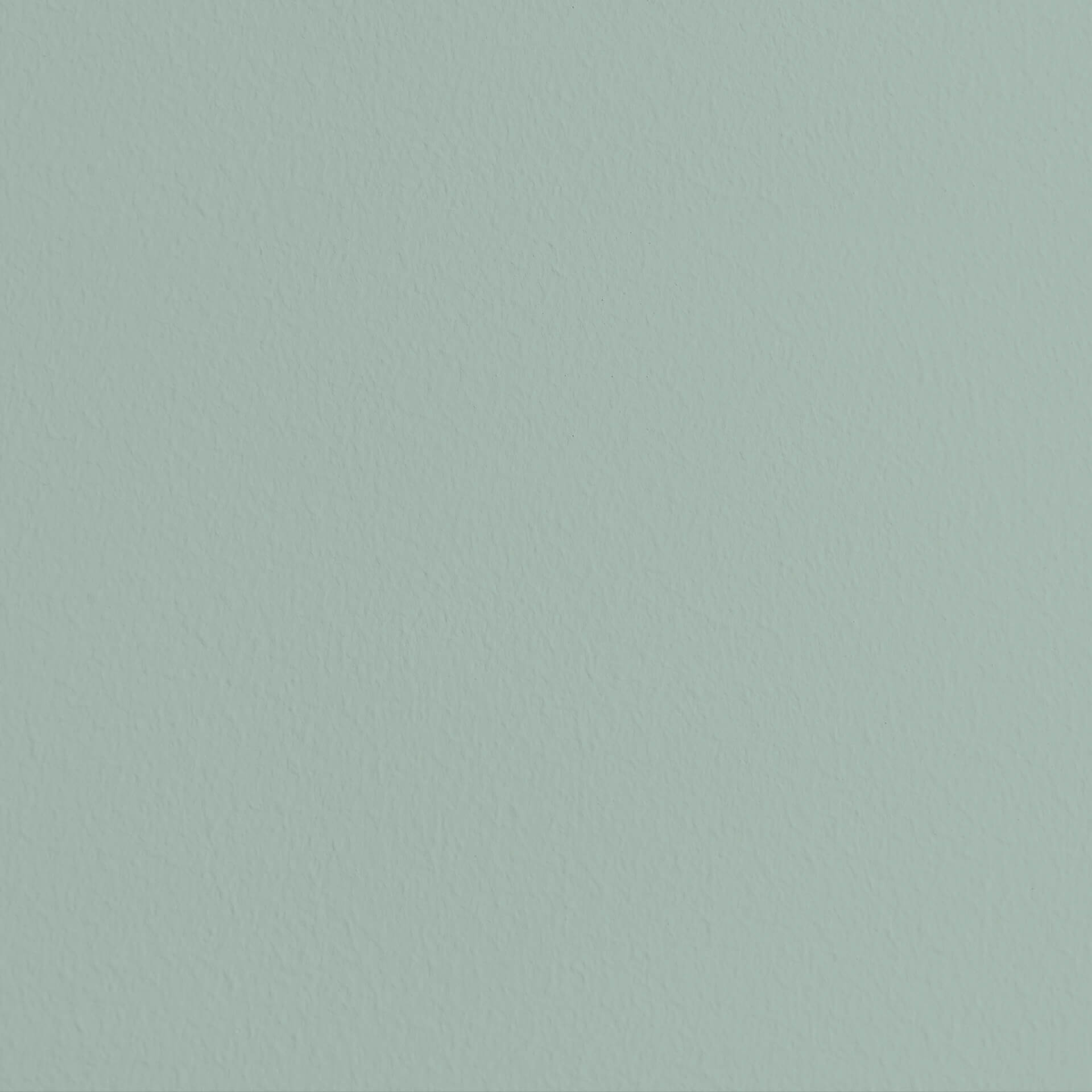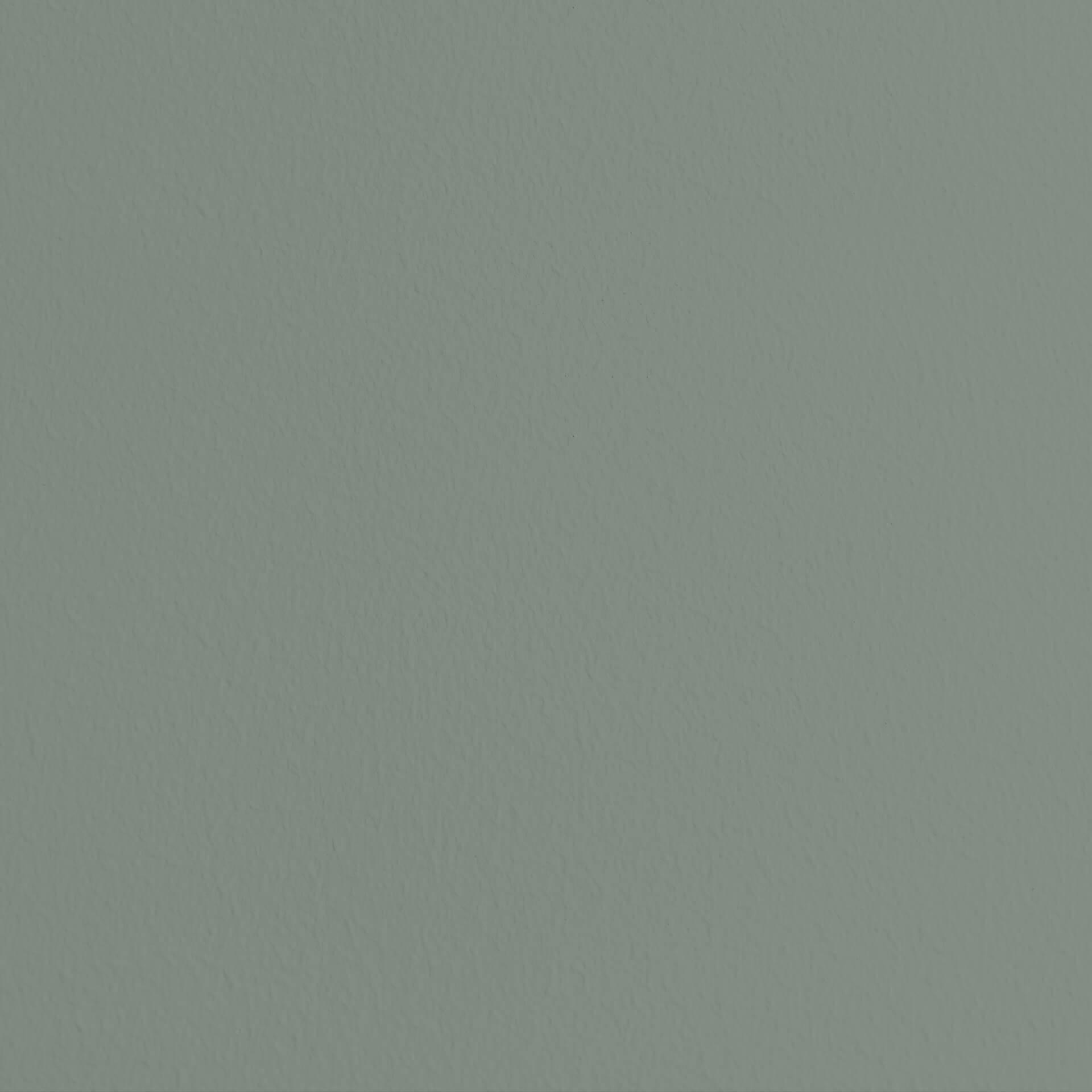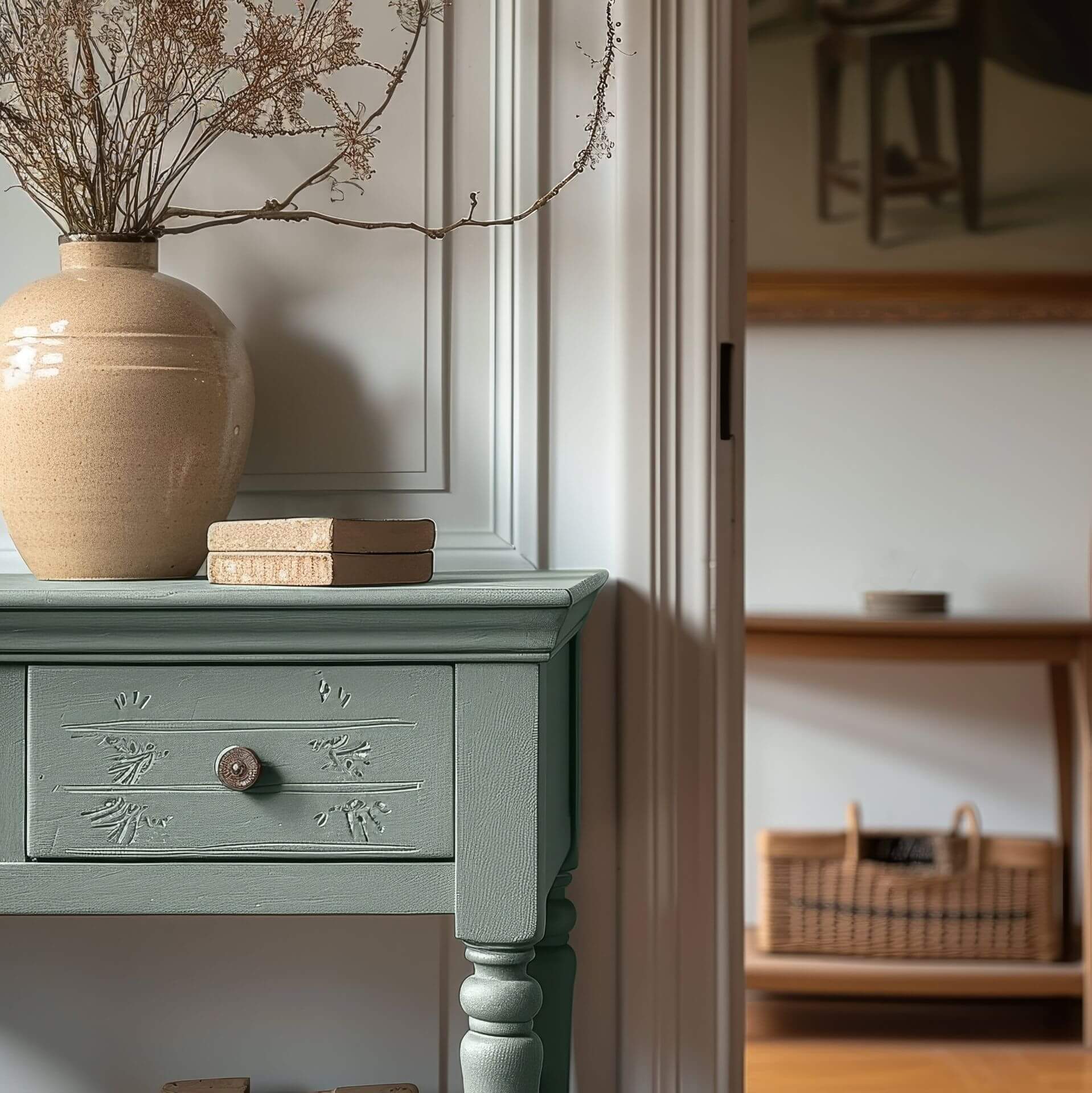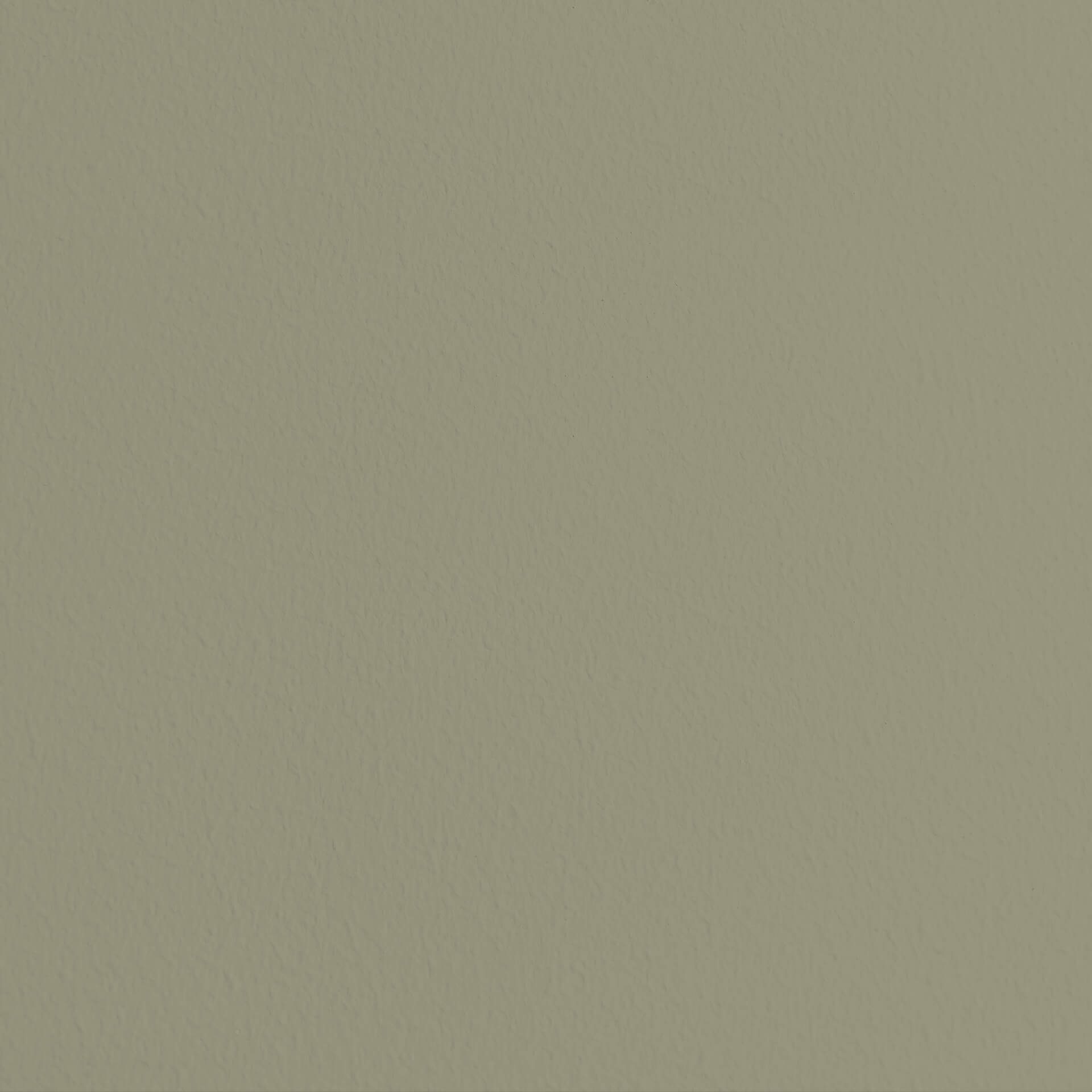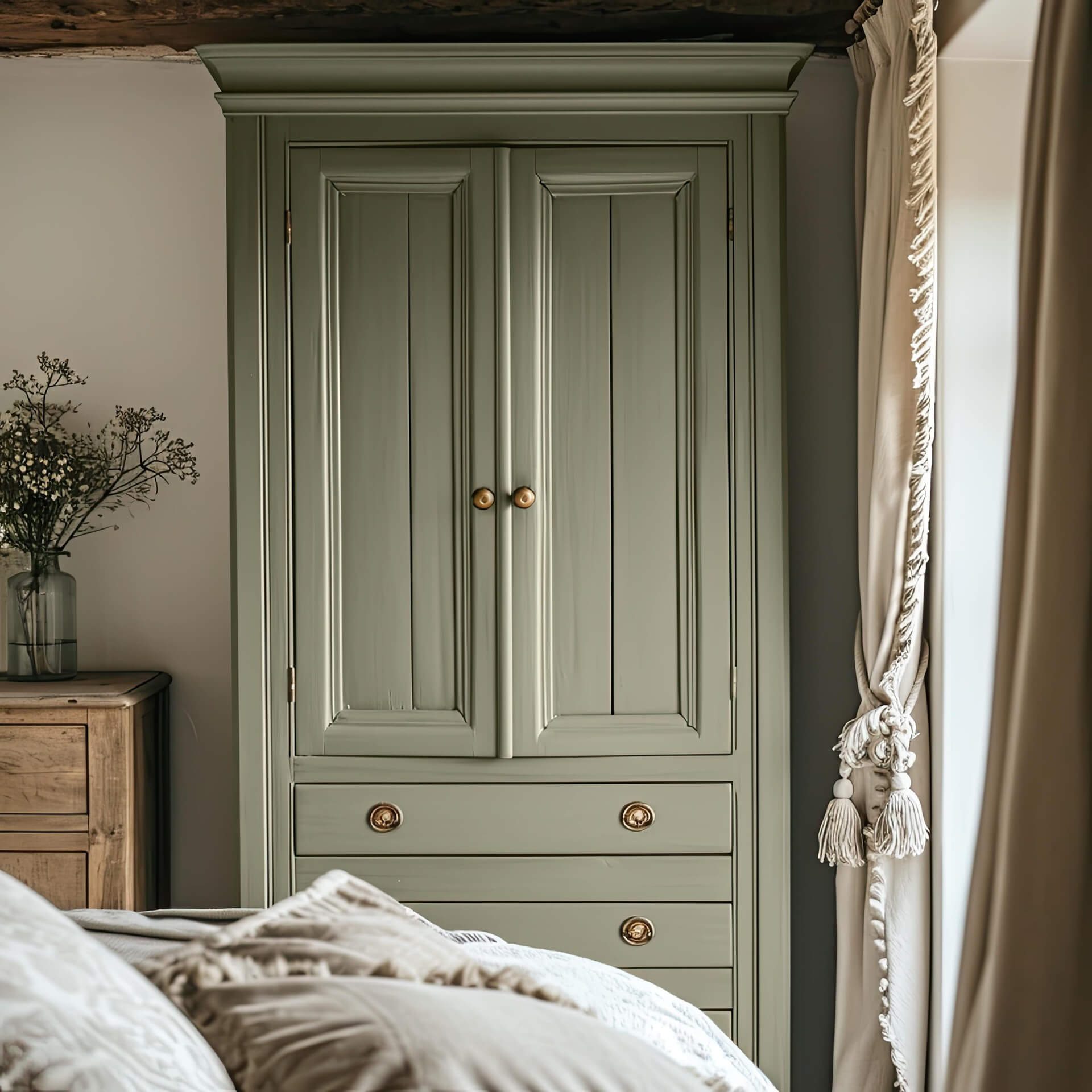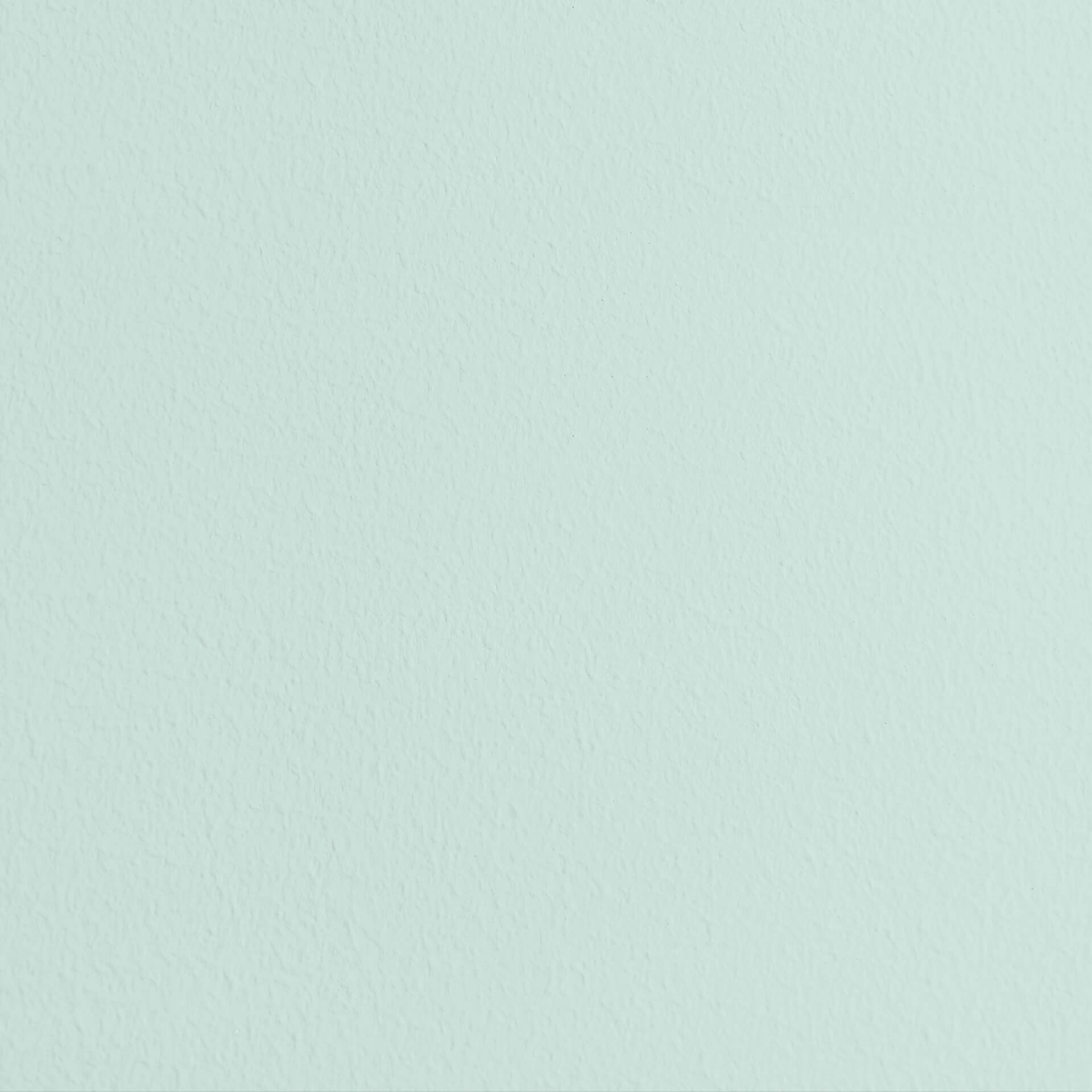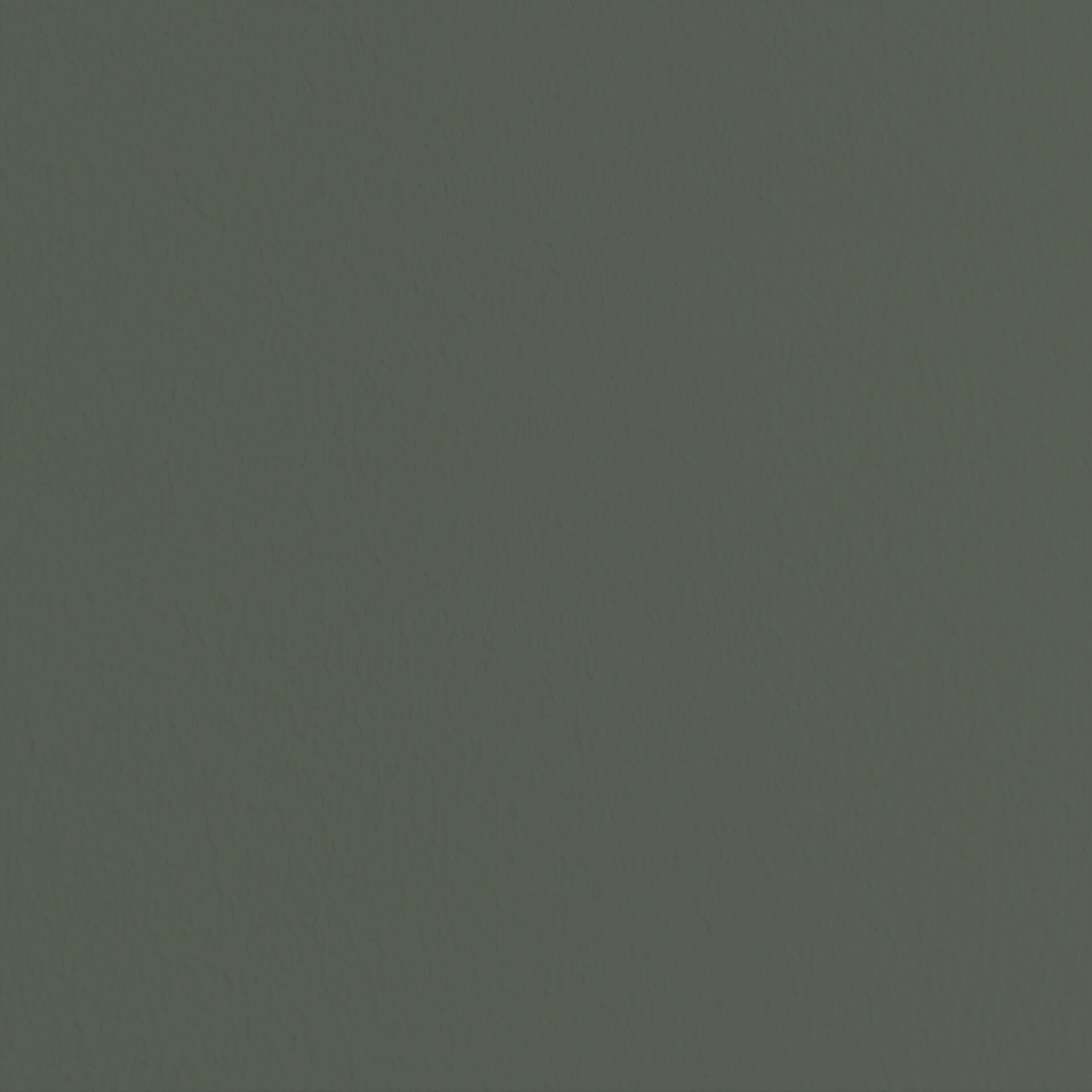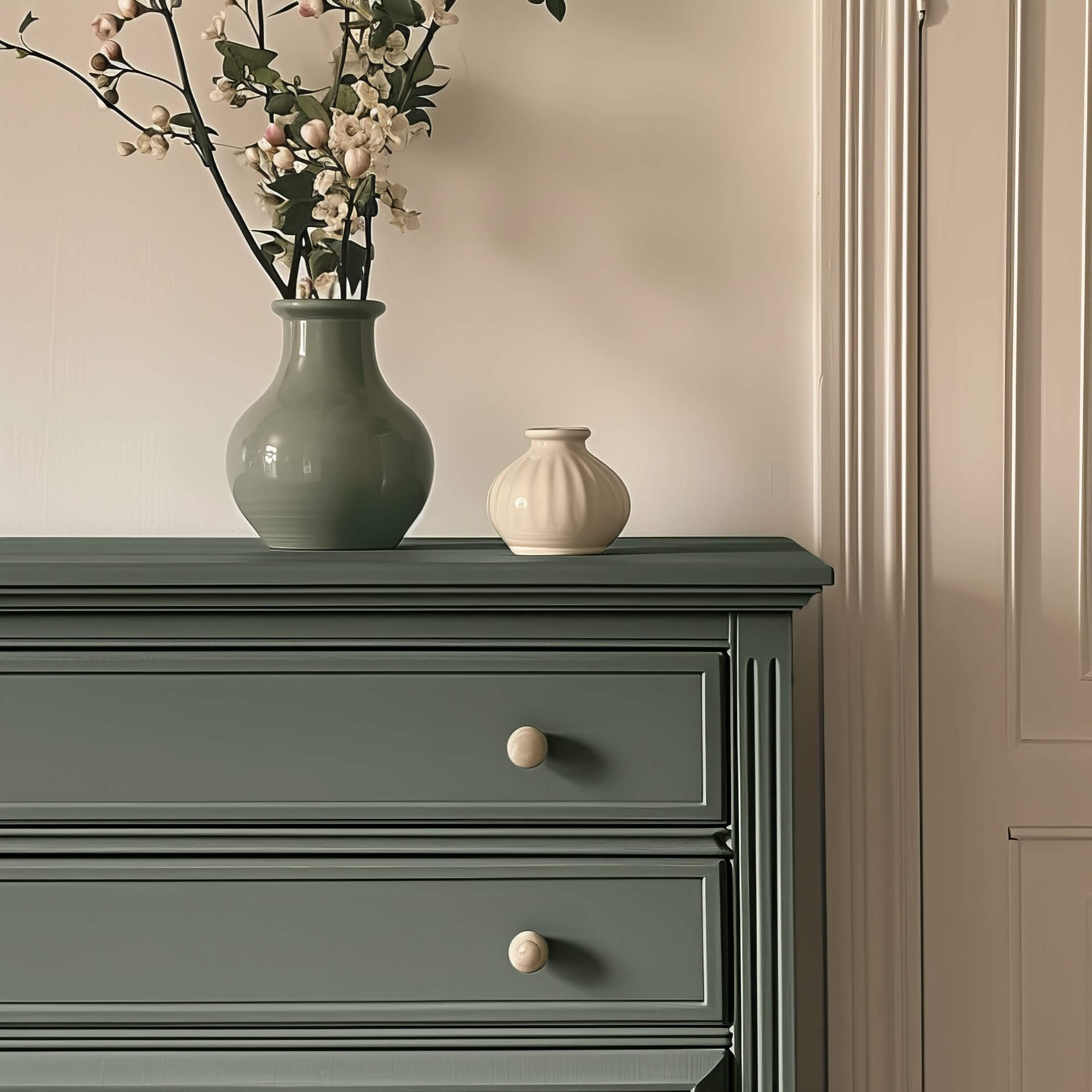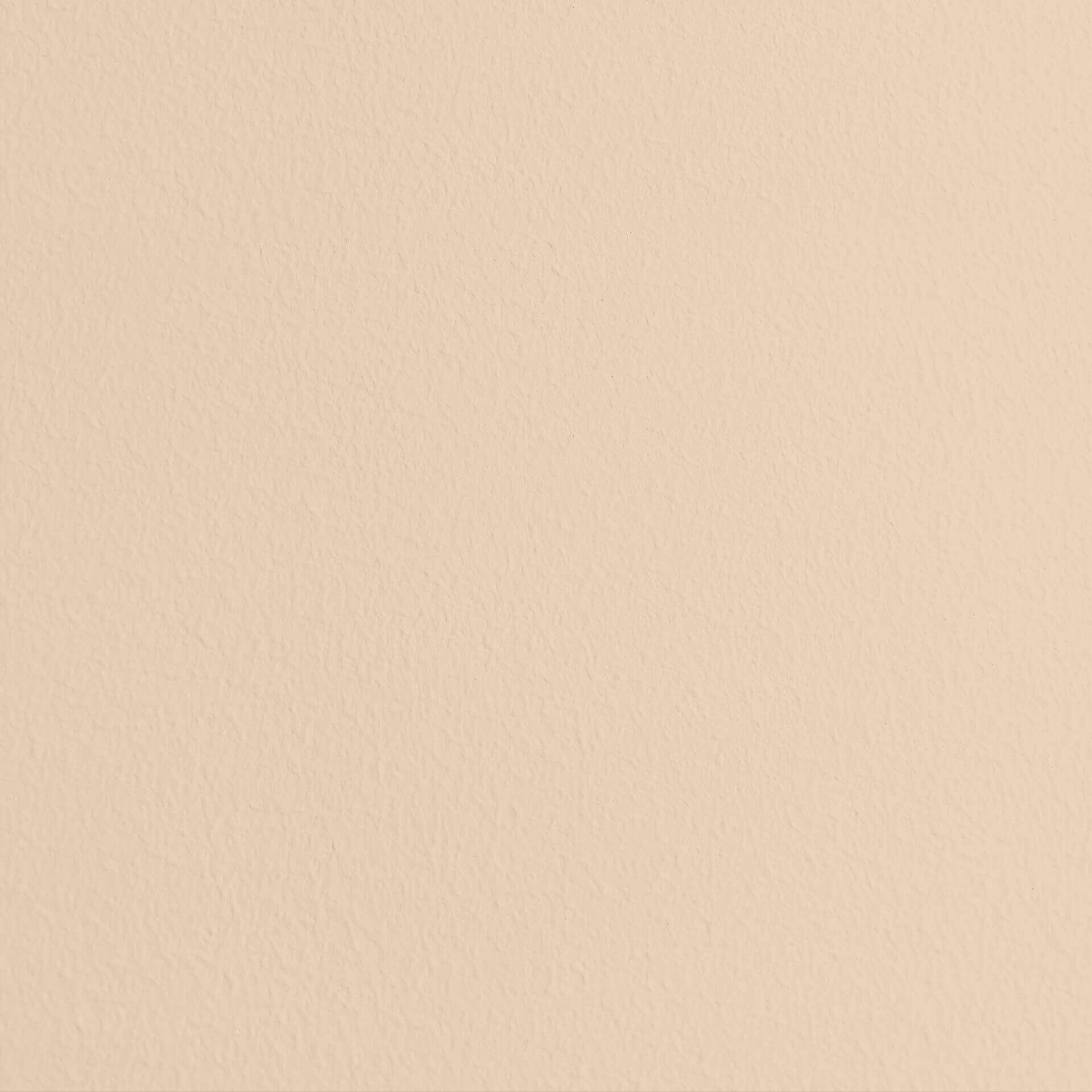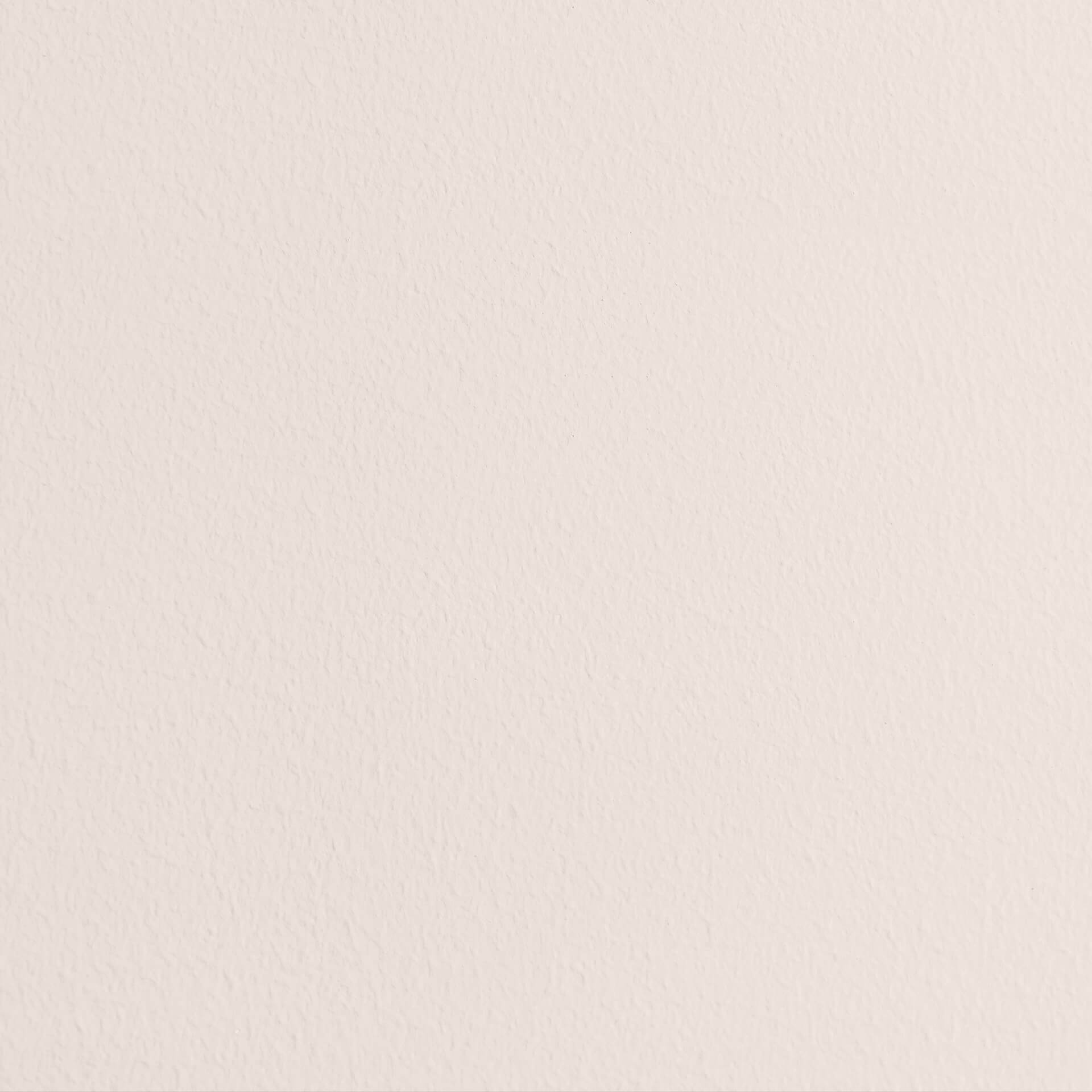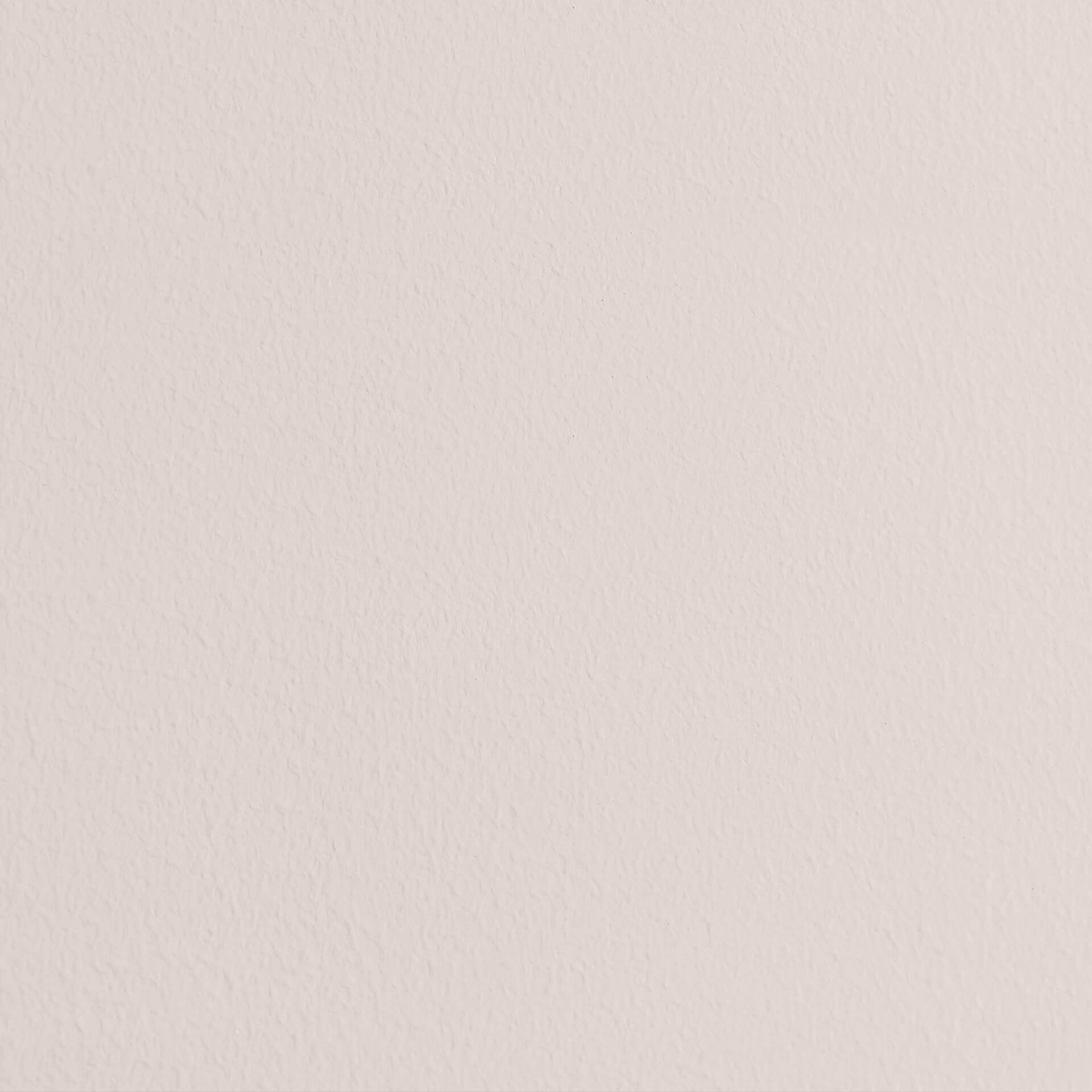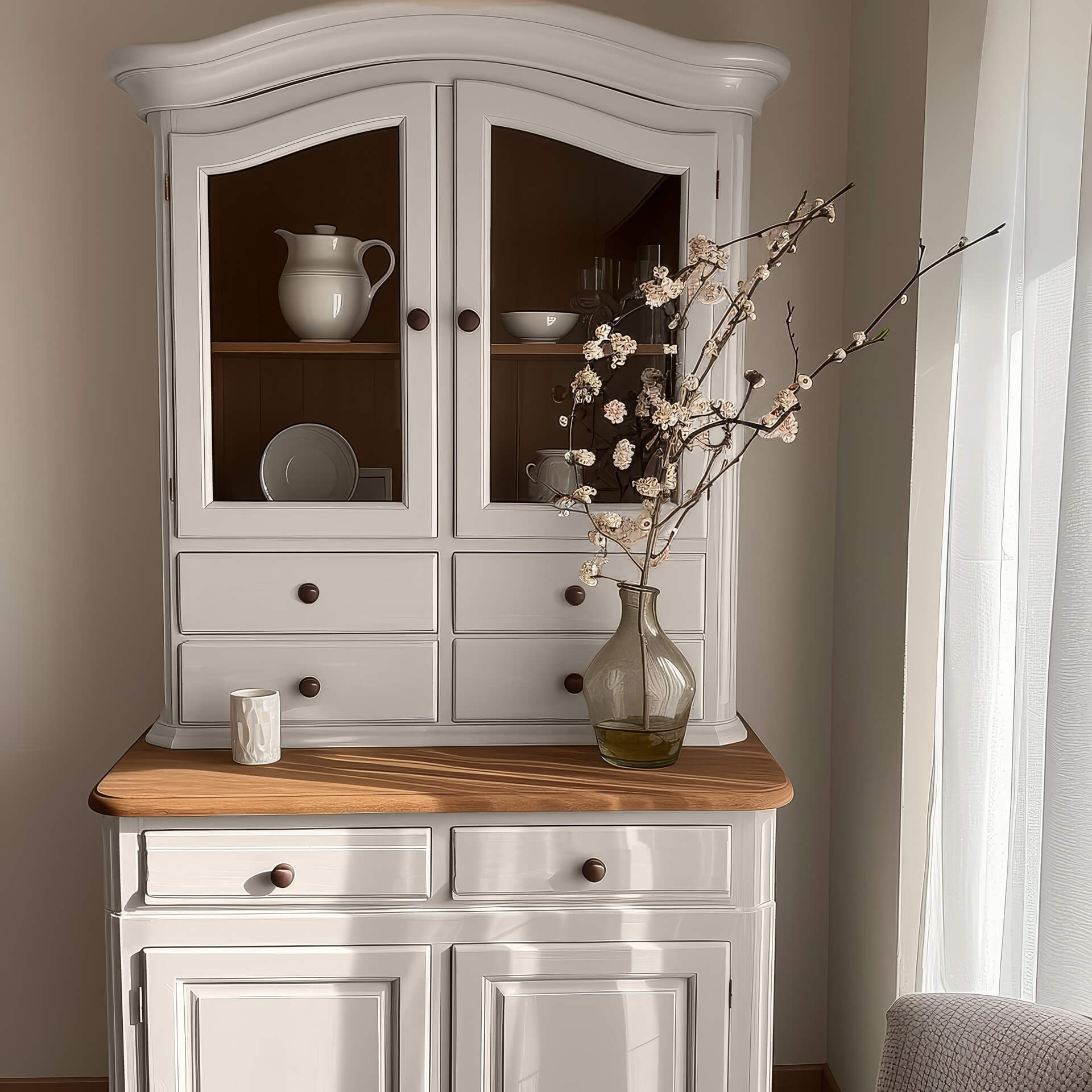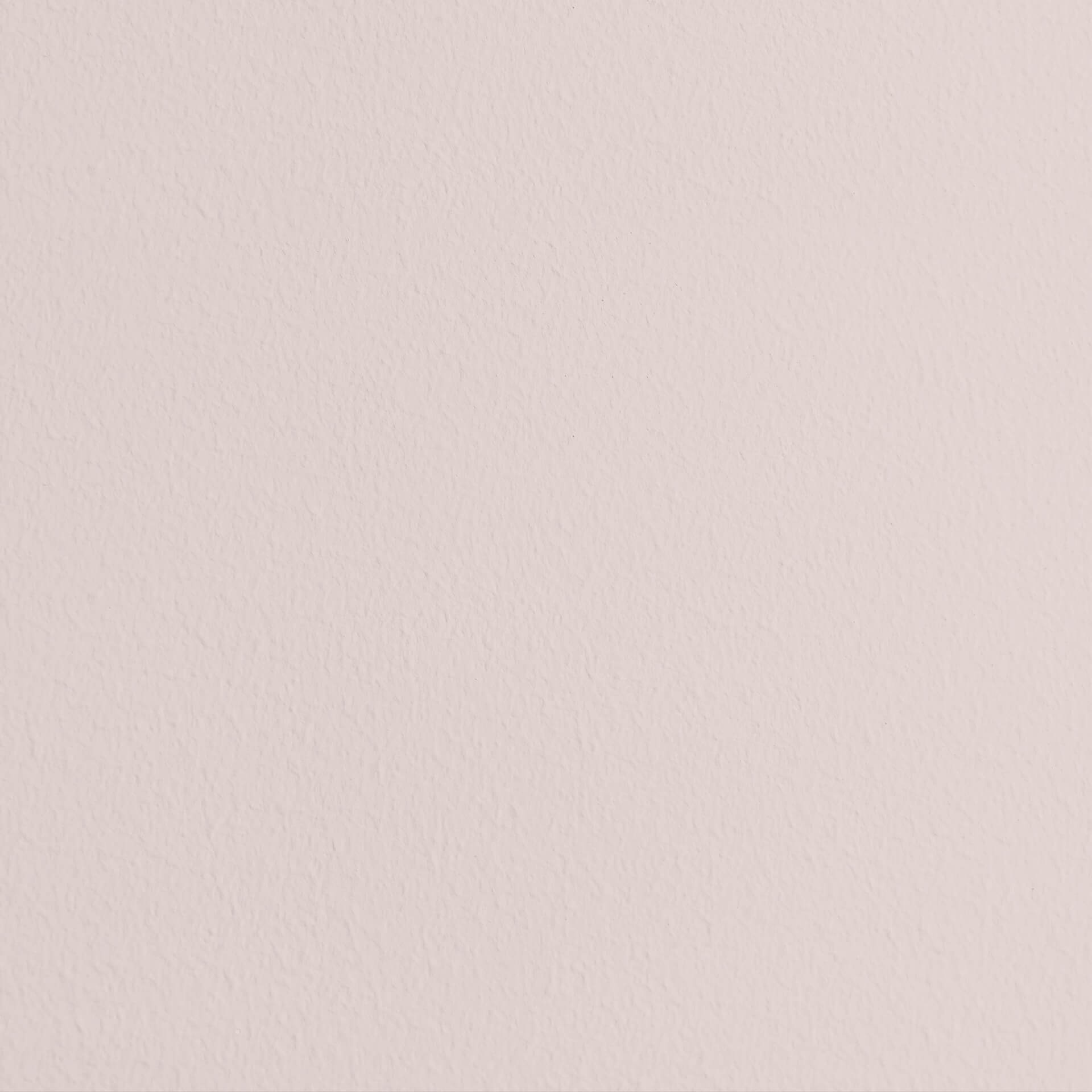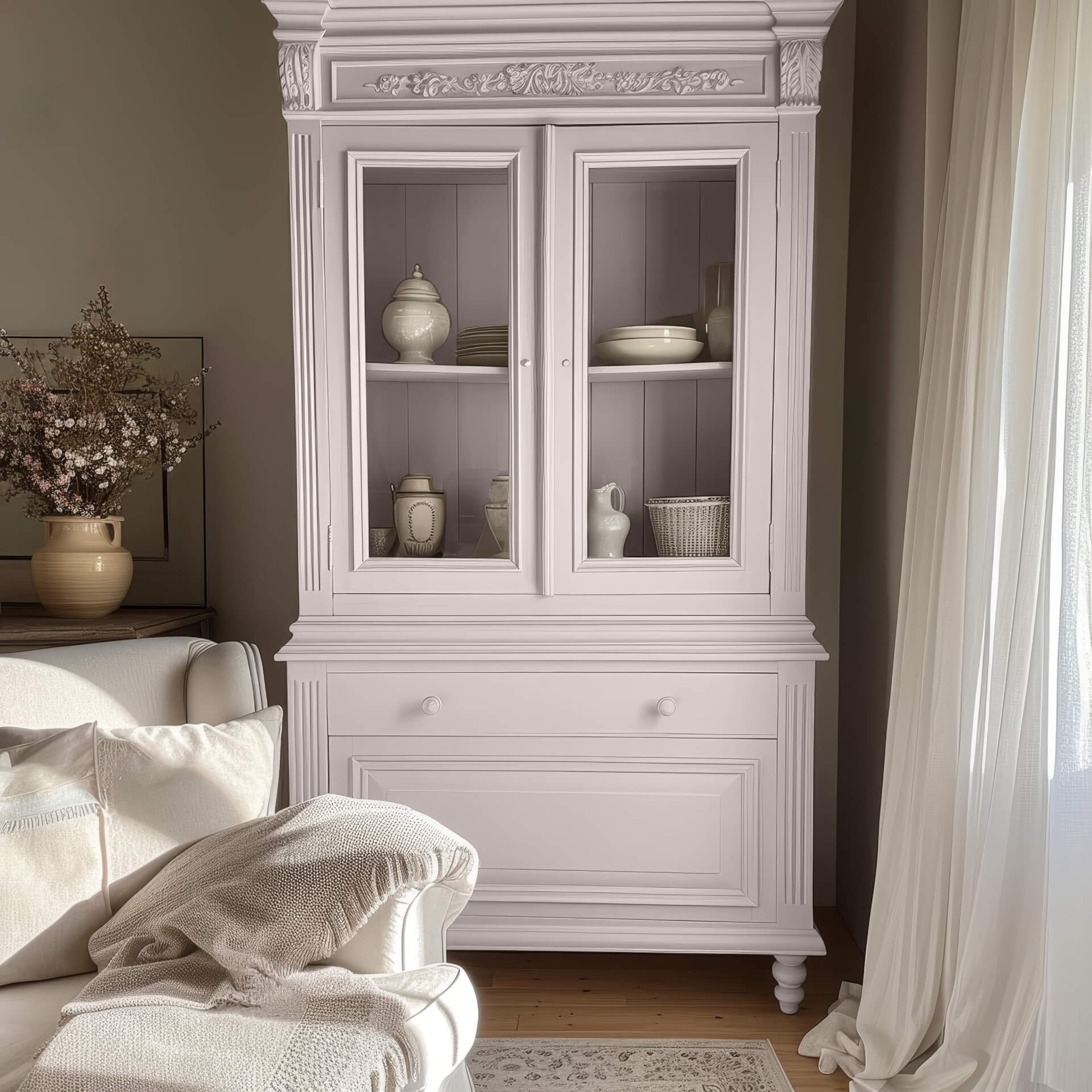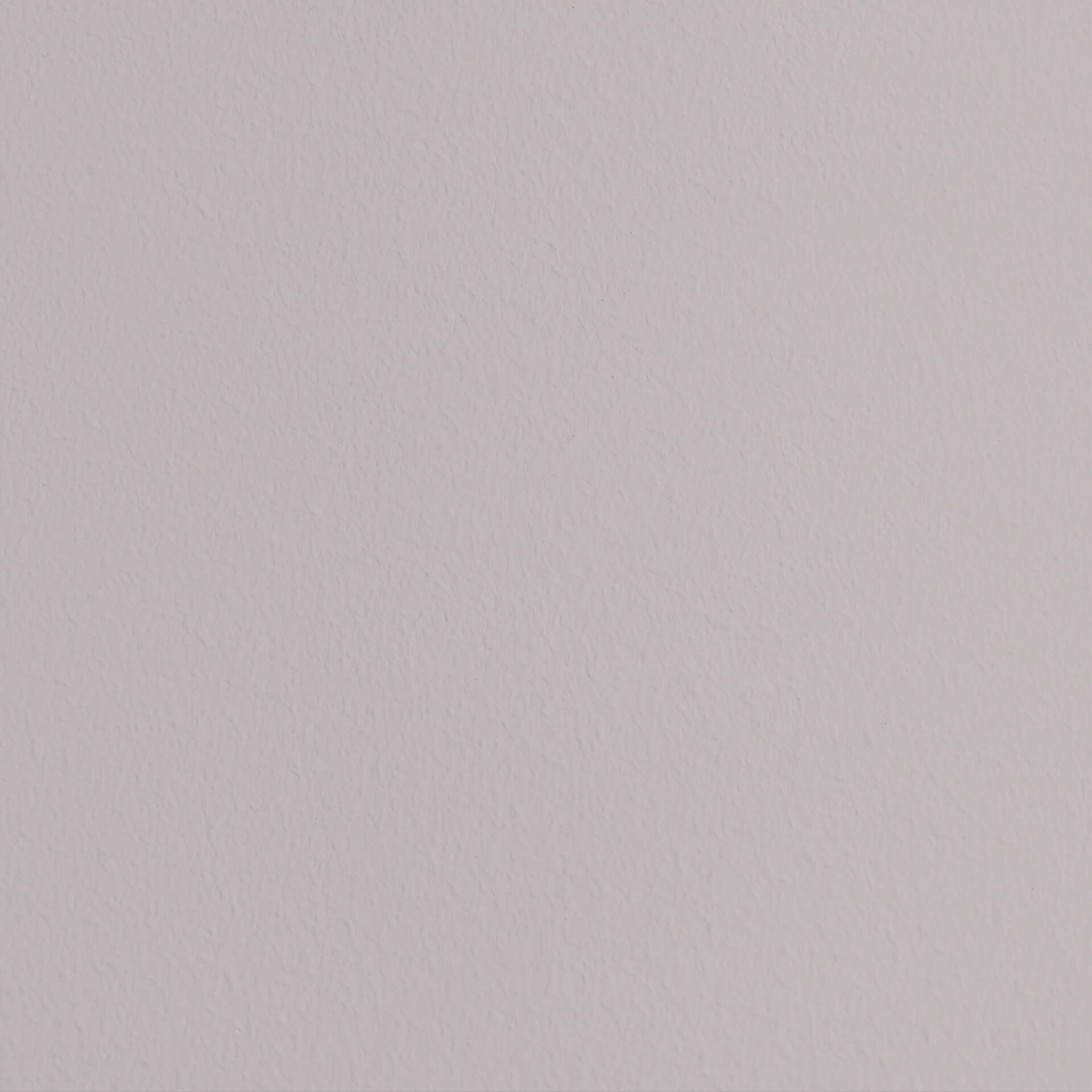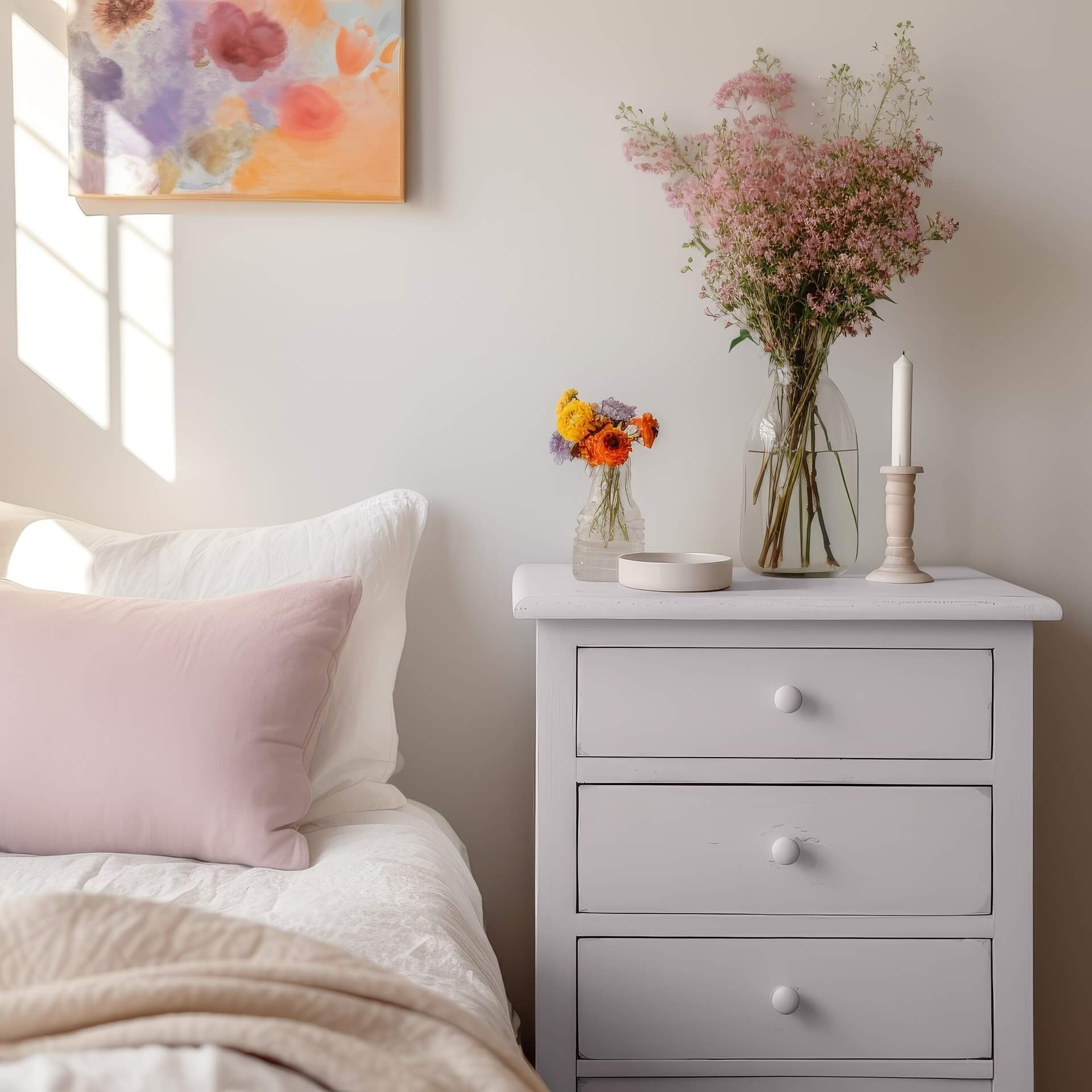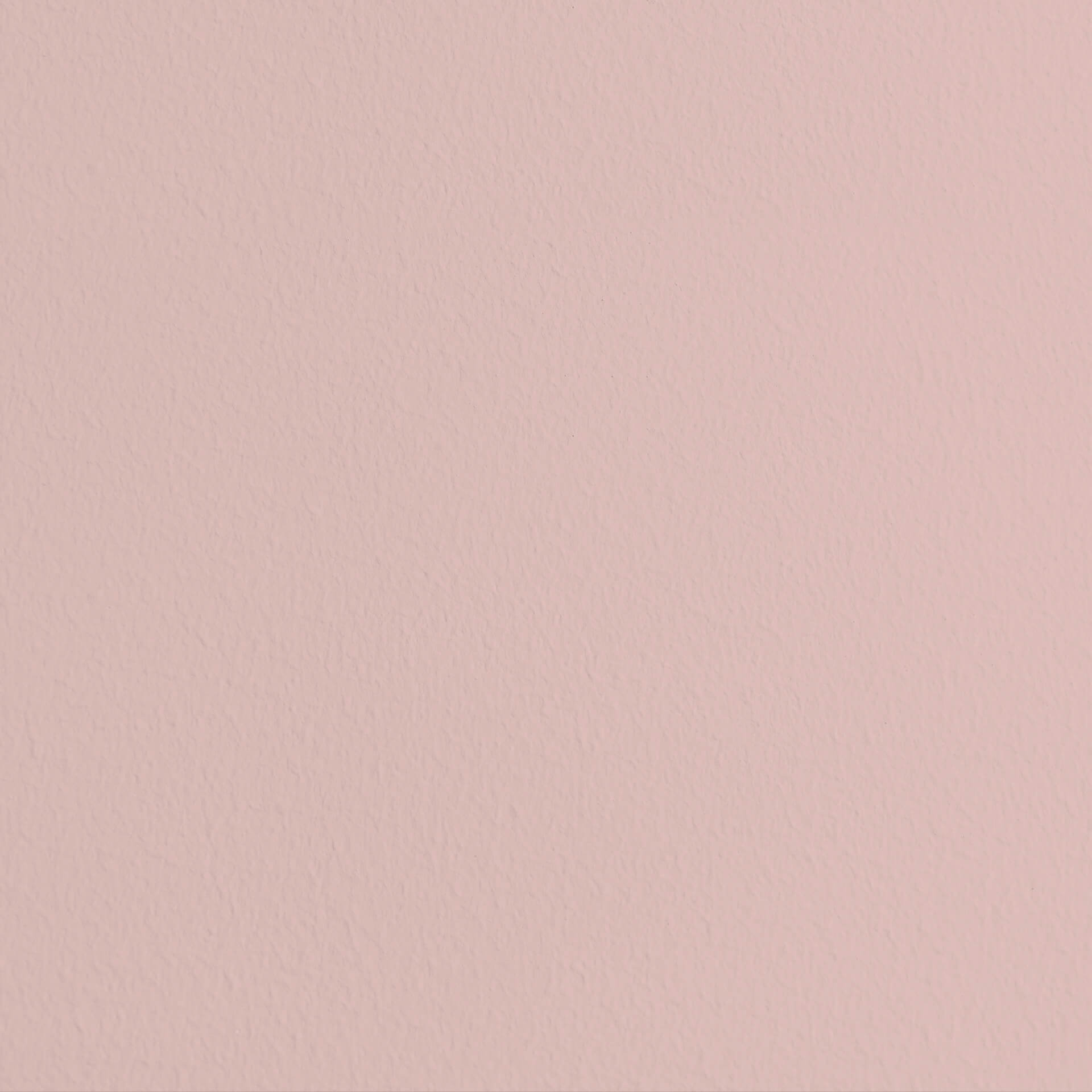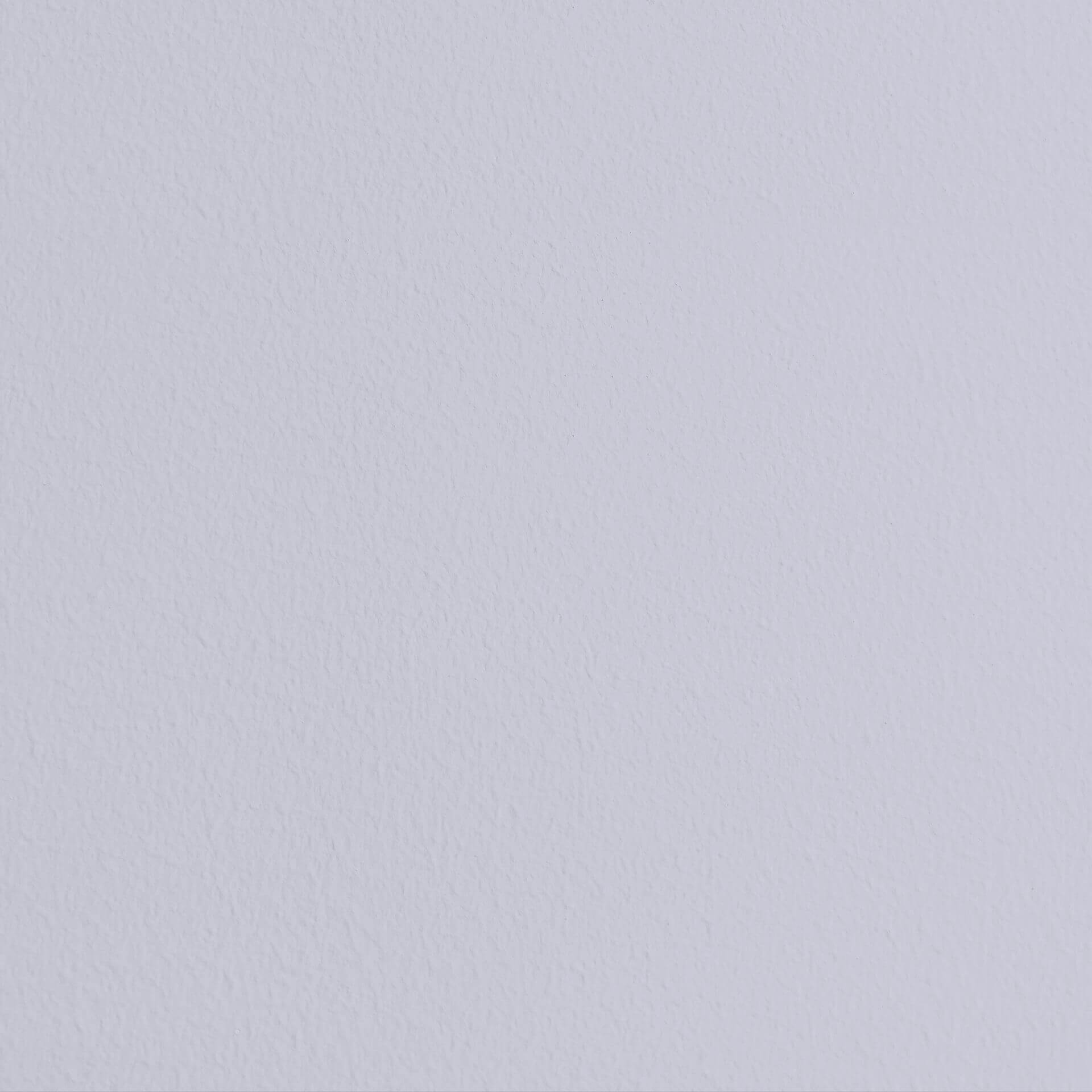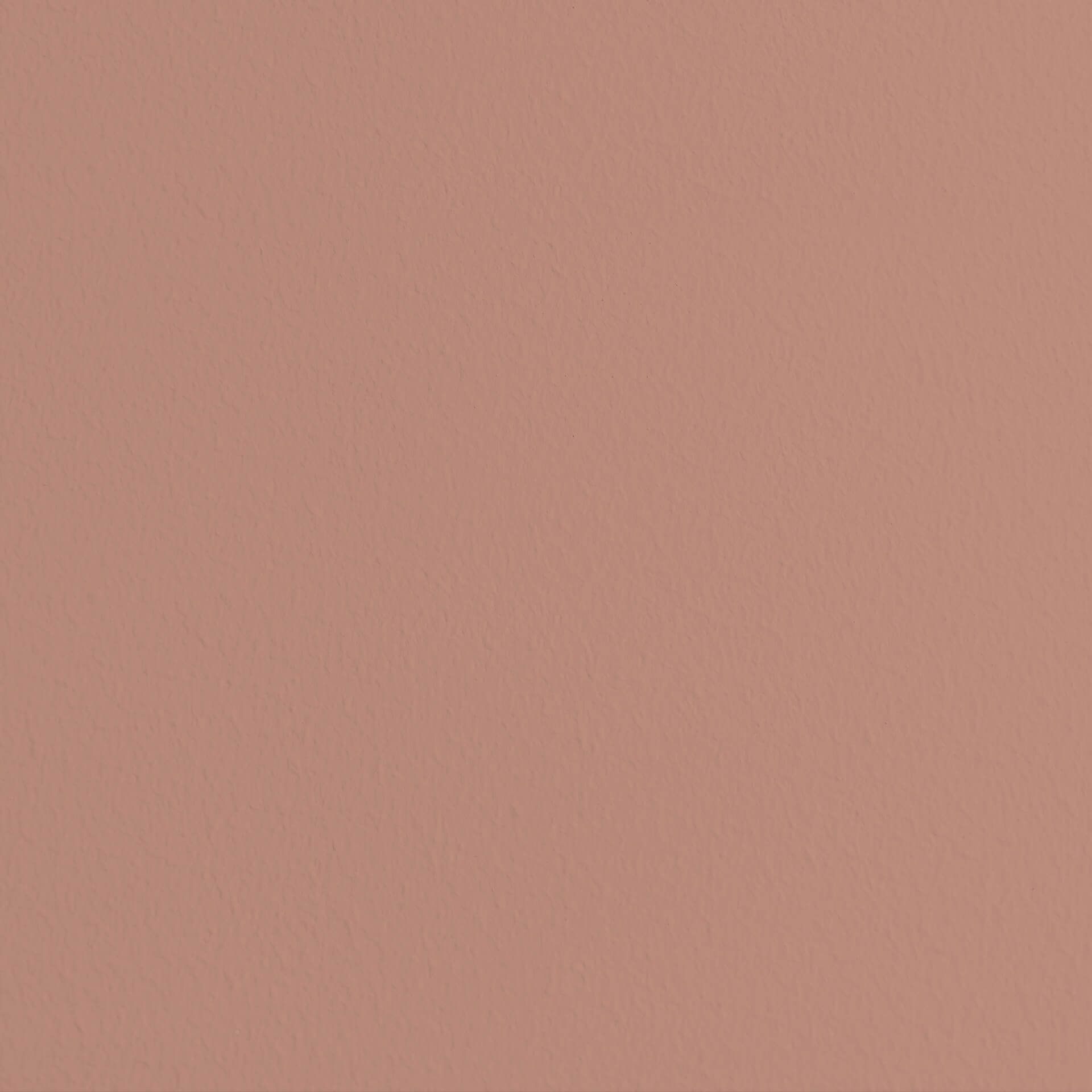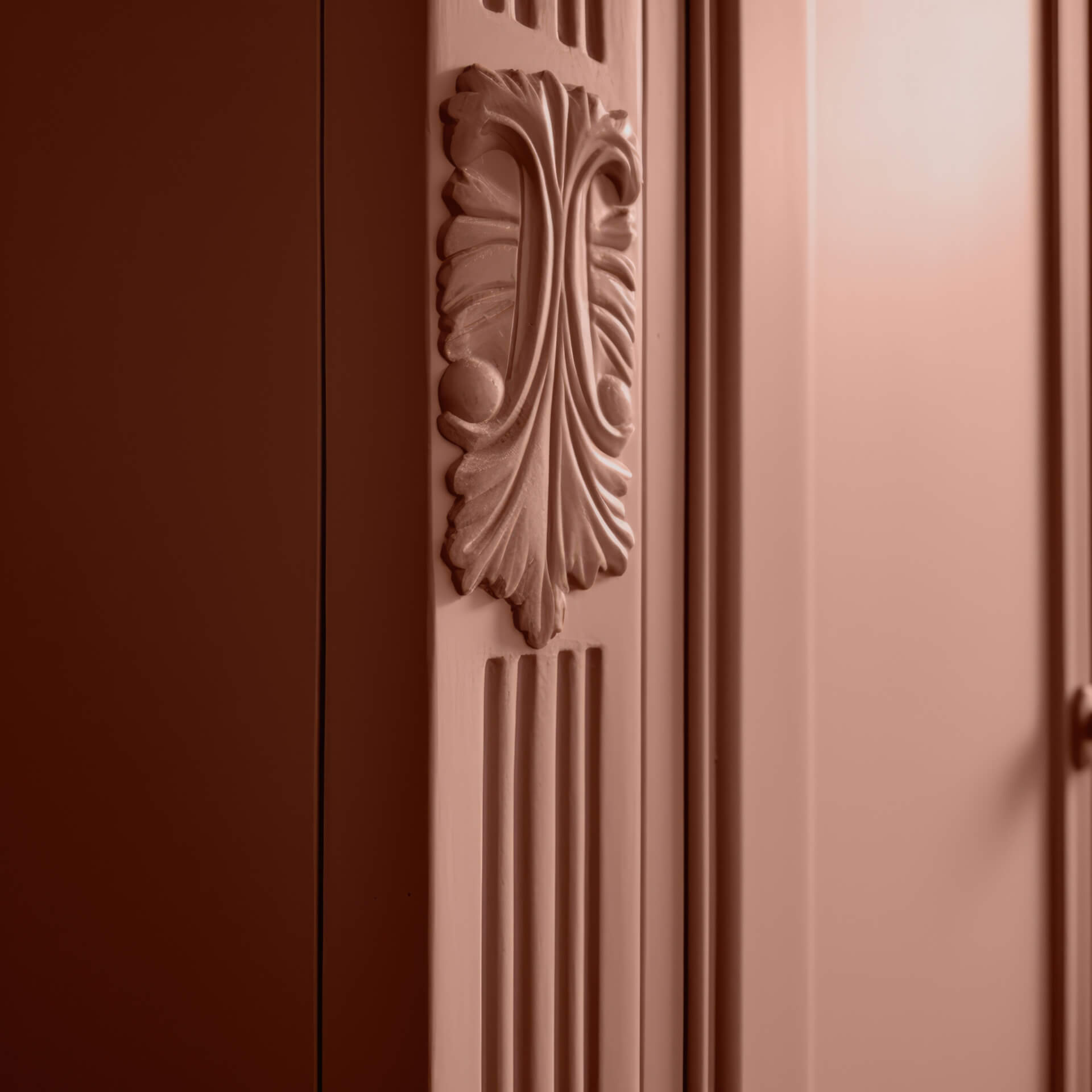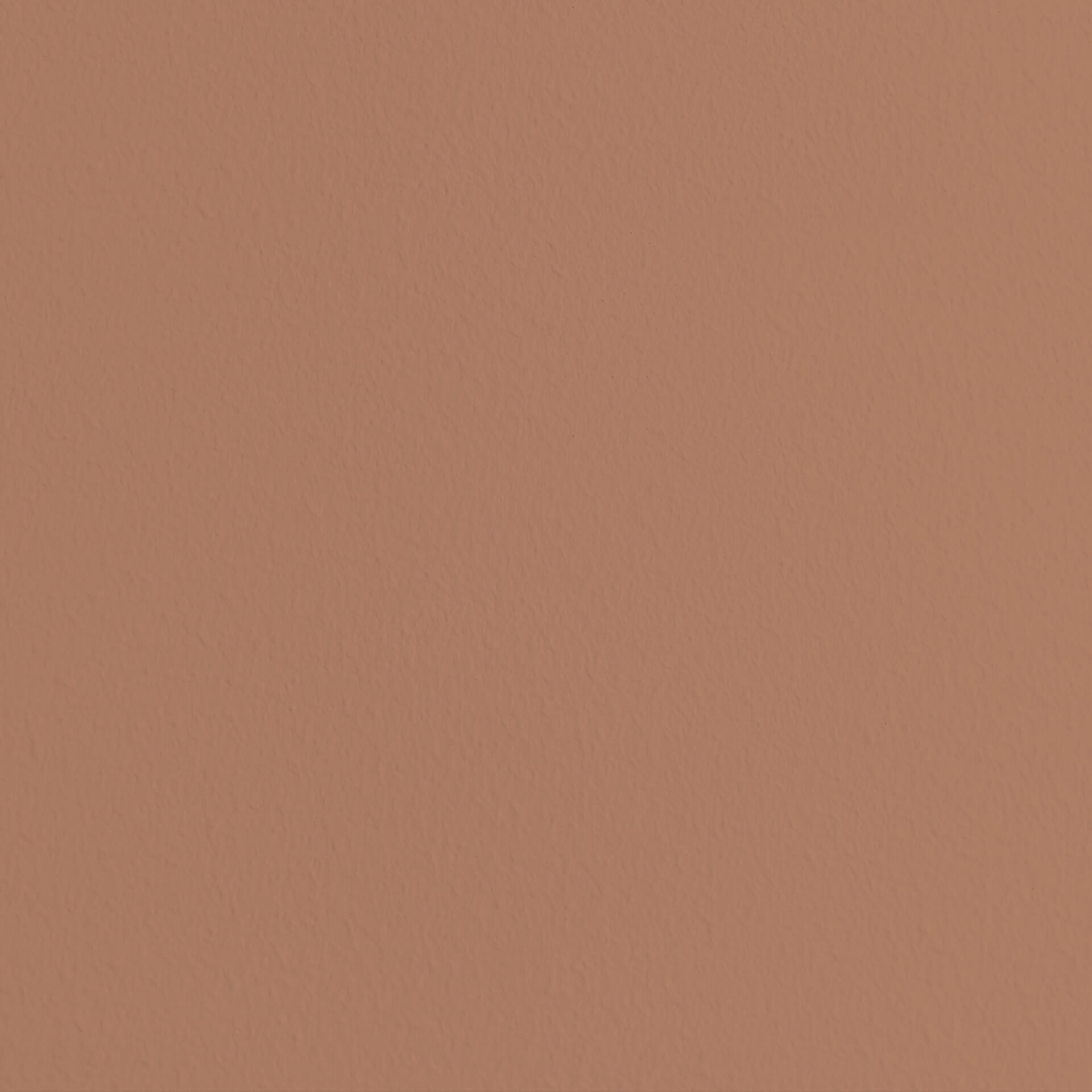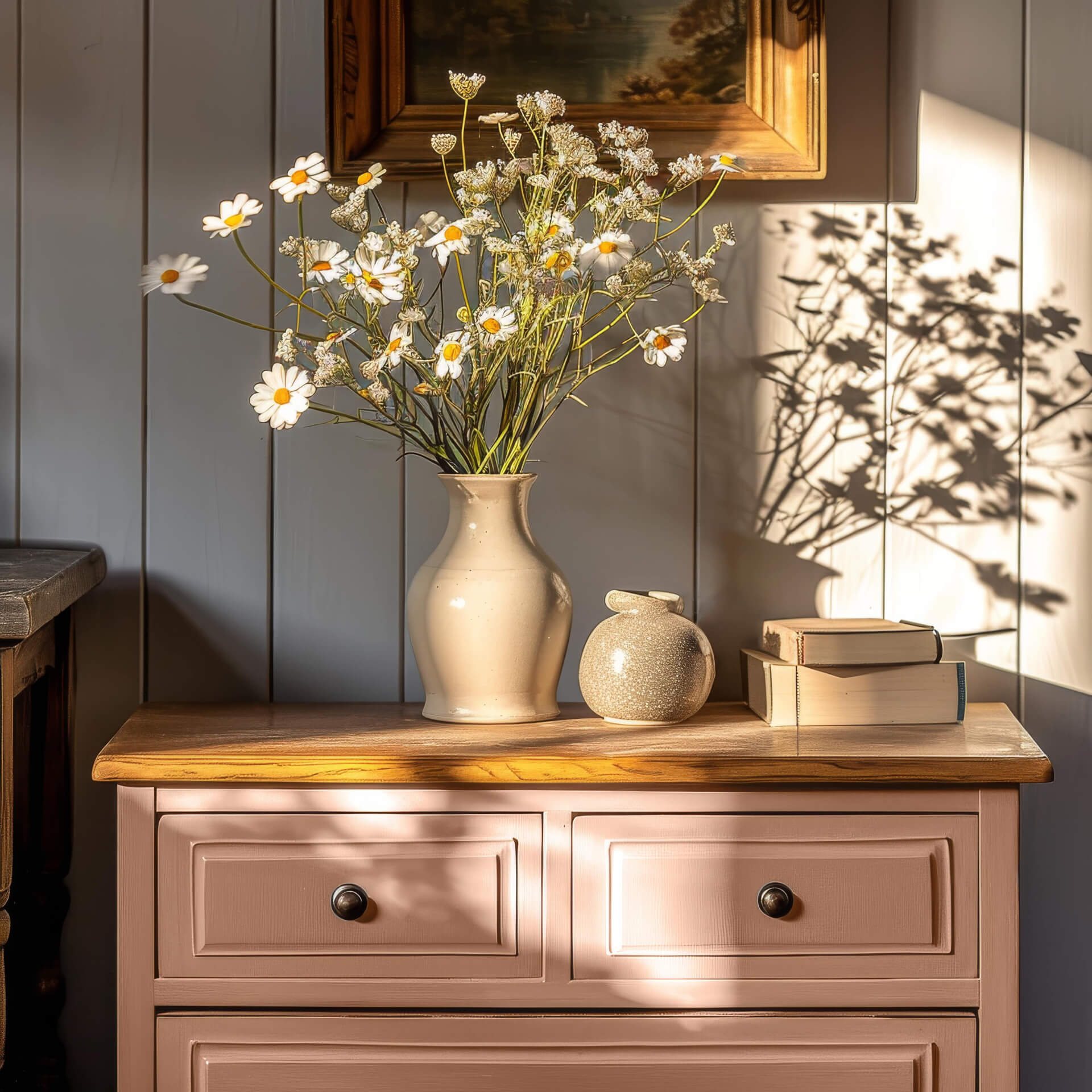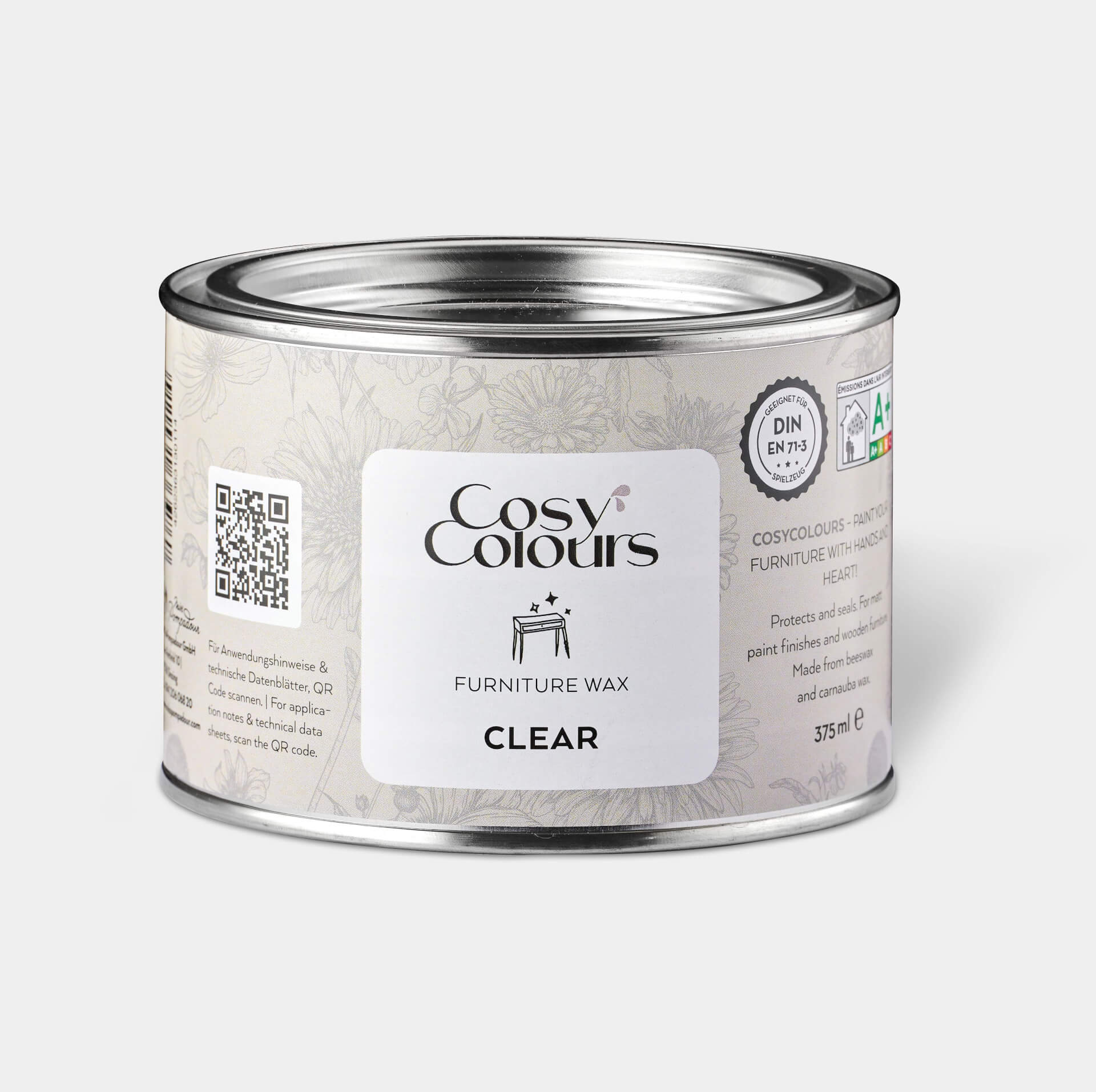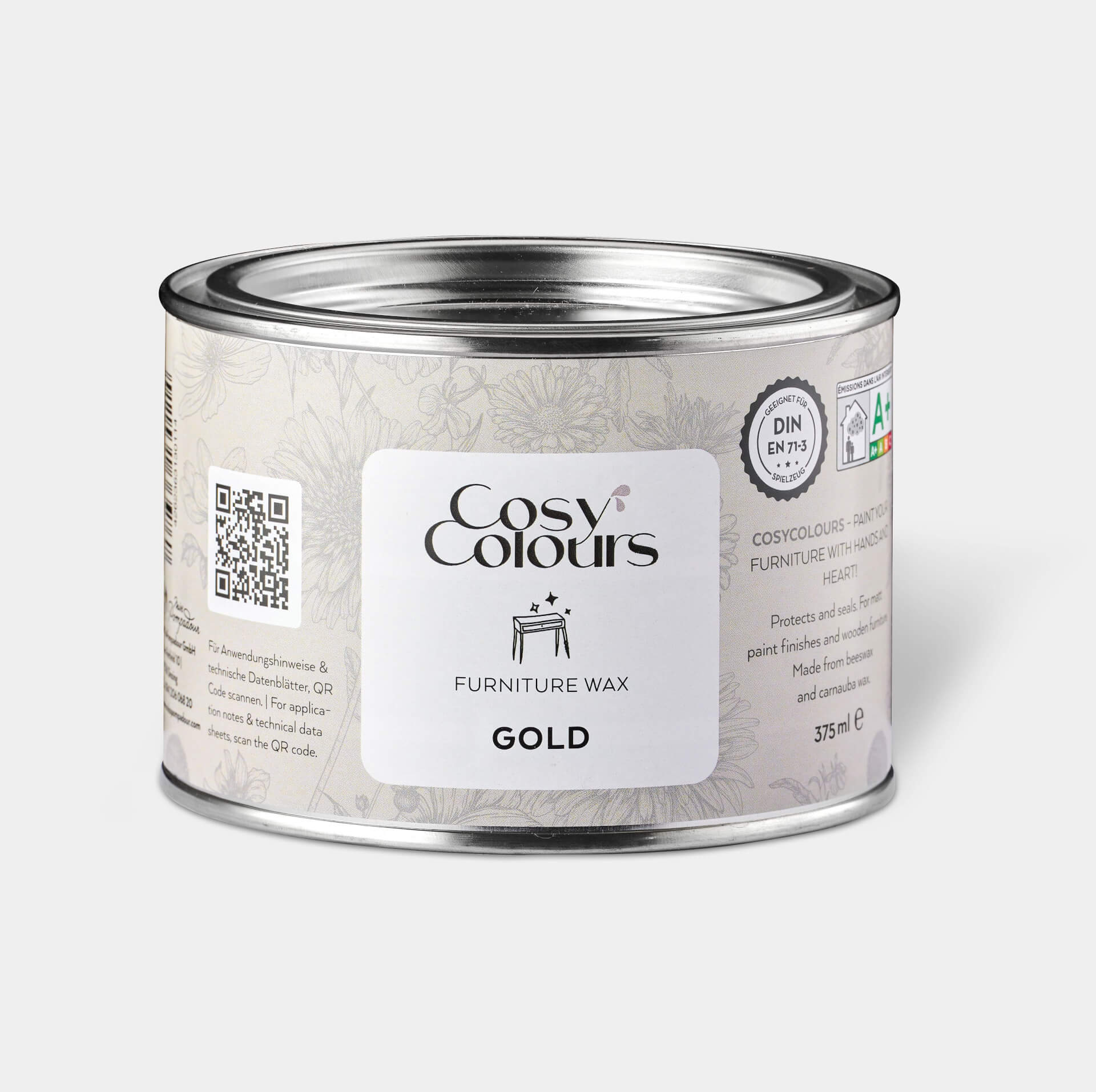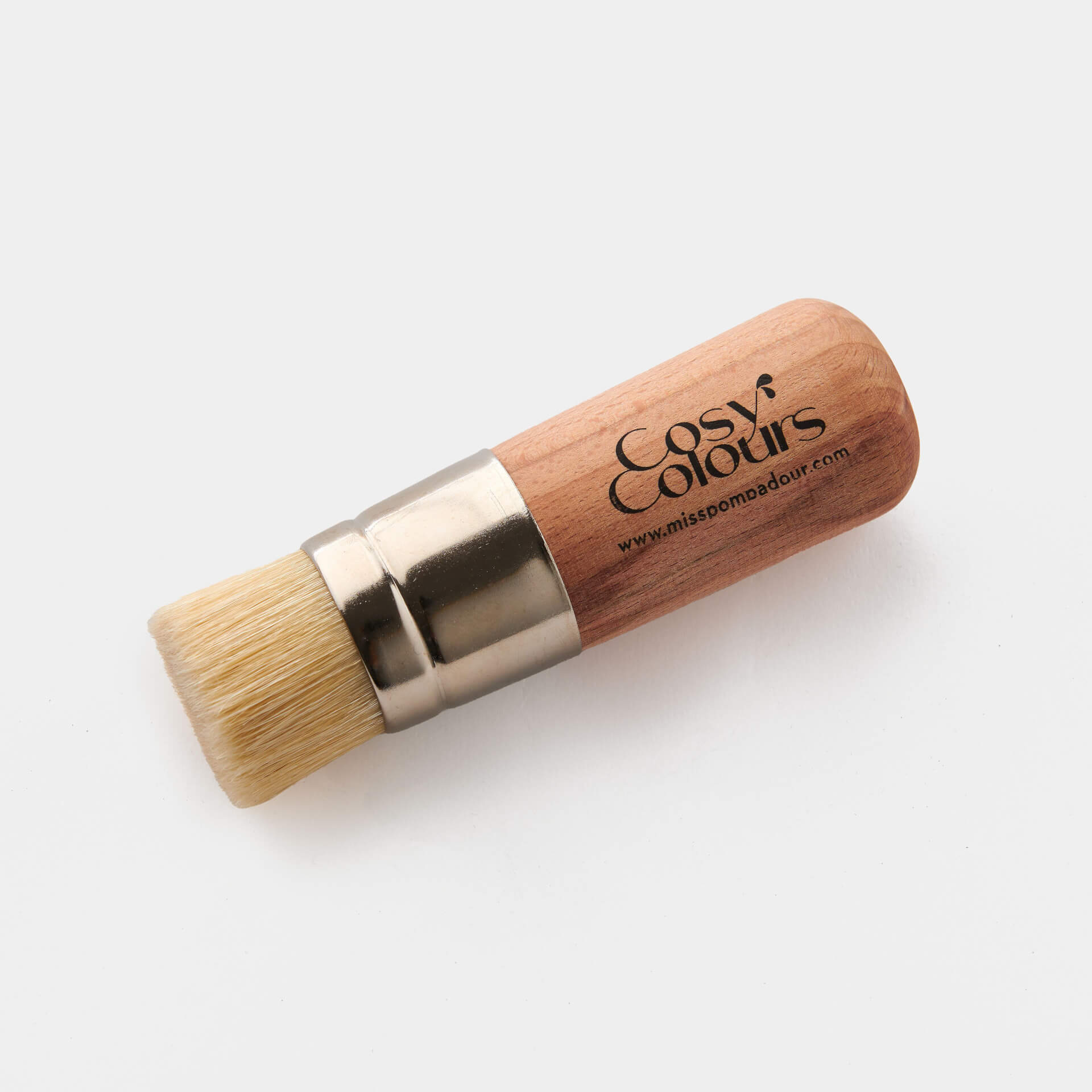

What can I paint with chalk paint?
Chalk paints are basically available in 2 versions: One is as a paint colour for working on wooden surfaces, for example furniture or doors. Metal or plastic furniture can also be finished with chalk varnishes. Chalk varnishes seal the surfaces of painted objects with a thin layer of colour.
And then there is chalk paint as wall paint. It is mainly used for wall decoration. Wall chalk paints do not close the pores of a surface, but allow the walls to breathe. All chalk paints and varnishes from MissPompadour are vegan, water-soluble, low-odour and harmless to health
MissPompadour offers 2 chalk varnish qualities: The over 30 sophisticated chalk varnishes of the CosyColours collection and the 15 delicate colour shades of the LittlePomp collection, which were specially developed for children. You can also find the colours from the LittlePomp collection at MissPompadour as matching chalk paints for your walls.
What is chalk varnish?
Chalk varnish is a water-soluble, high-quality varnish to which chalk is added to give it its incomparable appearance. It is particularly environmentally friendly. With chalk varnishesn, furniture made of wood or metal, as well as glass or plastic surfaces, are sealed and protected with a thin layer of colour. They create a chalky, matt surface that looks elegant and high-quality and is particularly suitable for the shabby chic and vintage look.
The difference between chalk varnishes and chalk paints
Chalk paint is the umbrella term for all colours that are based on chalk. Chalk paints include chalk varnishes and chalk wall paint. Chalk wall paints are wall paints with chalk content. These are water-based, contain little to no solvents and are VOC-free. They are therefore best applied to porous surfaces such as plaster or exposed wood - they are not as durable as chalk varnishes on smooth surfaces.
Chalk varnishes, on the other hand, have a higher binder content, which makes them more stable. They bond more strongly with the surface and can therefore also be applied to smooth surfaces. This is the main reason why you can apply chalk varnishes to practically any surface.
3 good reasons for chalk varnishes
Firstly, there is an aesthetic reason to use chalk varnishes. A surface finished with chalk varnishes is immediately recognisable by its very special look. The chalk brings out all the colours in a very special way, as they reflect the light on the surface in a very special way. Chalk varnish creates a matt, very elegant finish with a slightly rustic touch. This is why chalk varnish is also particularly suitable for designing furniture with a vintage look. The velvety matt effect of chalk varnish embellishes the surface of any piece of furniture, whether it's a handmade chest of drawers or an IKEA shelf. From stone to wood, paper, plastic, metal, even fabric and tiles with little wear and tear, any material can be treated with chalk varnish.
Another reason to use chalk varnish is its environmental friendliness and sustainability. The chalk varnish has virtually no perceptible odour even during processing, as it is water-based and requires almost no solvents. The VOC value, i.e. the value of volatile compounds that a varnish releases into the environment even after painting, is extremely low. The paints are officially VOC free. These are things that benefit your health. In addition, chalk varnishes are hard-wearing, impact and abrasion resistant. This means that a coat of chalk varnish has a very long lifespan, which also speaks in favour of the sustainability of the paint.
Last but not least, chalk varnishes are easy and safe to apply with both a brush and a paint roller, even for "painting beginners". The paint does not drip or splatter, dries quickly and already covers perfectly with the second coat. So you can easily realise all your creative ideas.
You can order these matte chalk varnishes from MissPompadour
You can find 2 different chalk varnishes at MissPompadour. In the CosyColours chalk varnish collection you will find over 30 selected colour shades. The delicate, mostly pastel colour shades in this collection are particularly effective thanks to the mineral colour components, which are applied gently to the surfaces. They are suitable for painting furniture, but also for larger projects, for example as a tile paint for wall tiles that are not subject to much wear. If you have leftover paint, you can of course also use it to embellish decorative elements. The soft, elegant colour shades are particularly suitable for a classic country house style. However, these chalk varnishes can also be used to create a shabby chic colour scheme or an industrial-style ambience.
15 different chalk colours can be found in the LittlePomp collection. They were developed by child psychologists, but also impress adults with their soft pastel colours. You can use them to create absolutely stable, impact- and abrasion-resistant surfaces on all furniture - whether in the children's room or in other rooms. Even children's toys can be painted with LittlePomp, as the colours are saliva-proof. All LittlePomp colour shades are also available as chalk-based wall paints, so that interesting tone-on-tone solutions are possible.
If you are looking for matt varnish but would like an even greater choice of colours for your project, take a look at our MissPompadour Just paint collection of stable, matt varnishes. They are called Matt Varnish and are available in over 90 different colours. You can also use them to create velvety-soft surfaces
How do I choose the right colour?
The best way is to order the colour cardn. The colour cardn of the LittlePomp varnishes are hand-painted so that you can also feel the special feel of the chalk. You have the opportunity to compare the cards at home in any light. If you are still not sure, our competent and extremely friendly customer service will be happy to help you. They are available almost around the clock by phone, WhatsApp and email.
How do I apply the varnish?
First comes the pre-treatment: Before painting, you should first clean every workpiece thoroughly. We recommend using the mild and efficient cleaner MissPompadour To Clean. All dust, dirt and old Wax must be removed from the surface.
Stubborn stains are covered by the PrimerMissPompadour To Bond & Block. We also recommend a primer coat with our primer for smooth surfaces and bleeding wood.
Then apply the first coat of chalk varnish. Although the chalk varnishes have very good coverage, you should always apply two coats to achieve a perfect result.
If you would like to add extra protection to your paint, we recommend reinforcing it with To Seal. A coat of colourless wax will also protect your paint. If you love shabby chic, you can also carefully sand the edges afterwards.
Frequently asked questions about chalk varnishes
- Why paint with chalk varnishesn? Because chalk varnishes bring out all colours in a special way and you can achieve a very special finish with chalk. What's more, chalk varnishes are particularly suitable for vintage-look finishes.
- On which surfaces do chalk varnishes hold? Chalk varnishes can be applied to any surface. From wood and metal to plastic furniture, from children's toys to interior stone window sills, chalk paints can be used on practically any project. For very smooth surfaces such as high-gloss kitchens made of plastic veneer, we recommend priming with MissPompadour To Bond & Block so that the chalk varnish can adhere better.
- Are chalk varnishes good for furniture? Of course, chalk varnishes are suitable for furniture made from a wide range of materials. Not only furniture made of wood and plastic, but also furniture made of rattan or wicker can be given a new look and an interesting finish with chalk paint in a great colour shade.
- Can I paint tiles with matt chalk varnishes? Yes, wall tiles with little wear can be painted with chalk varnishes. We recommend pre-treatment with MissPompadour To Bond & Block. MissPompadour To Seal additionally stabilises the paint layer.

